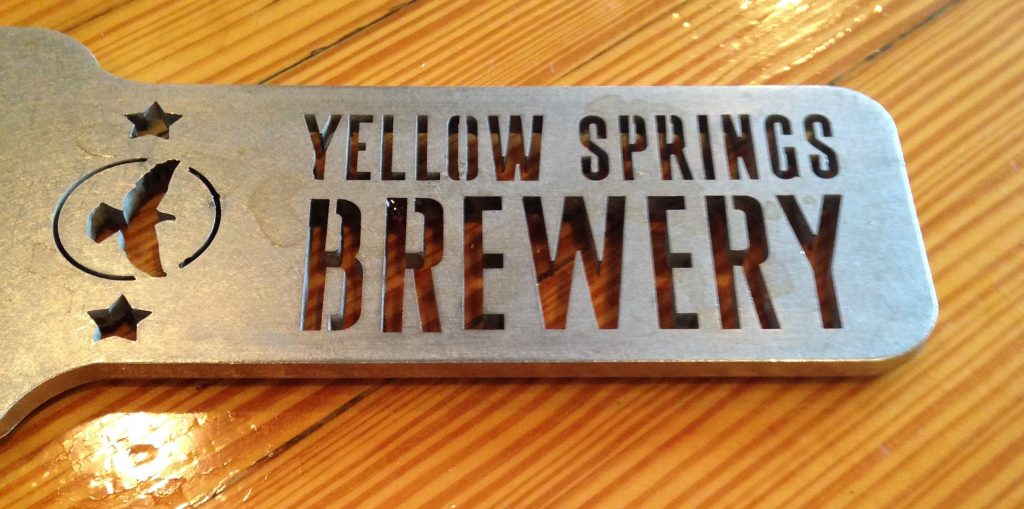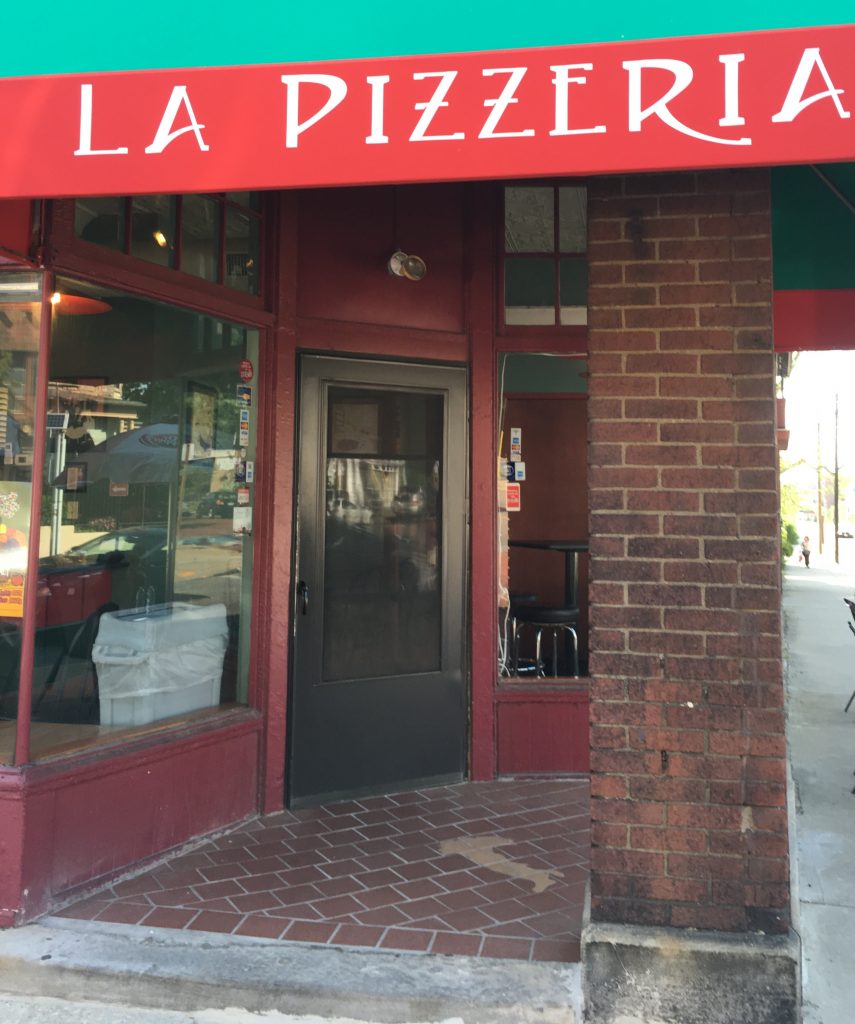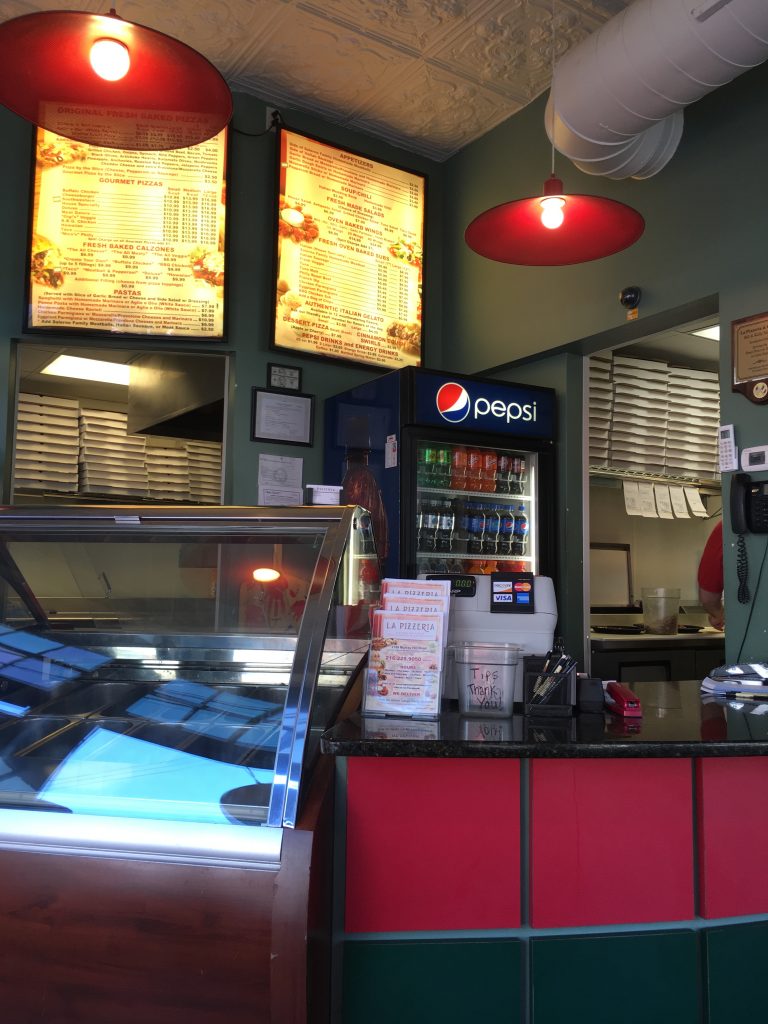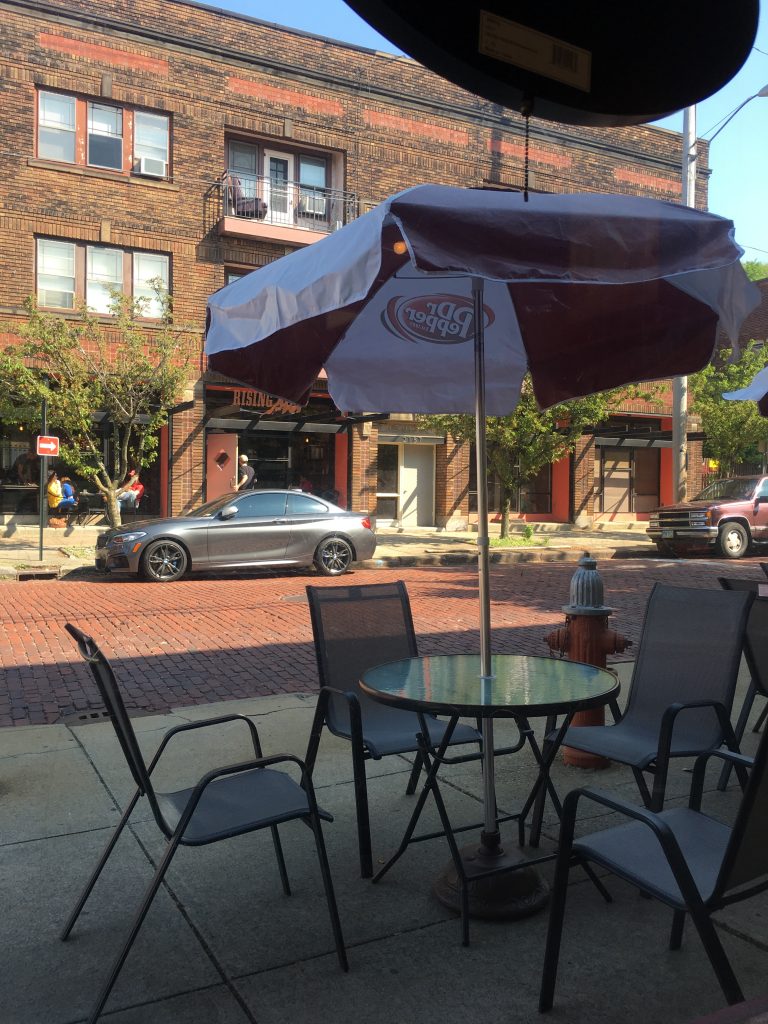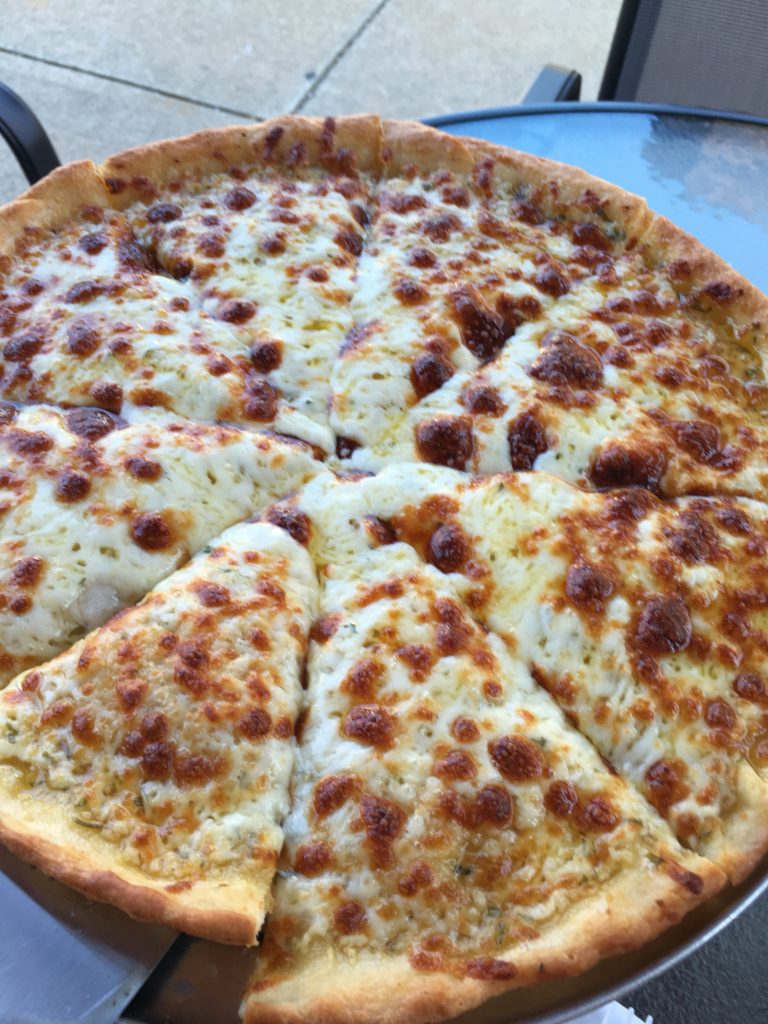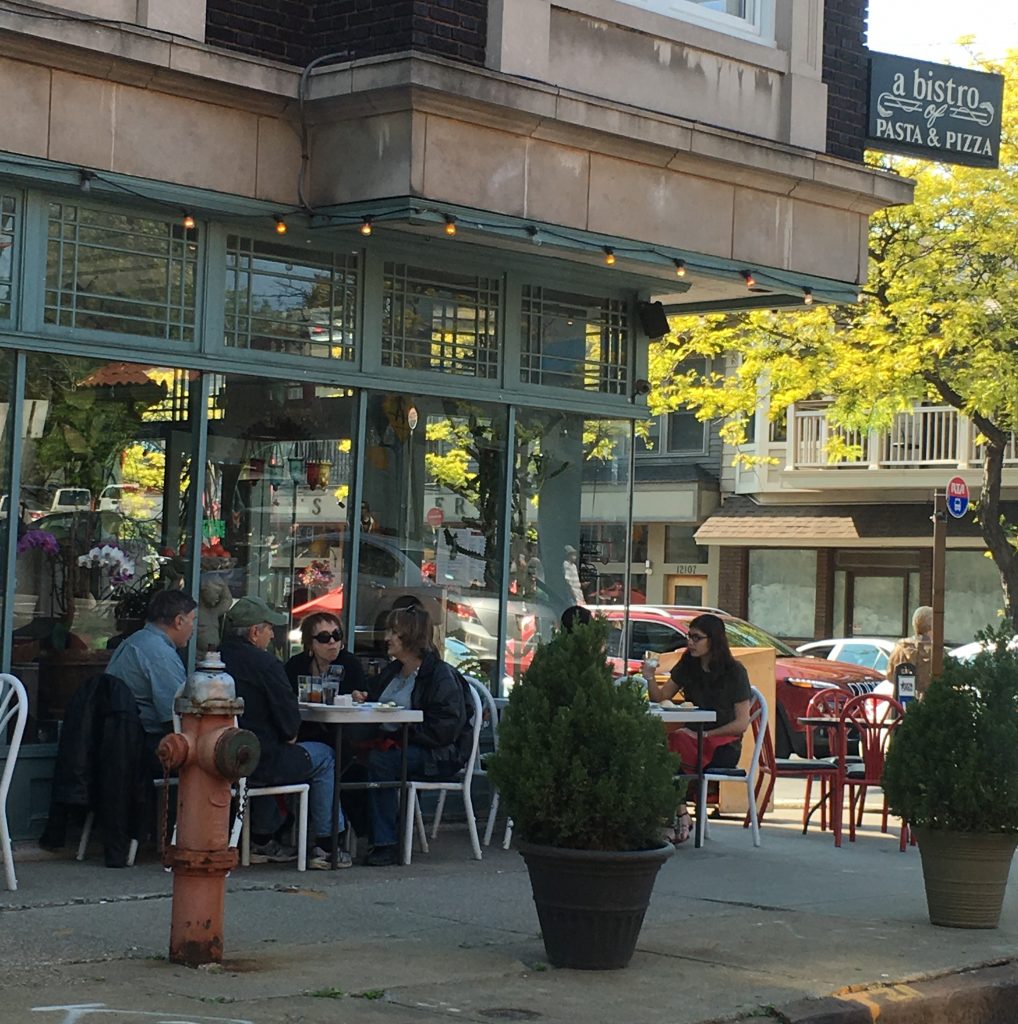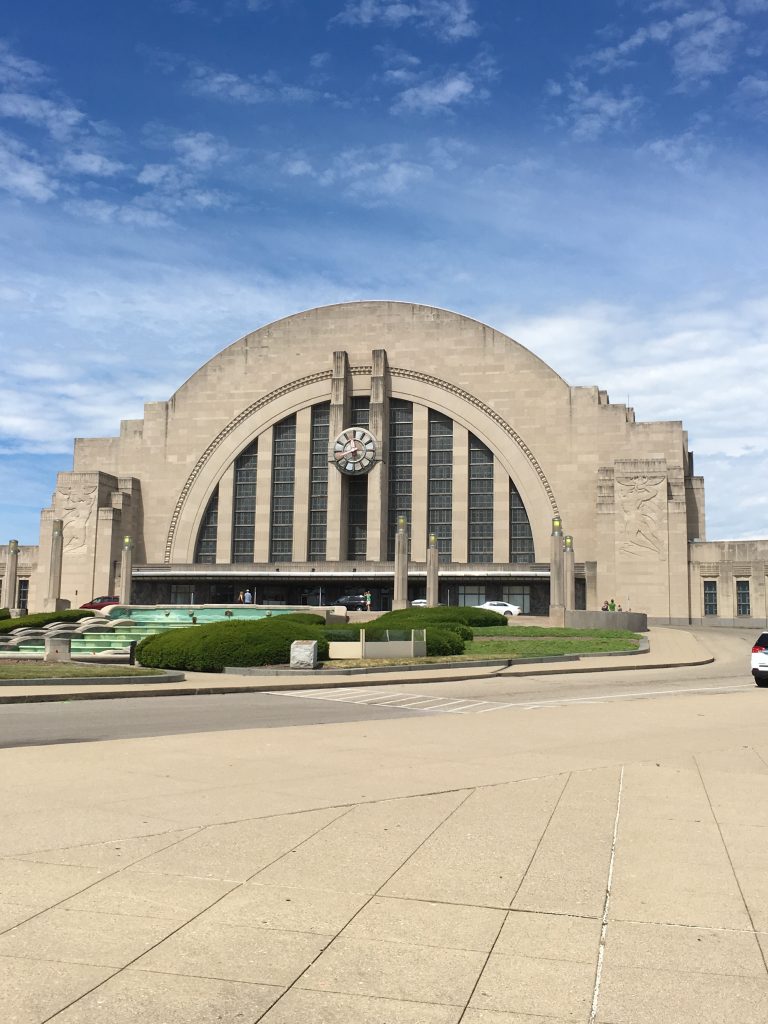
Ranked in the United States as one of the top museums for kids, the Cincinnati Museum Center was hosting a Leonardo da Vinci exhibit in July of 2016. Housed within Cincinnati’s Union Terminal, the museum is a local icon in itself. Inside, I stood in amazement at the spectacular half dome, the “largest in the western hemisphere”, the colorful murals painted at the base of the dome and breathtaking views of downtown. I had noticed an exhibit of one of the great masters of Renaissance art, Leonardo da Vinci and I decided I had to visit during this spectacular event.
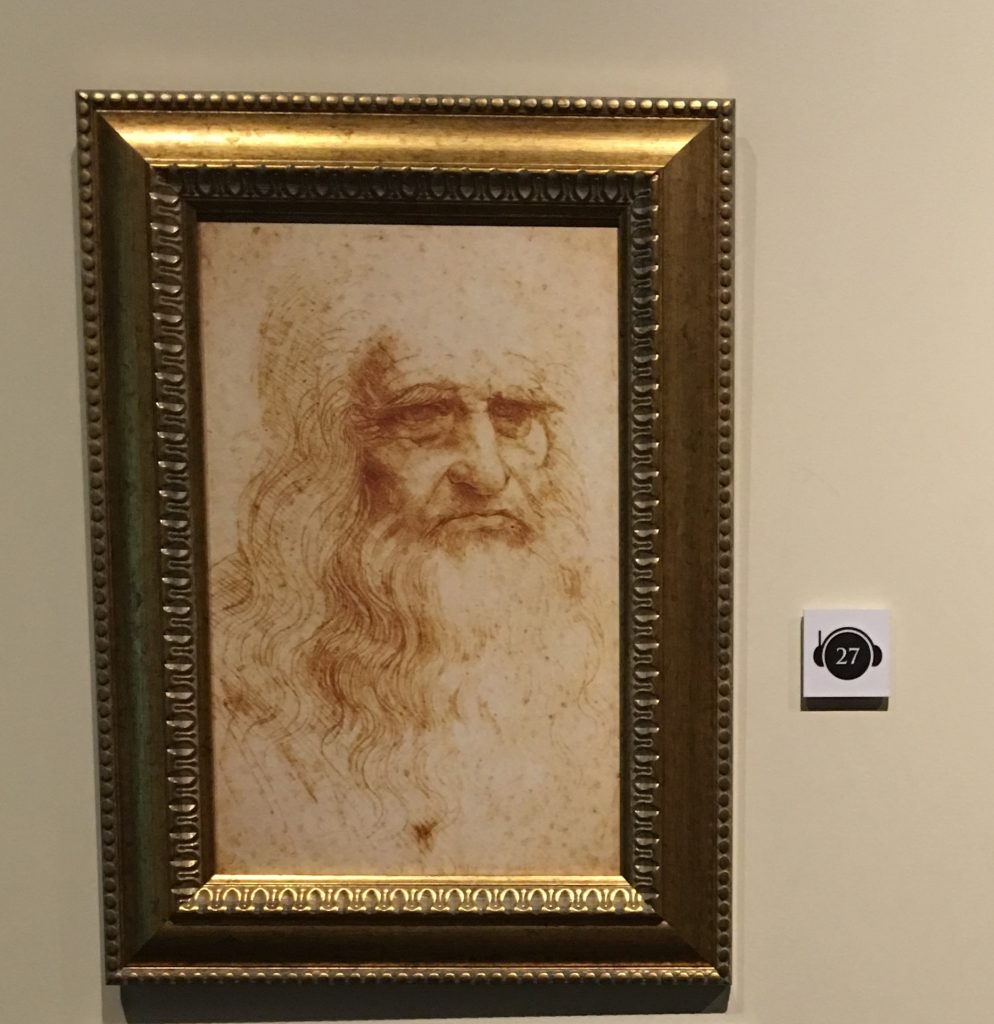
Surprising to some, Leonardo da Vinci was also an inventor and influential scientist in the areas of chemistry and anatomy. While I was familiar with his artwork such as the “The Last Supper”, “Mona Lisa” and “The Virgin of the Rocks”, I was extremely surprised by the number of innovations credited to da Vinci. The exhibit showcased the art, the inventions and the research of da Vinci, a spectacular genius and innovator.
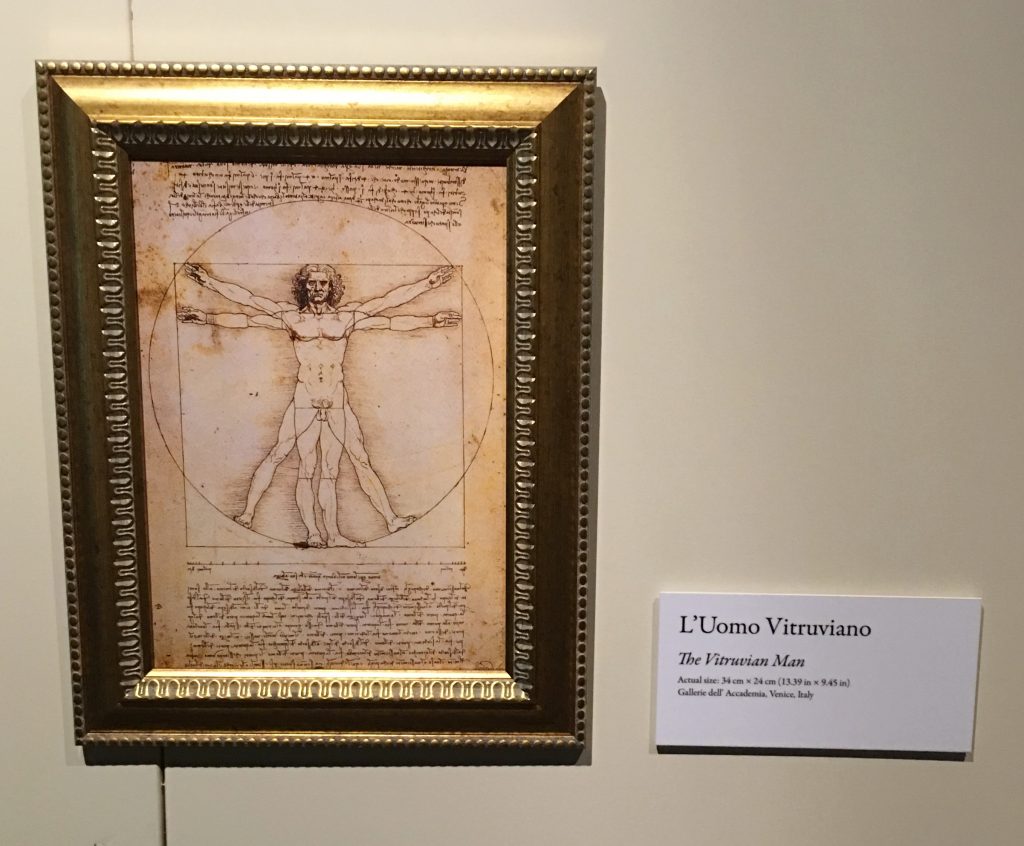
Leonardo da Vinci’s pen and ink drawing of The Vitruvian Man is one of his most recognized sketches. His notes penned on the illustration are based on the works of architect Vitruvius, which defines the perfect proportions of the male body. First-century Vitruvius claimed that the human image could fit into both a circle and a square.
Da Vinci’s artwork measures 13.39 inches by 9.45 inches and is displayed in Venice, Italy at the Gallerie dell’Accademia.
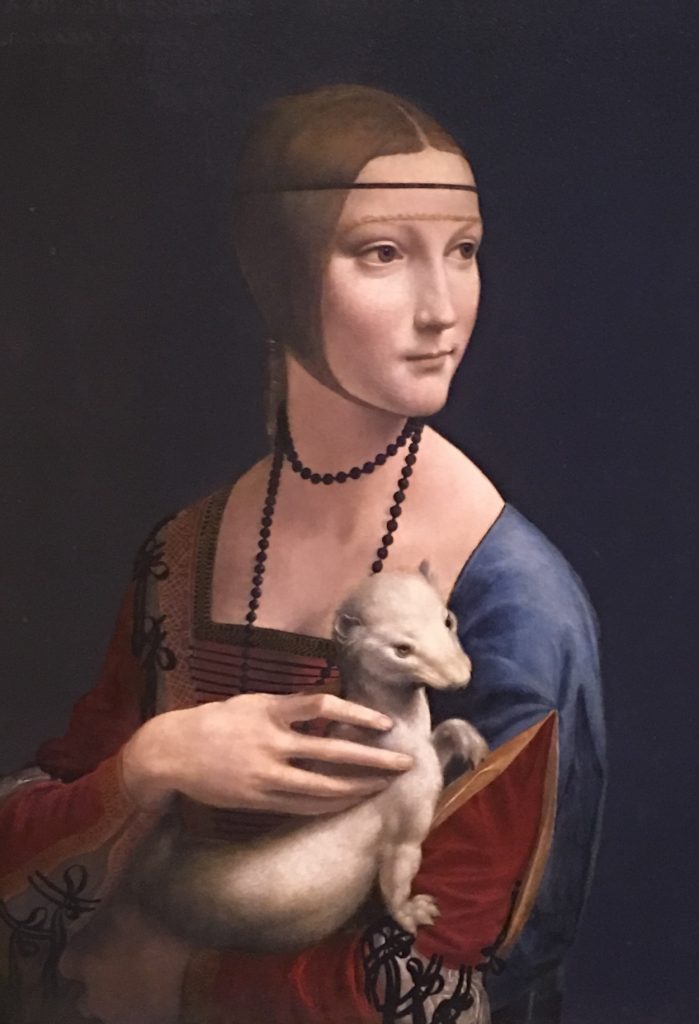
One of my favorite paintings in the exhibit was the “La Dama con l’Ermellino” translated as “Lady with an Ermine.” The original artwork resides at the Czartoryski Museum in Krakow, Poland.
Da Vinci was captivated by the science of light, shadows and perspective when painting his artwork. He studied their effects on objects and experimented with pigments to perfectly capture images to resemble real life. He was such a perfectionist that he often critiqued his own work repainting his images over and over again.
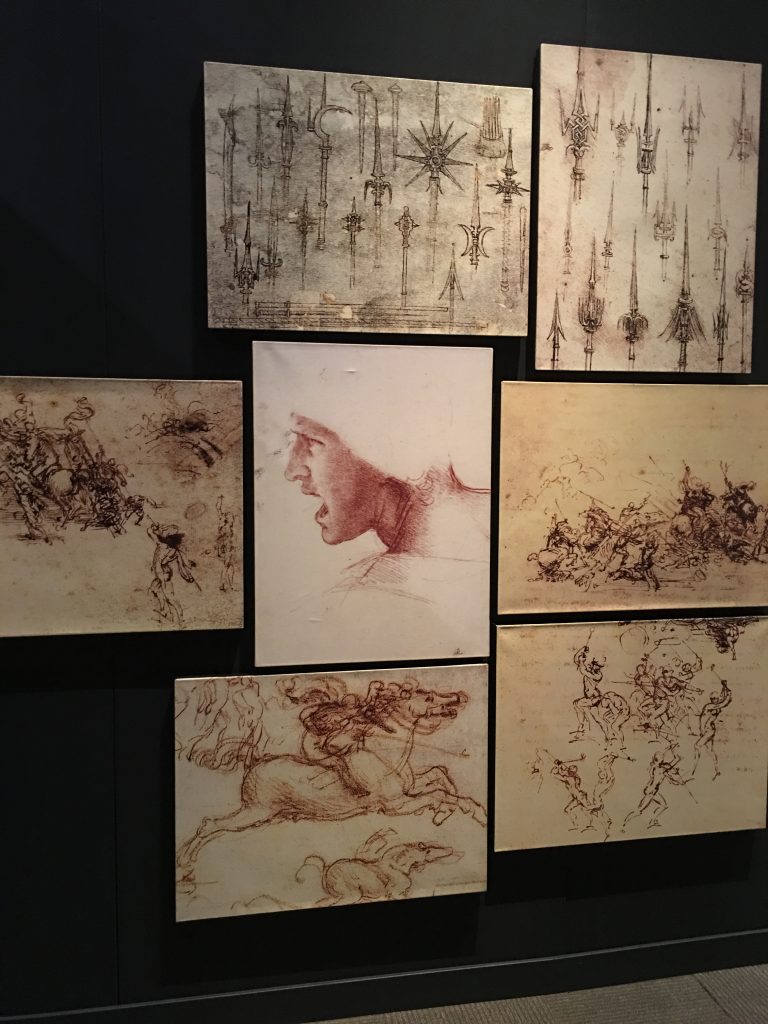
Of the approximate twenty-five pieces that da Vinci painted, only a few remain as copies. In addition, Leonardo documented his thoughts and findings in volumes of notebooks, but only about a quarter of these writings exist, totaling nearly 6,000 pages.
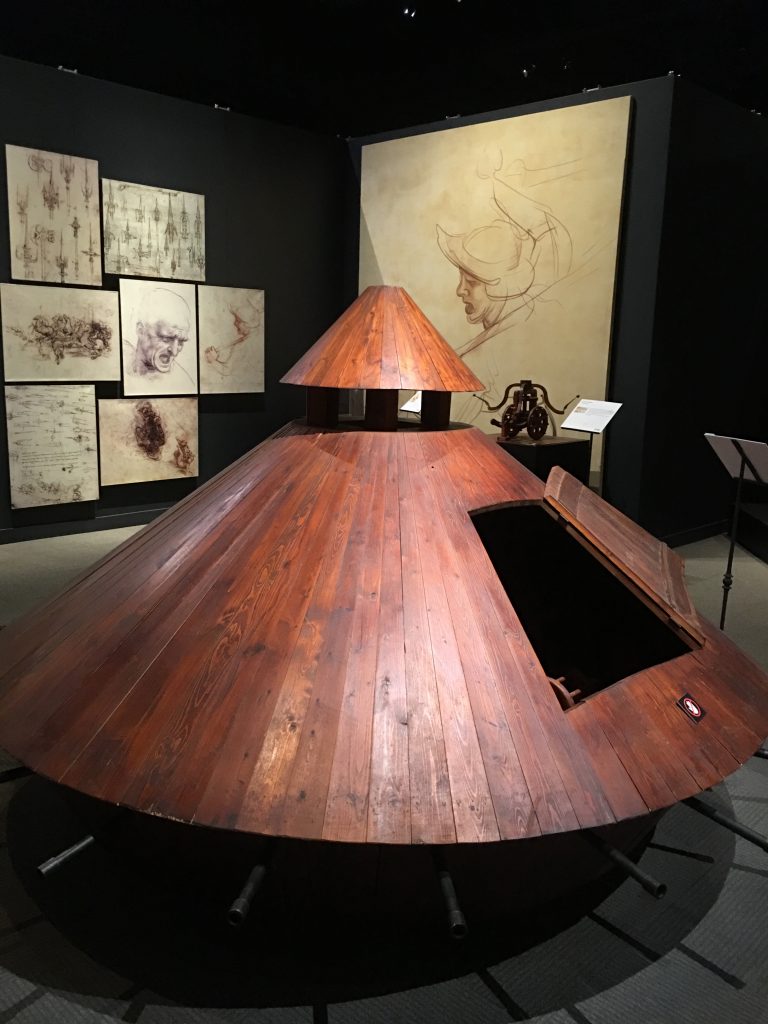
As I stepped into the gallery that displayed Leonardo da Vinci’s inventions, I had no idea that he was known for developing war weapons. Da Vinci was known as a pacifist, but when Cesare Borgia employed him to design military machines, Leonardo knew that this opportunity would provide him an extravagant income.
The tank, one of his war machines, was not perfected during da Vinci’s time, yet the concept would come to fruition during World War I.
Musical instruments (portable piano), technology (film projector), clothing, and clock mechanisms were among the brilliant inventions of Leonardo da Vinci.
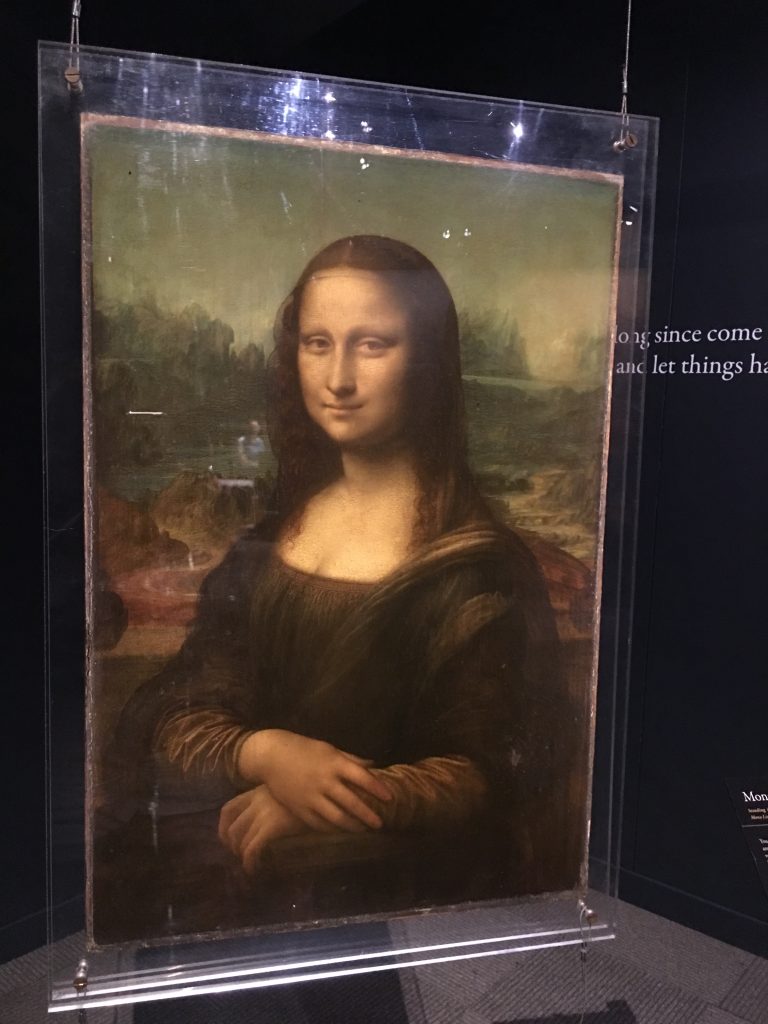
As I approached the final hall, I was interested in learning more about Leonardo da Vinci’s masterpiece, the “Mona Lisa,” I was taken by surprise to learn the scientific research that had been conducted on the artwork and the information it revealed.
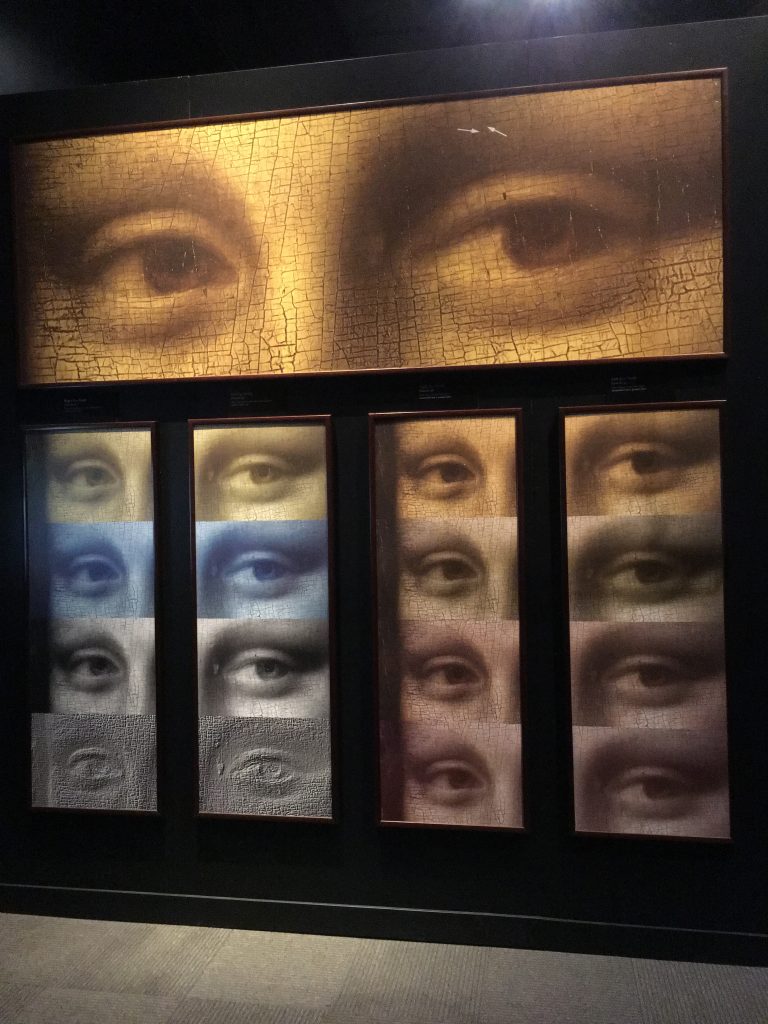
Under the direction of French engineer Pascal Corte, the original Mona Lisa was removed from its frame and photographed to examine and analyze the painting. Using a specialized high resolution camera, Corte was able to inspect characteristics of the Mona Lisa undetectable to the human eye.
Once the photos were taken, experts accessed and scrutinized their findings which took over two years. On display at the museum were various images that disclosed an insurmountable size of data revealing spectacular secrets of the painting. For example, over the years, art aficionados have wondered why Mona Lisa was missing eyelashes and eyebrows, This question was answered when further research revealed that Leonardo da Vinci had, in fact, painted eyebrows and lashes on the Mona Lisa and that they had faded over the years.
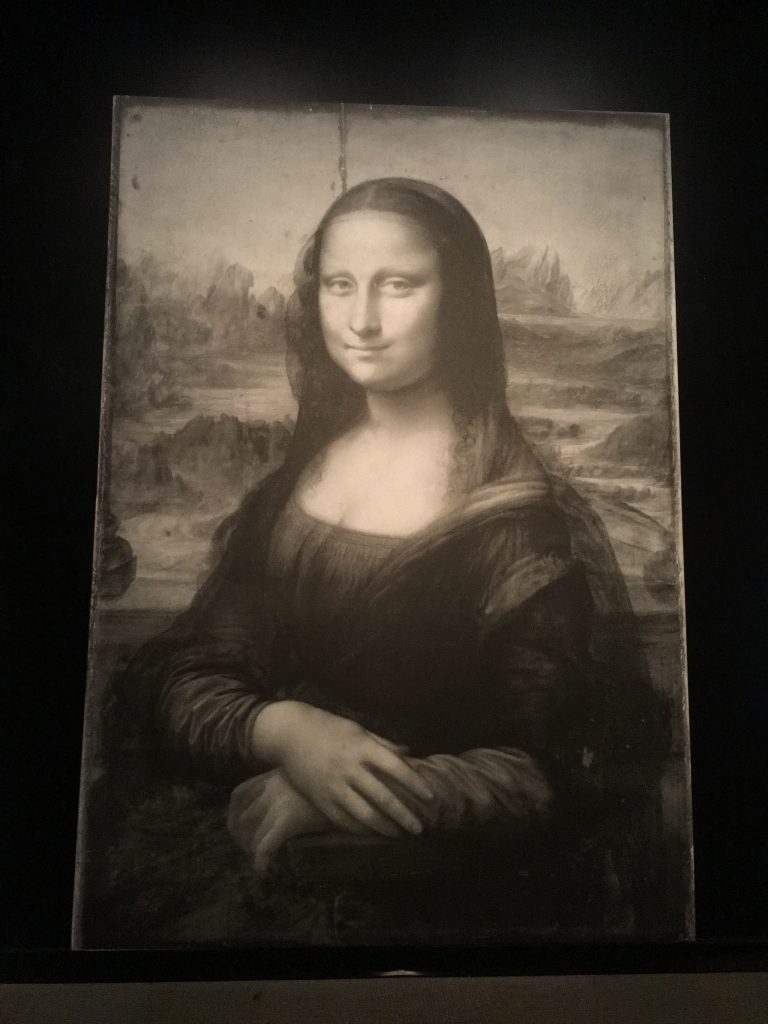
Professional analysts, with the help of Pascal, identified twenty-five secrets of the Mona Lisa.
In addition to the ability to photograph the Mona Lisa with an extraordinary resolution of 240 megapixels, there were several other techniques applied to the painting. Reverse false color infrared and black and white infrared bring to light several layers to the painting, its many stages and restoration efforts.
Interesting facts about the Mona Lisa:
- The painting is quite small measuring 30.31 by 20.87 inches.
- Monna, an Italian name, is the actual spelling as documented at the Louvre.
- The Mona Lisa was never completed. Leonardo da Vinci began painting her in 1503 and was still working on her until the time of his death in 1519
- Napoleon Bonaparte once had possession of the Mona Lisa, hanging it in the bedroom and then the bathroom
- The painting was stolen from the Louvre in 1911, but was recovered two years later.
- In 1956, the painting was damaged when doused by acid and later that same year, a man threw a rock at it.
While many of the Mona Lisa’s secrets have been uncovered, her identity remains a mystery. With the use of Layer Amplification Method (LAM) technology, there is proof that da Vinci painted different versions of the Mona Lisa, one on top of the other.
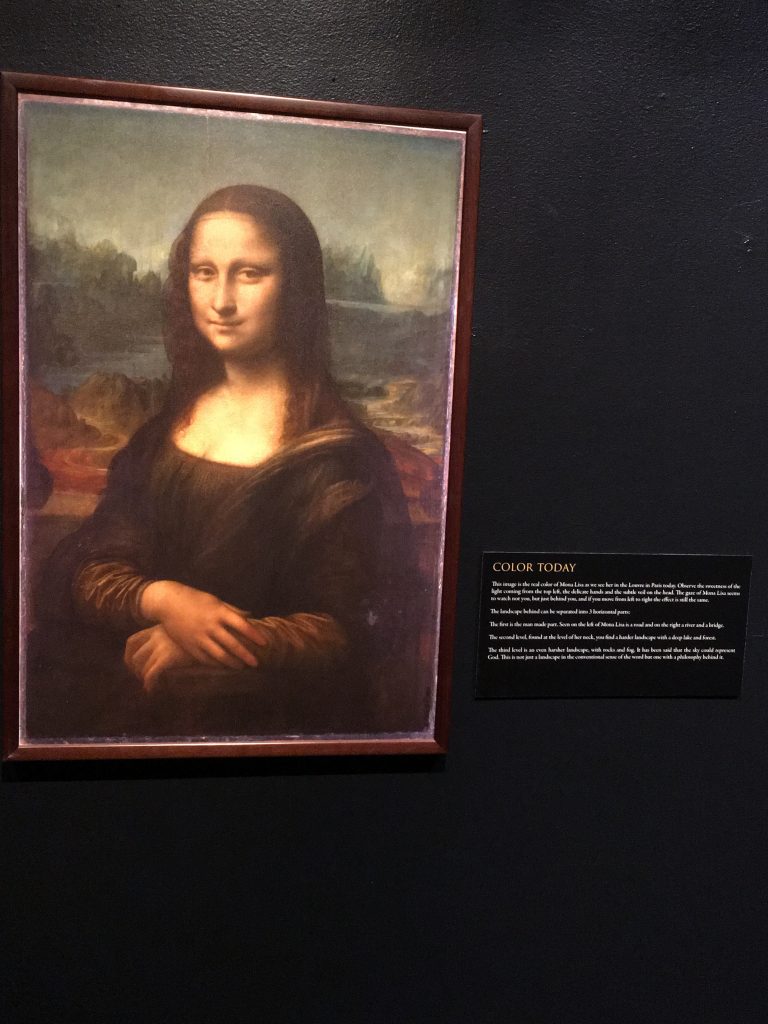
The most popular work of art in all of the world draws nearly 10 million visitors a year to the Michelangelo Gallery at Paris’ Louvre Museum. Mona Lisa’s famous smile and gentle gaze have captured the attention of many who have had the opportunity to view this spectacular painting.
The Leonardo da Vinci exhibit proved the genius of this multifaceted Renaissance man. I spent hours pouring over his talents as artist, musician and inventor and found myself amazed at all that he had accomplished.
Having been so impressed by the exhibition of Leonardo da Vinci and wanting to see the Mona Lisa for myself, I found myself booking a trip to Paris in hopes of seeing this spectacular wonder of Renaissance art and coming face to face with this magnificent beauty.
Are you familiar with the accomplishments of Leonardo da Vinci? Have you attended an exhibition of his work? I would love to hear about your experience and what amazed you about this prolific contributor to modern day inventions. Please leave your comments below and I thank you for taking the time to read about my visit to the Cincinnati Museum Center for the Leonardo da Vinci exhibit. Wishing you many Happy Travels!
What to See and What to Do:
Cincinnati Museum Center
1301 Western Avenue
Cincinnati, OH 45203
Telephone: 513 287 7000
Where to Stay:
Best Western Premier Mariemont Inn
6880 Wooster Pike
Cincinnati, OH 45227
Telephone: 513 271 2100
Where to Eat:
The National Exemplar
6880 Wooster Pike
Mariemont, OH 45227
Telephone: 513 271 2103
I began my meal with the Fresh Oysters of the Day, a half dozen lightly steamed, followed by the half order of linguini and clams made with prosciutto, white wine and chili flakes.
What to Eat:
- Skyline Chili: My go-to meal at Skyline is the 4-way chili with onion served with oyster crackers and hot sauce. I always pick up two York peppermint patties after cashing out. Cincinnati chili is a beef based sauce served over spaghetti noodles and cheese. Additional toppings include onions and beans.
- LaRosa’s Pizza: A local chain pizzeria, this Sicilian style pie is made with a sweet crust and sauce. My favorite menu item is the Caprese pesto Flatbread Pizza.
- Graeter’s Ice Cream: It’s the French Pot process that makes Graeter’s Ice Cream so decadent and rich. Towards the end of the process, they pour chocolate into the mix creating large chunks of yummy goodness.
- Montgomery Inn BBQ: Visiting the original Montgomery Inn BBQ at the boathouse is a culinary and scenic experience. Their ribs are served with a sweet and tangy sauce that has since made them the “Ribs King” and a favorite among locals. Load up on their amazing BBQ flavored Saratoga chips,
- Glier’s Goetta: While it looks like a slab of corn beef hash, this breakfast staple is made of sausage and oats, cooked until crispy. Most breakfast restaurants carry it as a side, especially the local cafes and diners.
- BonBonerie: One of the most decadent pastry shops in Cincinnati, their rich confections are absolutely amazing.
Where to Drink:
Moerlein Lager House
115 Joe Nuxhall Way
Cincinnati, OH 45202
Telephone: 513 421 2337
Books to Read:
- Eligible: A Modern Retelling of Pride & Prejudice, by Curtis Sittenfeld
- Running, by J.T. Cooper
- Dead Witch Walking, by Kim Harrison
- Beloved, by Toni Morrison
- Double Dutch, by Sharon M. Draper
- Romiette and Julio, by Sharon M. Draper
Photo Guide for Cincinnati (as provided by Chris Thompson on FourSquare):
- The John A Roebling Suspension Bridge
- Pick a spot near the Covington pier and shoot north toward the Cincinnati skyline. Shoot at sunset and underexpose by a few stops to get the lights just right.
- The new lights on the bridge create excellent stars when you photograph them using a narrow aperture (~f/16 and above) on your camera. That means you’ll need a longer exposure (and thus a tripod).
- General James Taylor Park
- Shoot from the top of the flag pole mound to get more building reflections in your shot. Shoot at sunset or sunrise for great lighting.
- Cincinnati Museum Center at Union Terminal
- Arrive first thing in the morning when the sun is coming up
- The Fountain at Fountain Square
- For great photos of the fountain: set your camera on a tripod and use a long exposure (2-5 seconds) to capture the running water. Get Carew or the colored lights above Rock Bottom in the background.
- Fountain Square (look for reflections in puddles)
- Celestial Restaurant in Mount Adams – The restaurant is now closed, but you may still be able to use the parking lot.
- Carew Tower Observation Deck
- Provides some neat photos of the highways snaking around the city. Set your camera on a tripod and use a long exposure to get moving car trails. It’s only open at sunset a few days each year.
- Engine Company 46, 2733 Erie Avenue (at Michigan), Cincinnati
- One of the most beautiful historic firehouses in all of Cincinnati. The firefighters here are used to having their photo taken while they work. Ask nicely and you can get some cool shots.
- Cincinnati Observatory Center
- Krohn Conservatory
- Great American Ball Park
- Shoot the front of the stadium around sunset to get a nice color blue in the sky. Get one of the player statues in your shot for extra effect.
- Devou Park
- The overlook next to the Drees pavilion affords a great view of the Cincinnati skyline. Shoot at sunrise or sunset for the best lighting. Underexpose slightly to get the city lights just right.
- Newport Central Catholic for fireworks
- Shoot the Riverfest fireworks from this location. Bring a long lens and a tripod. You’ll want a long-ish exposure (5-10 seconds) to capture the bursts, but make sure the skyline isn’t overexposed.
- Riverfront Park
- The colorful fountains make a great subject, but you need to use a relatively fast shutter speed (>1/20 or so) to catch the lights before they change color, leaving your pic with plain white lights.
- American Sign Museum
- Be sure to bring a tripod to capture all the signs. Manual white balance is the way to go, because there are so many crazy colors of lights that your camera won’t know how to react.
Disclosure: Please refer to our blog disclaimer tab for more information.
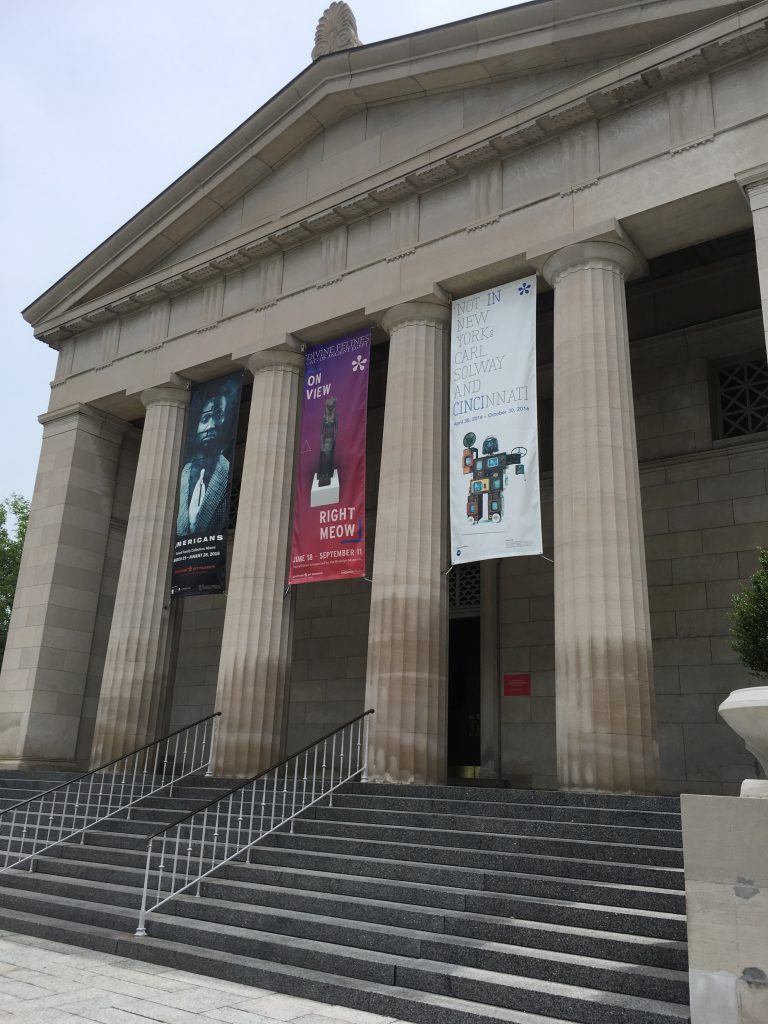
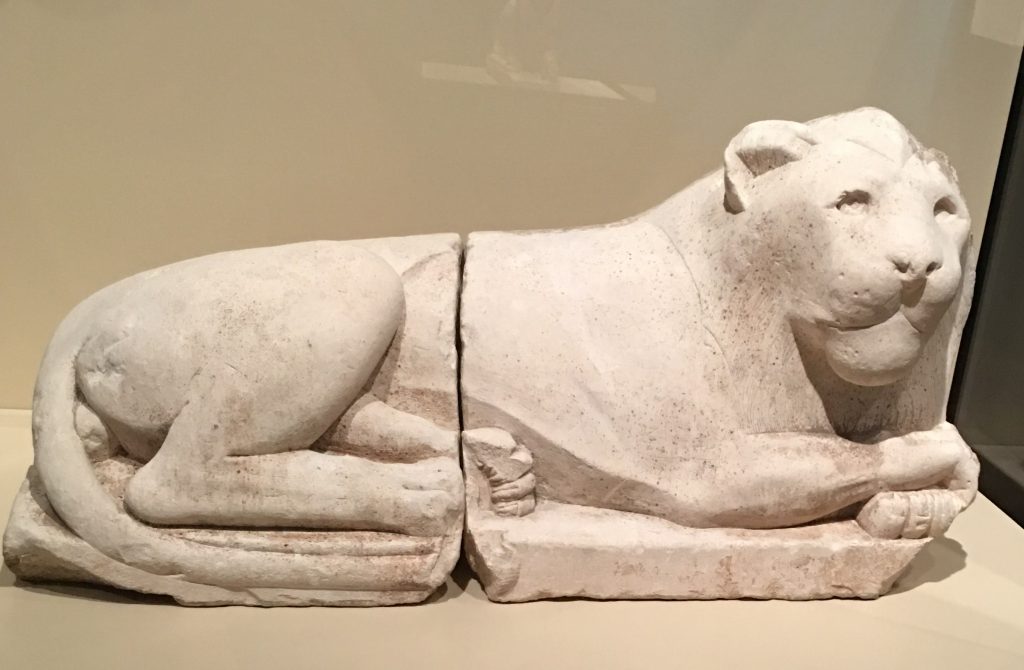
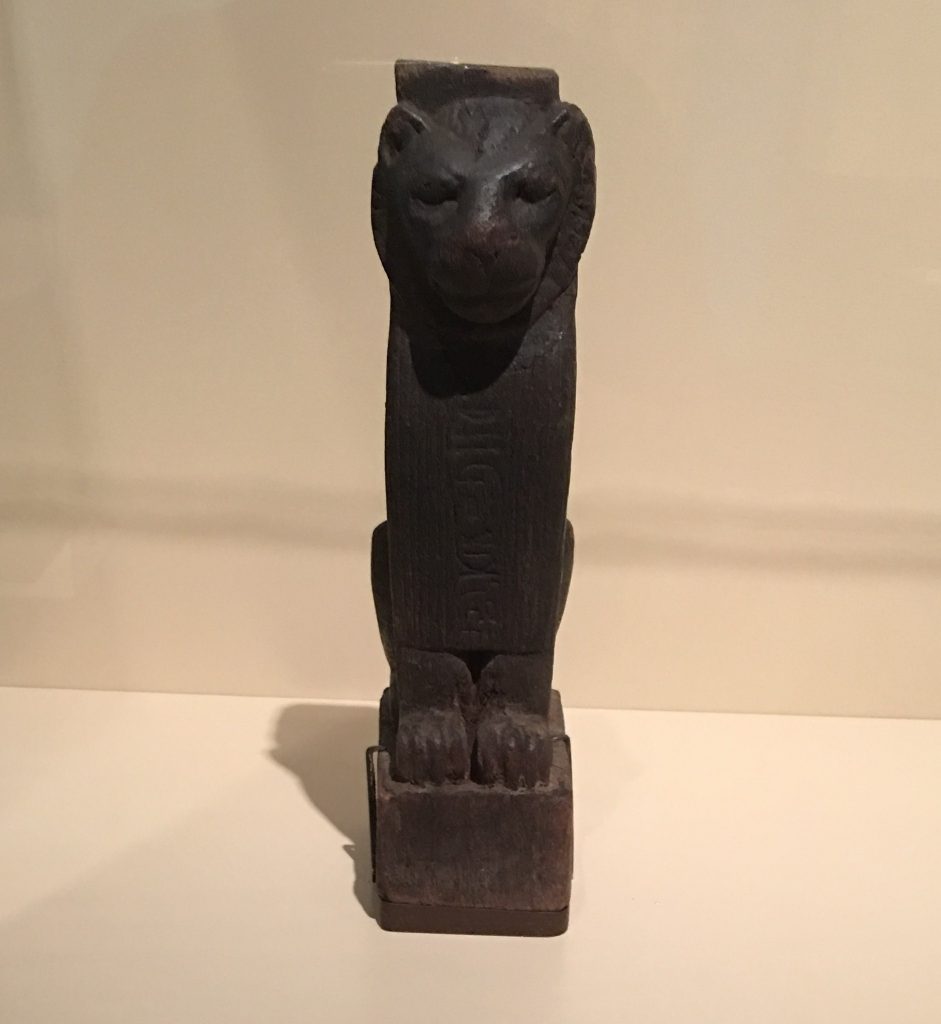
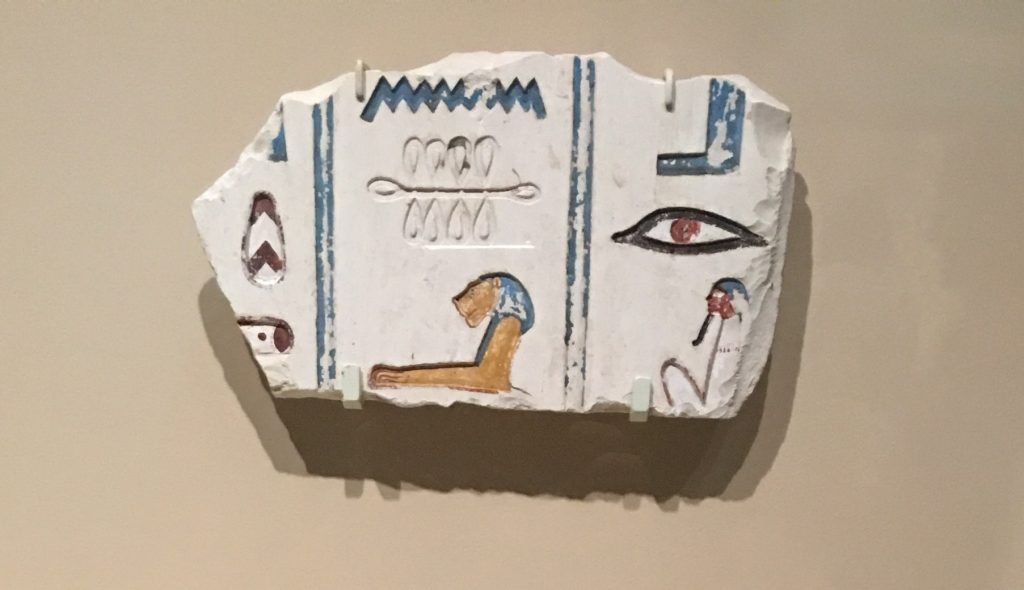
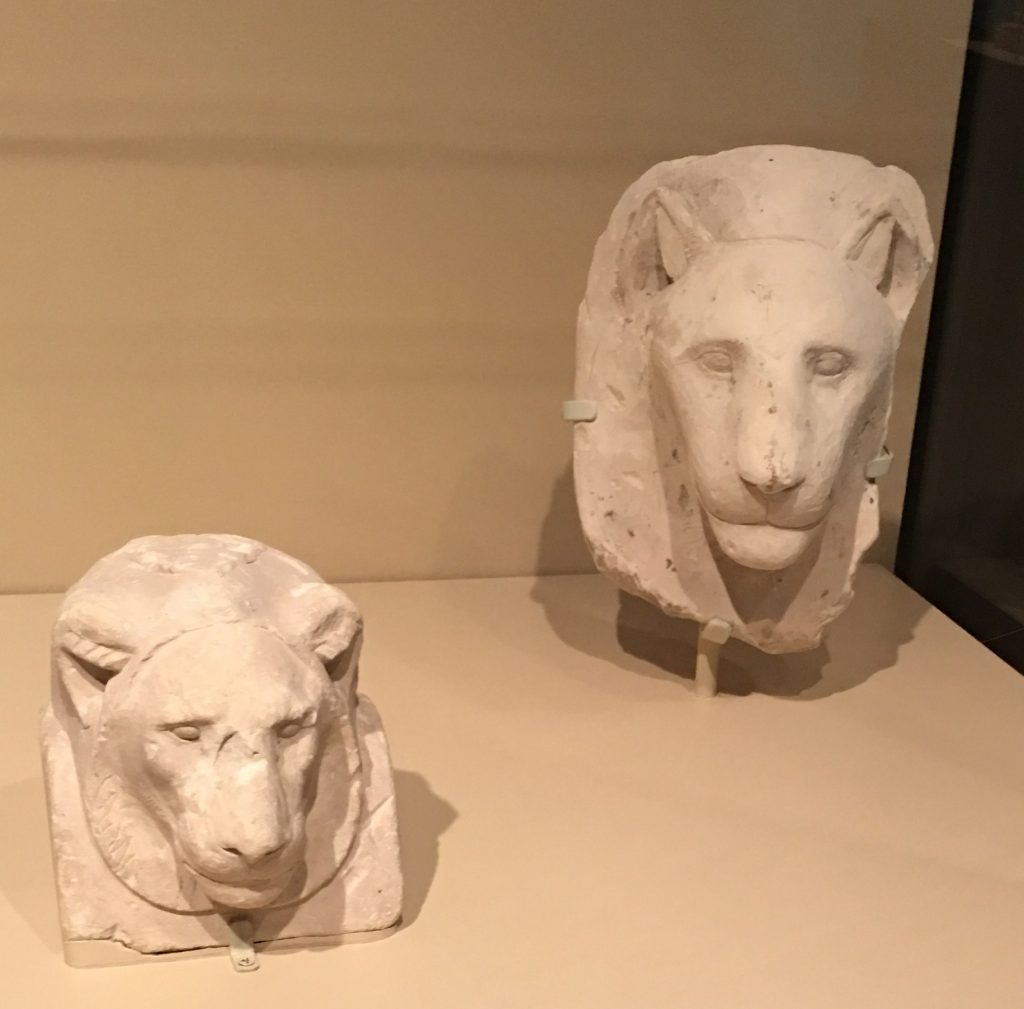
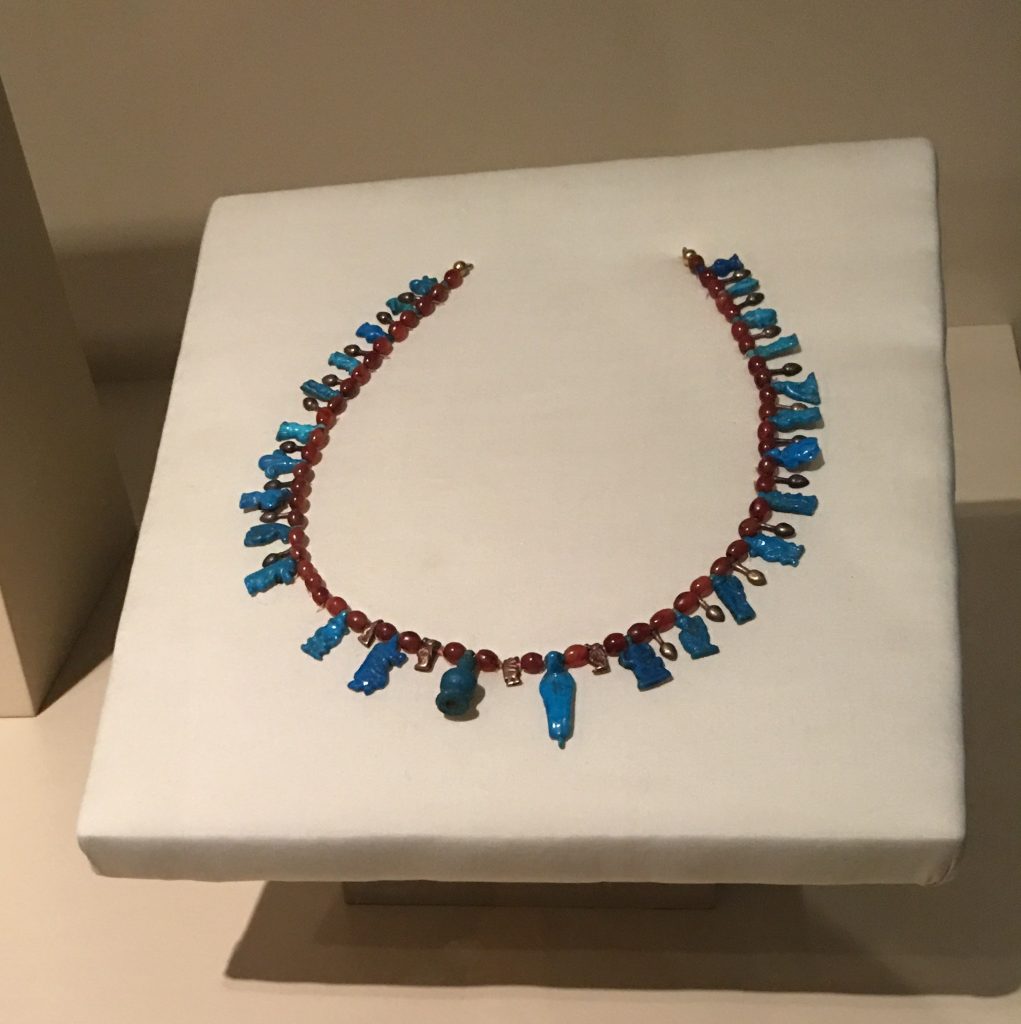
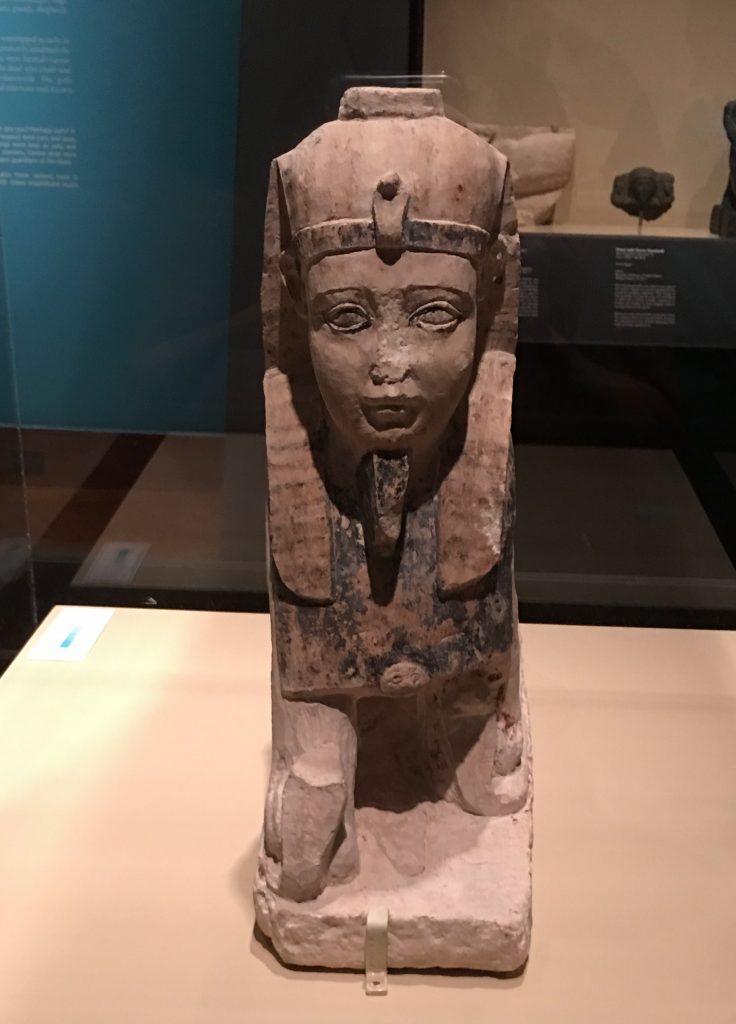
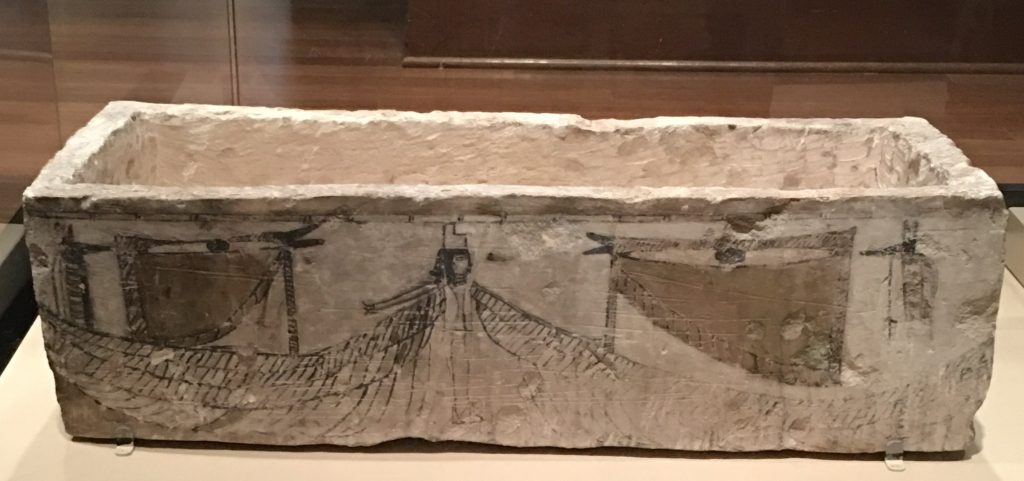
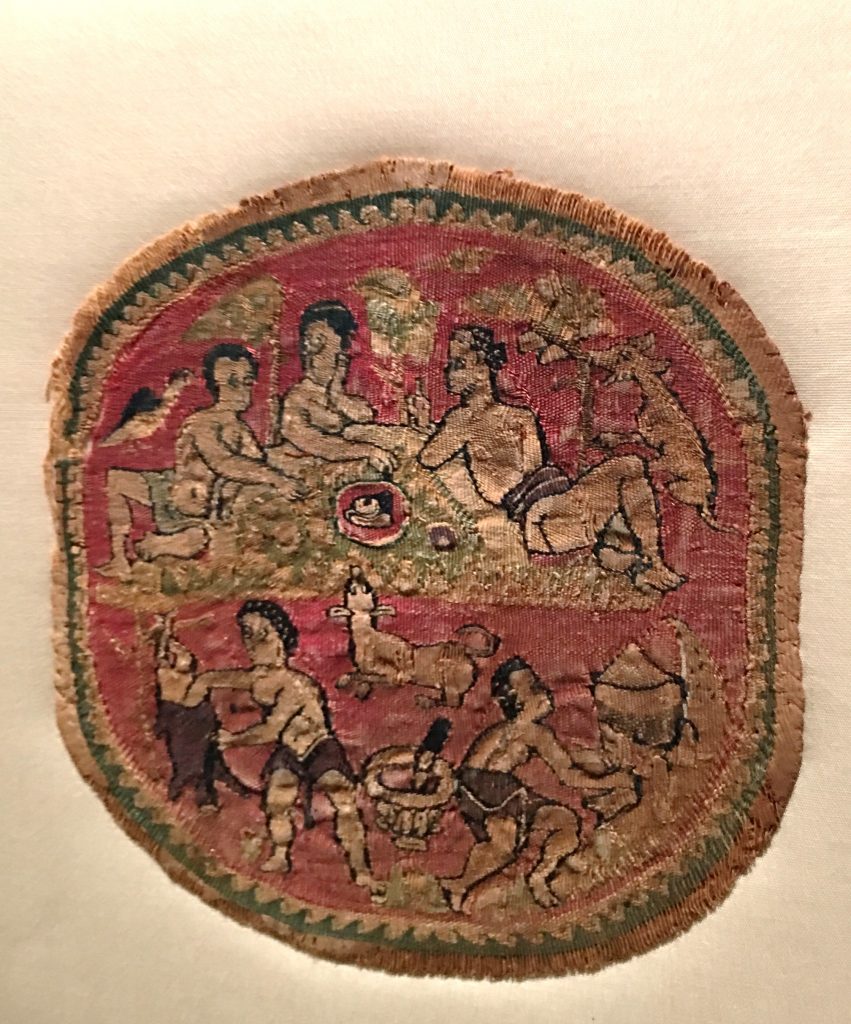
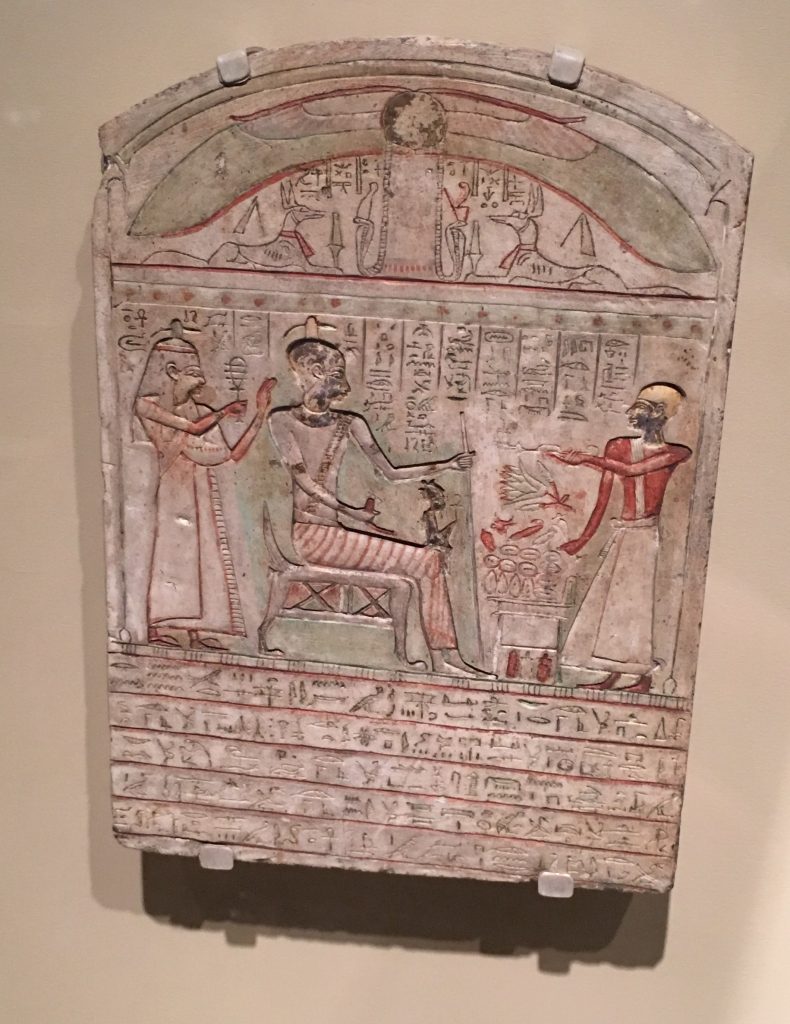
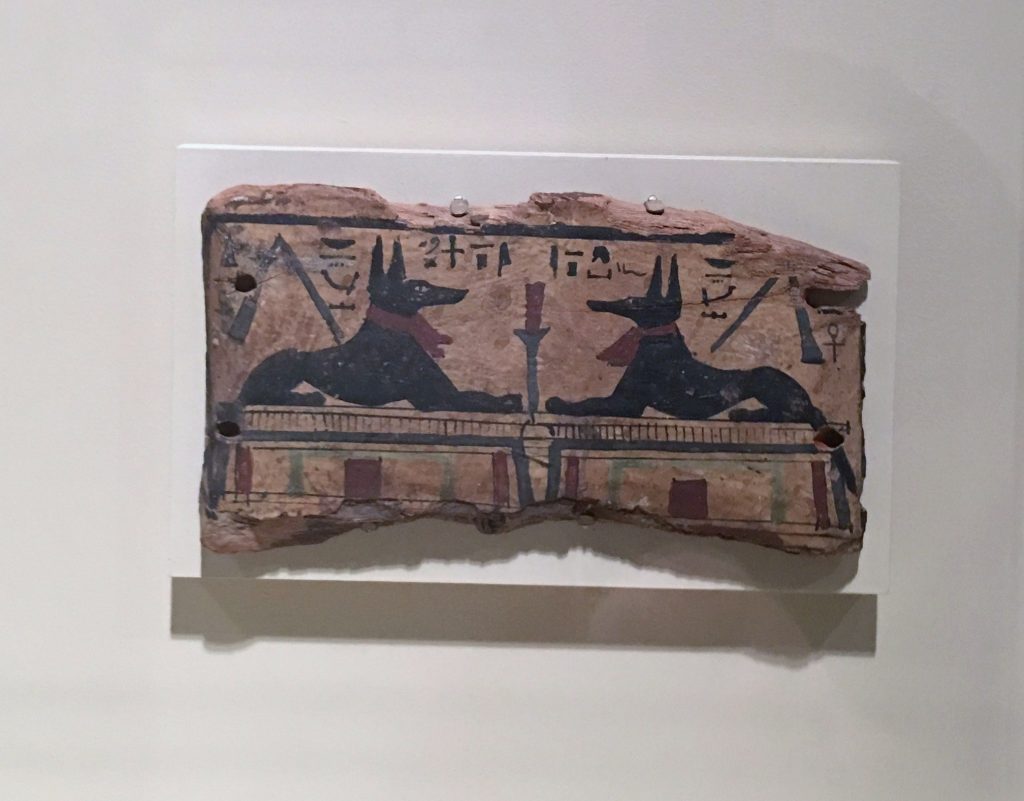
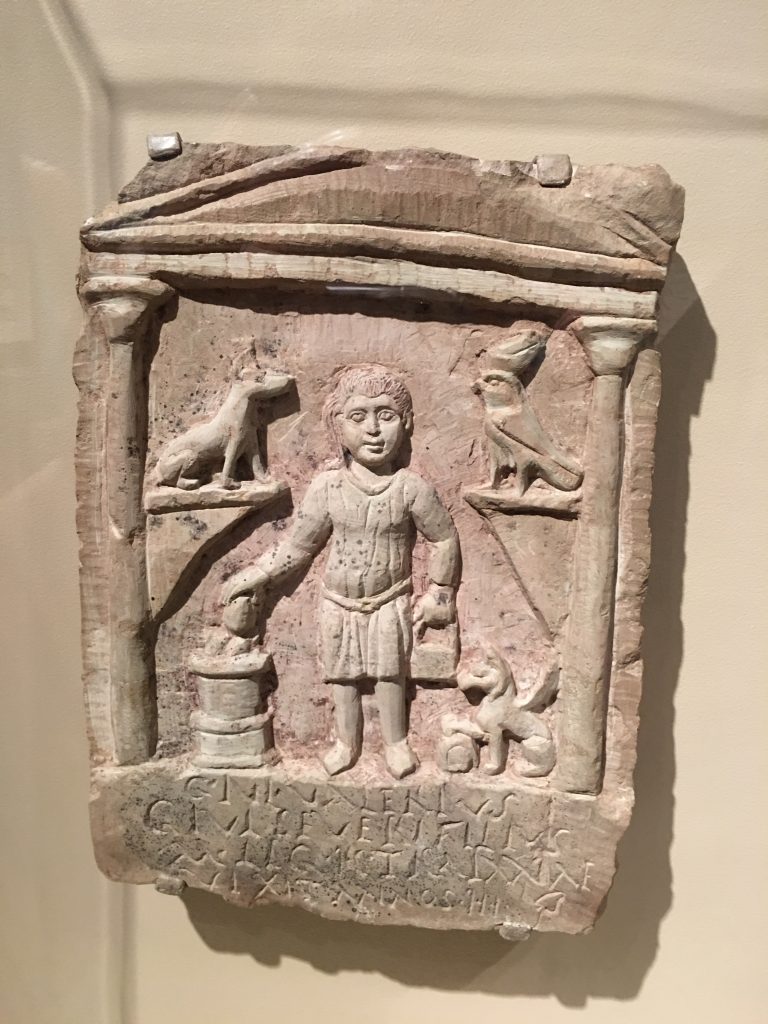
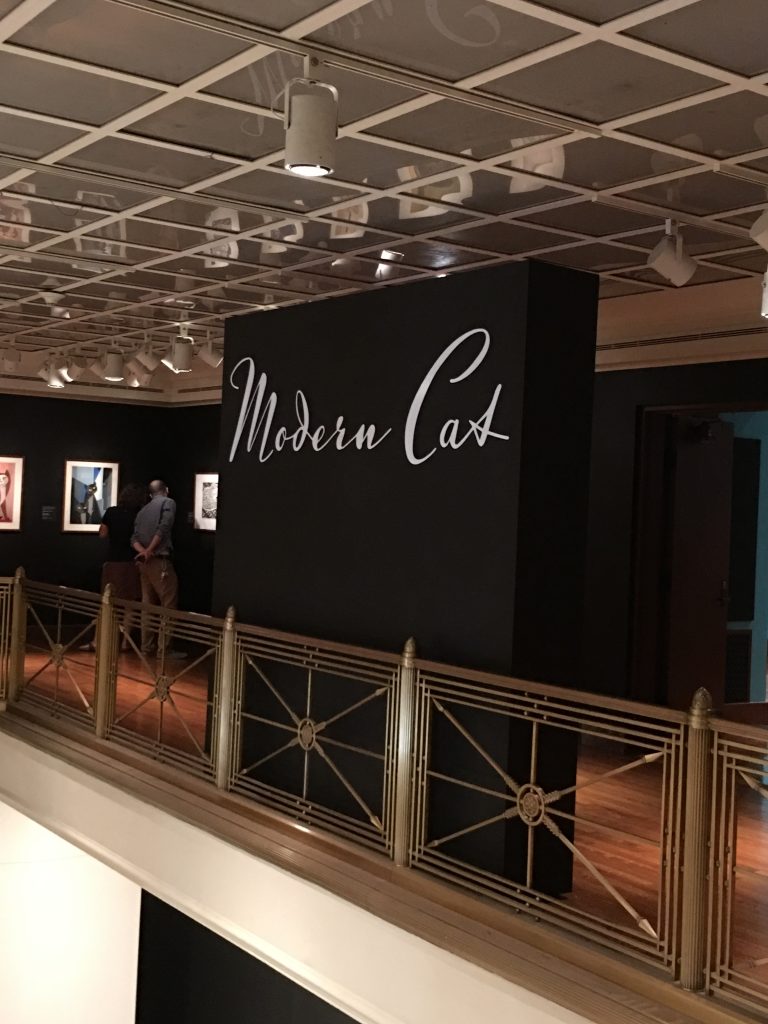
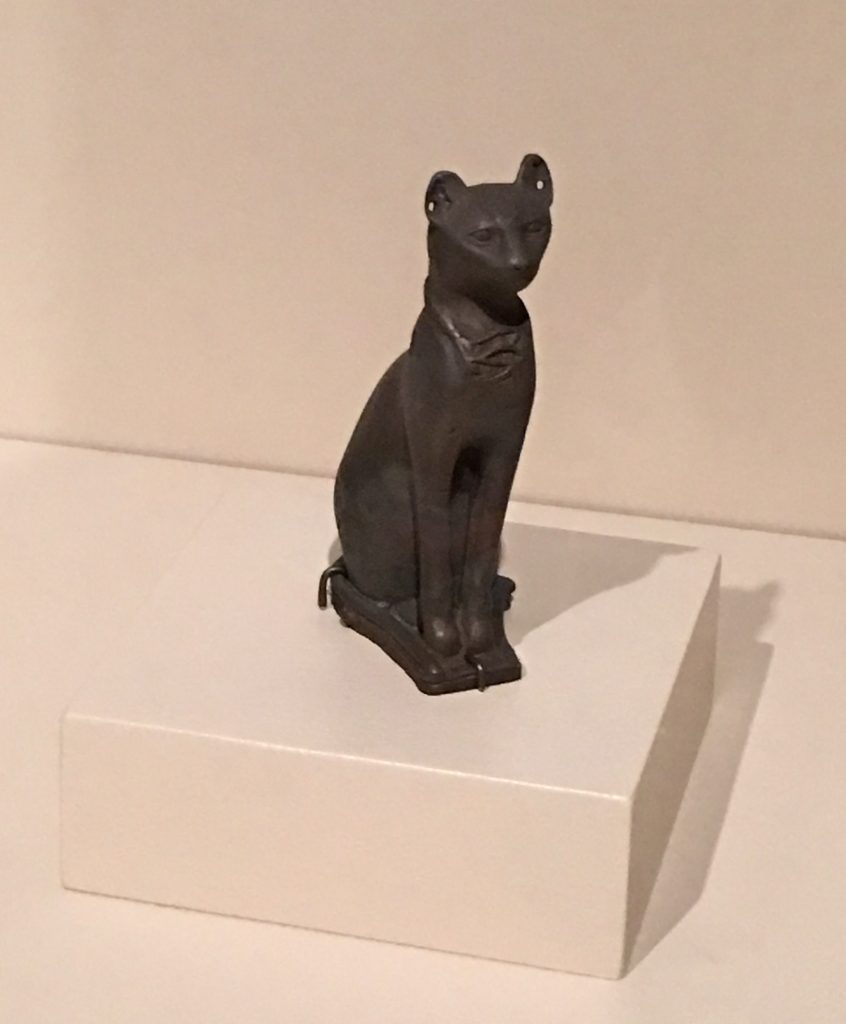
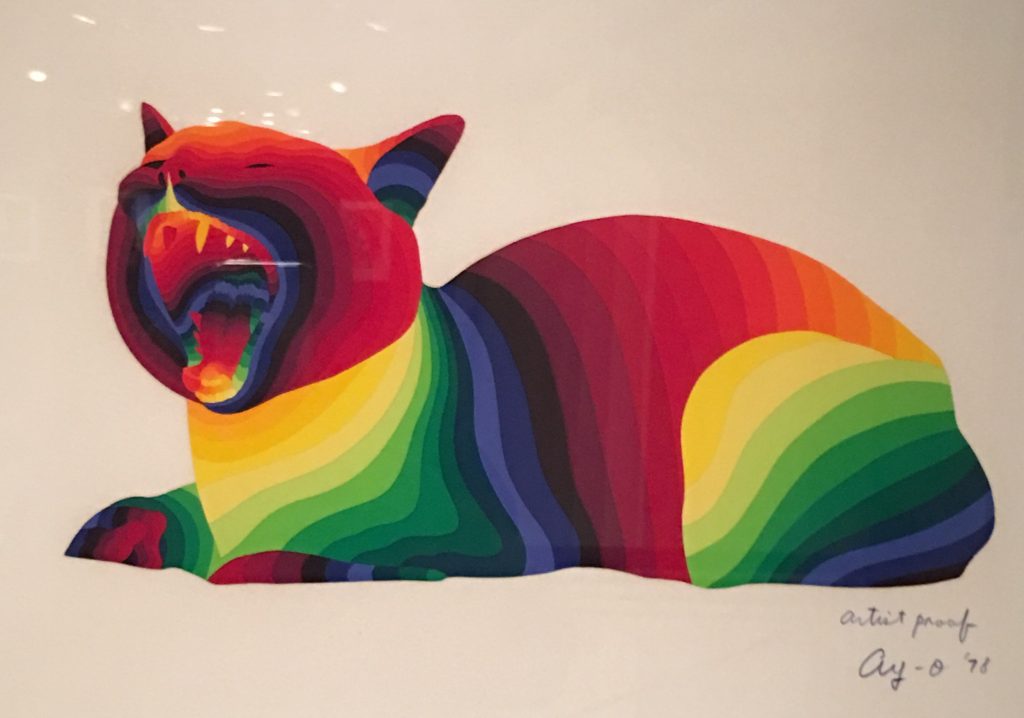
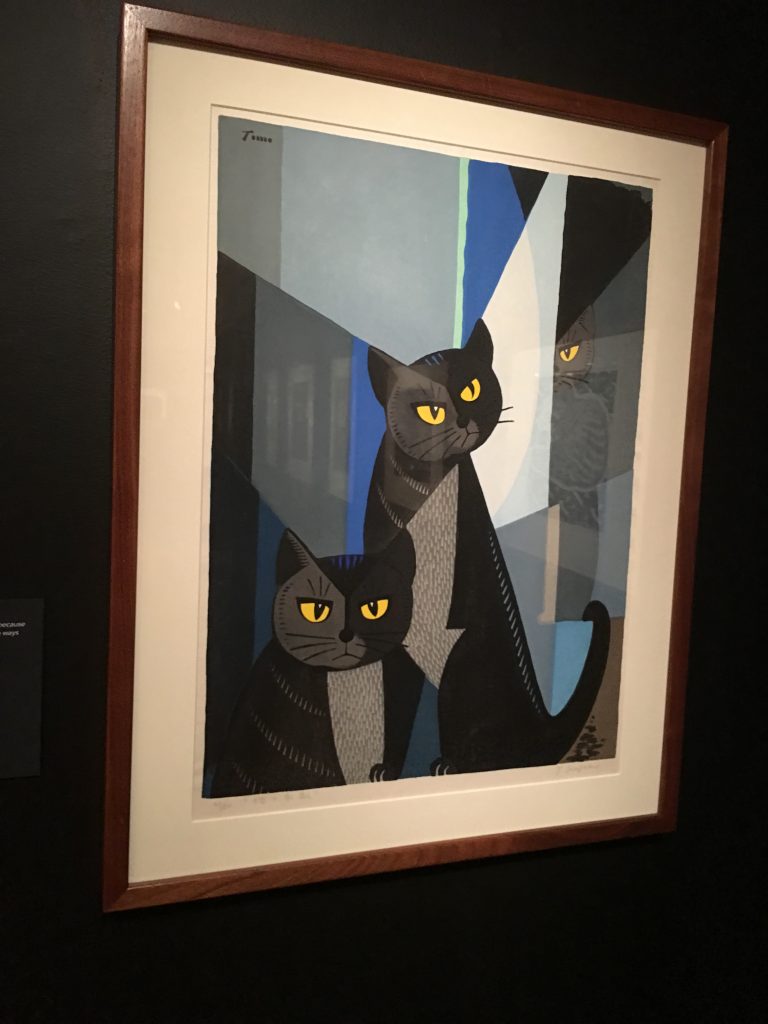
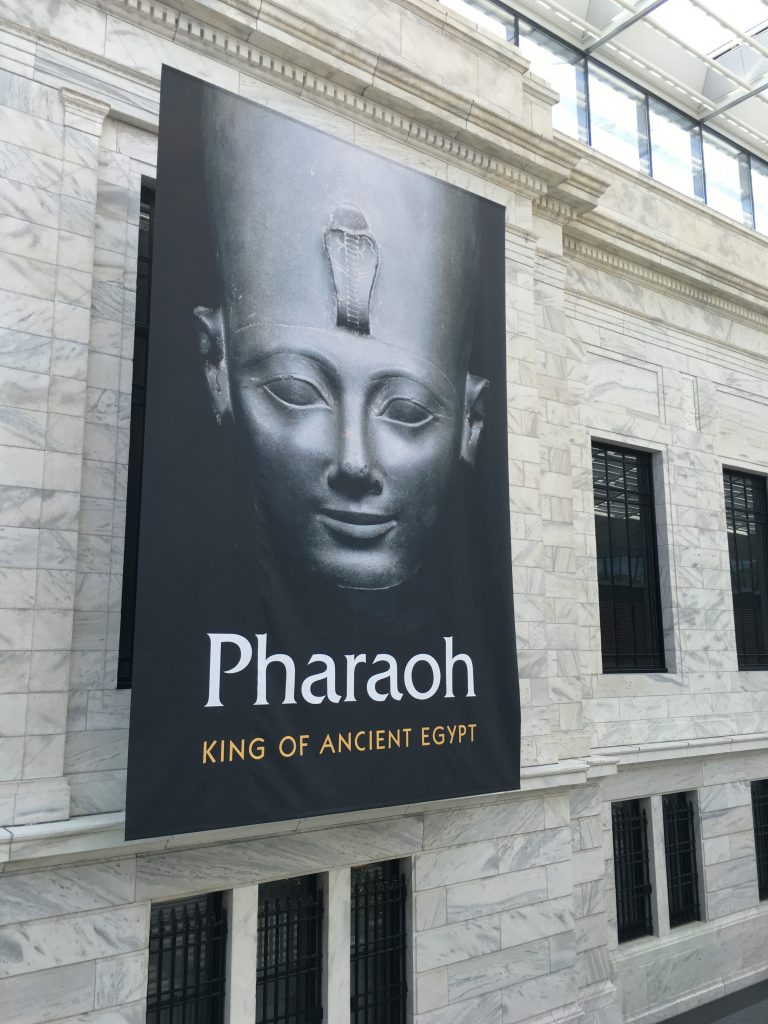

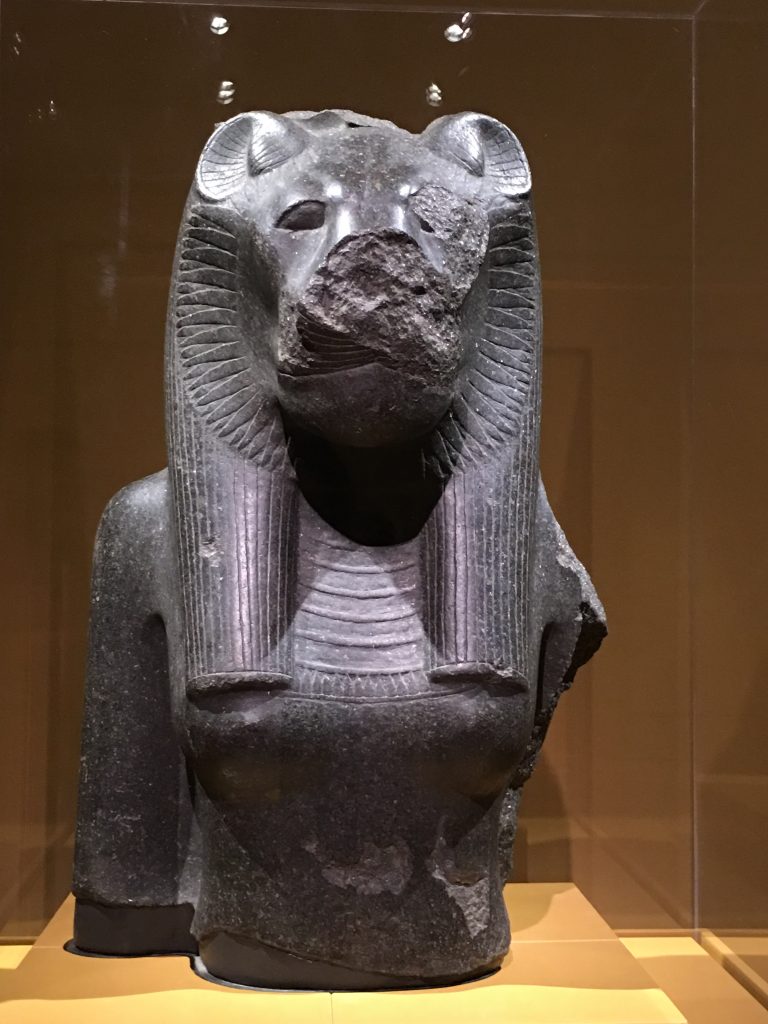
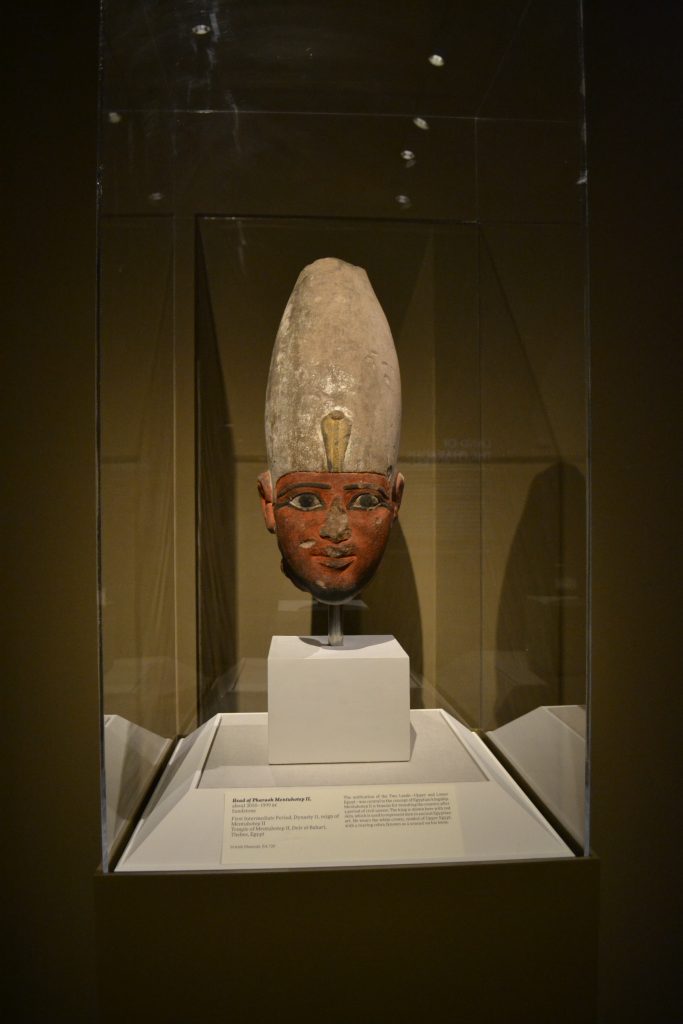
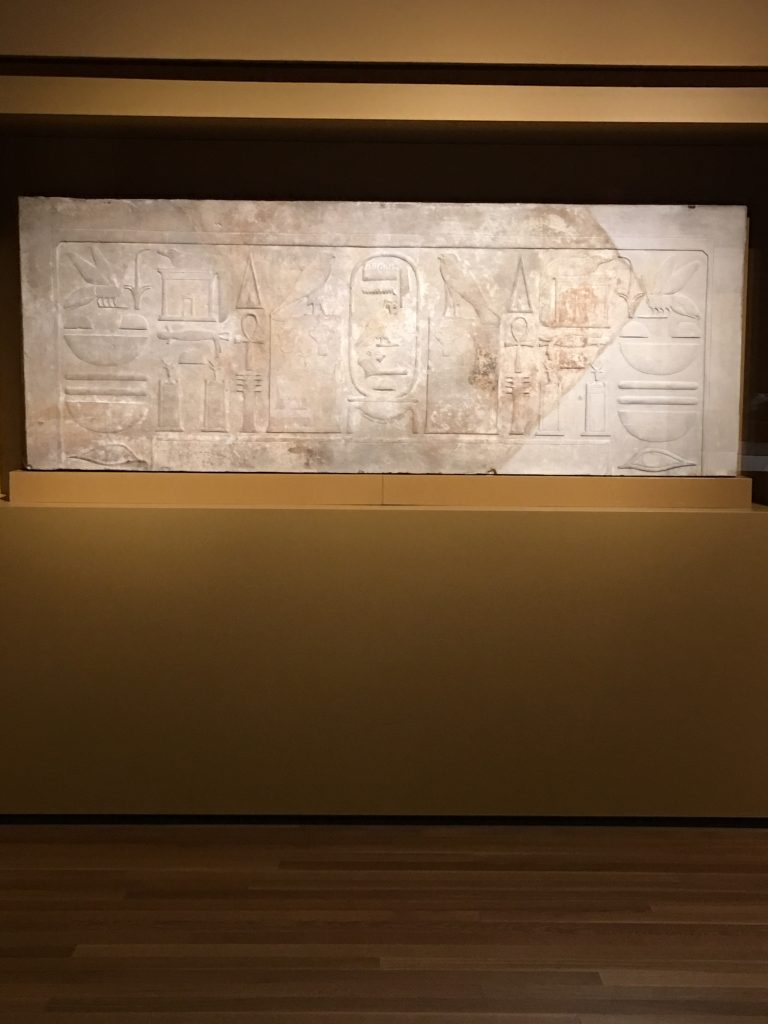

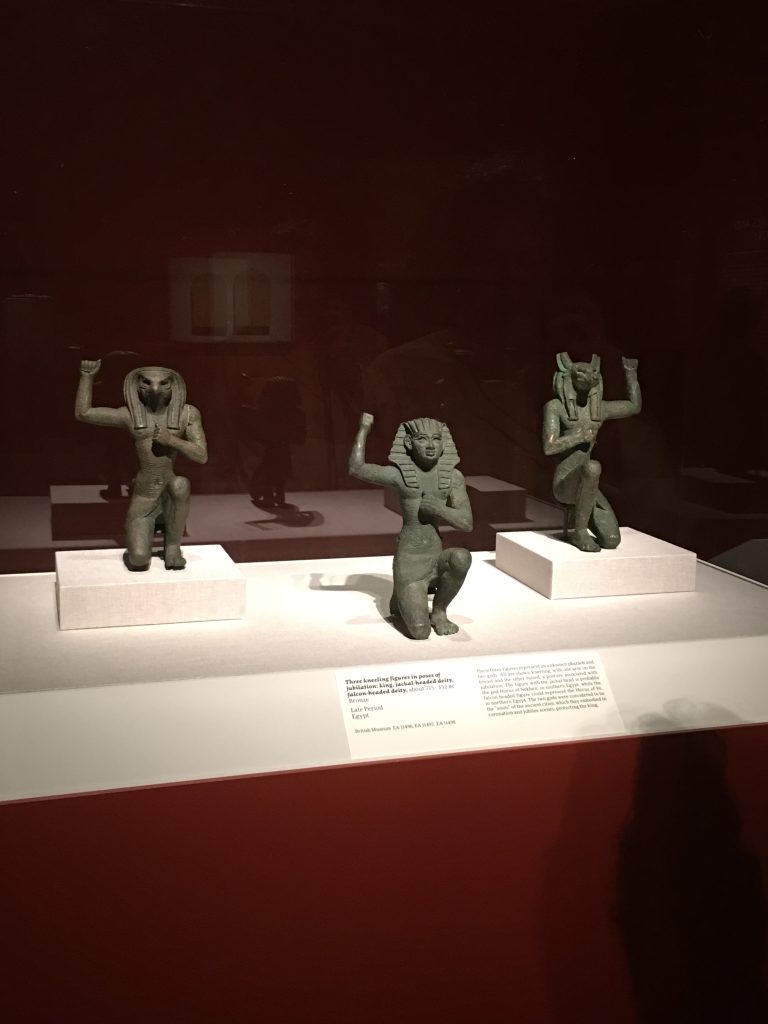
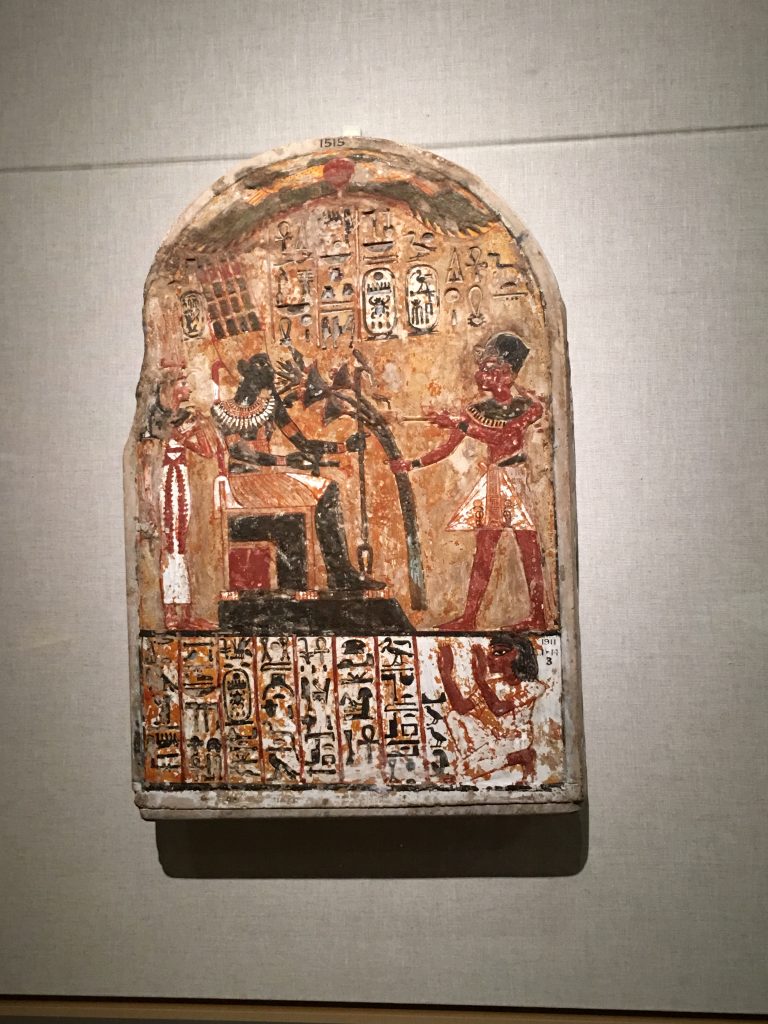
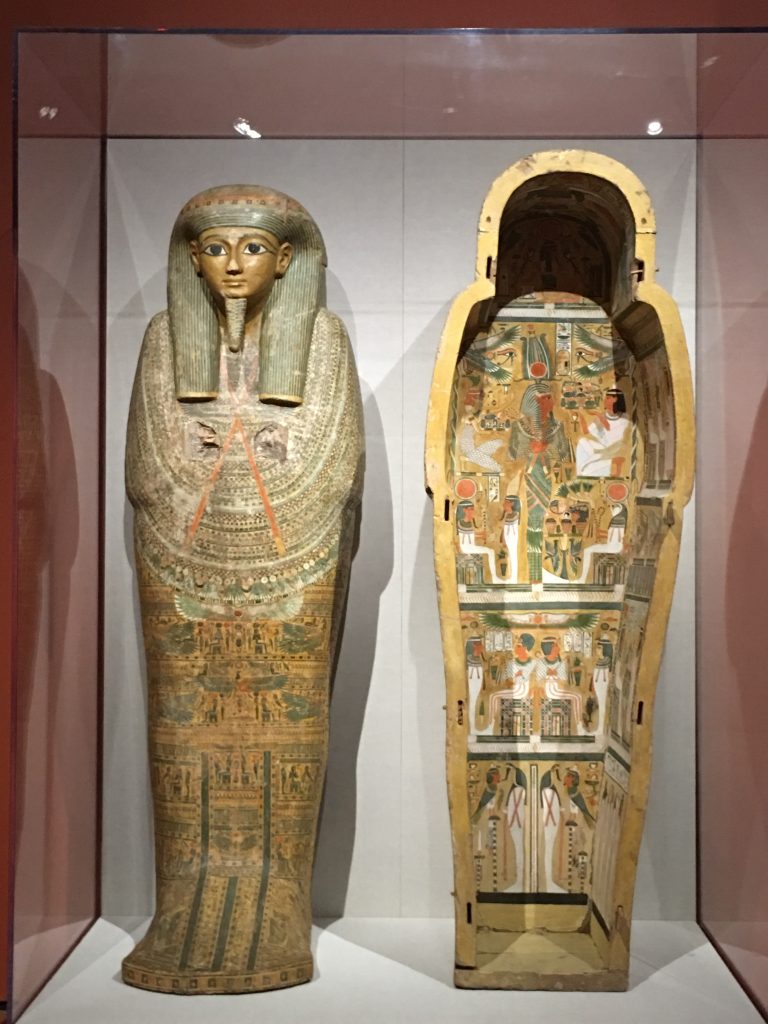

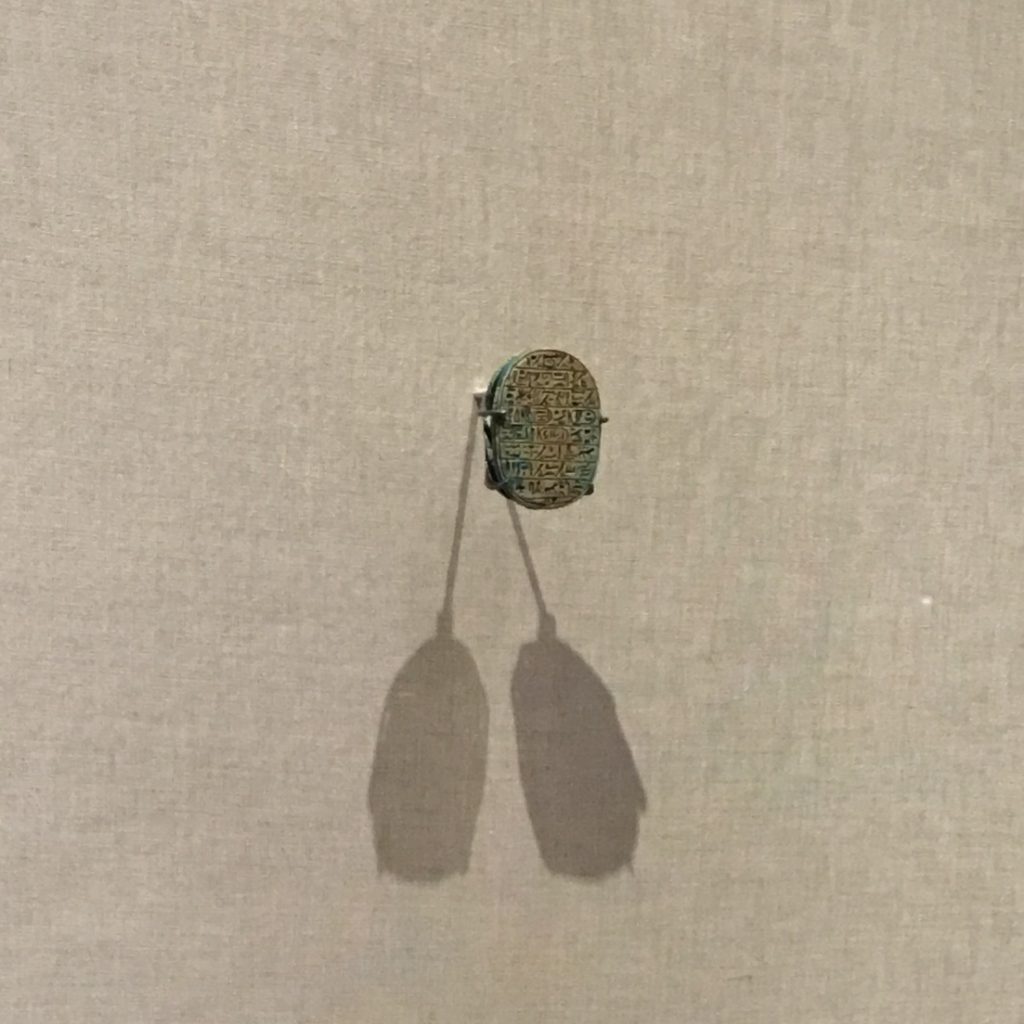
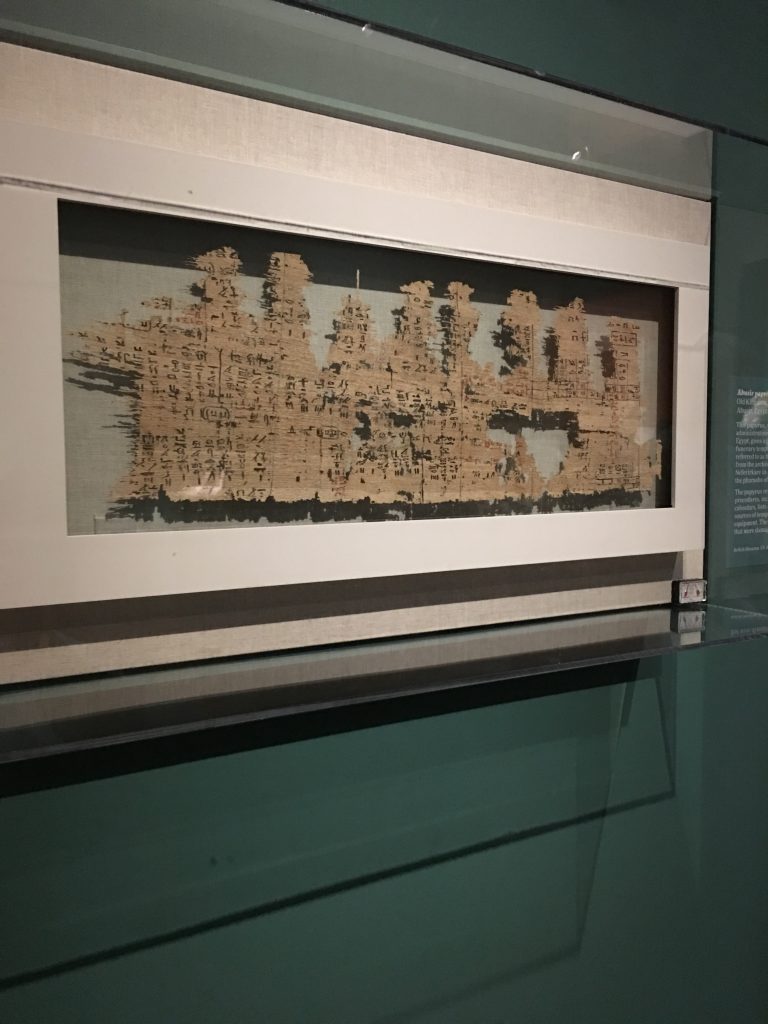
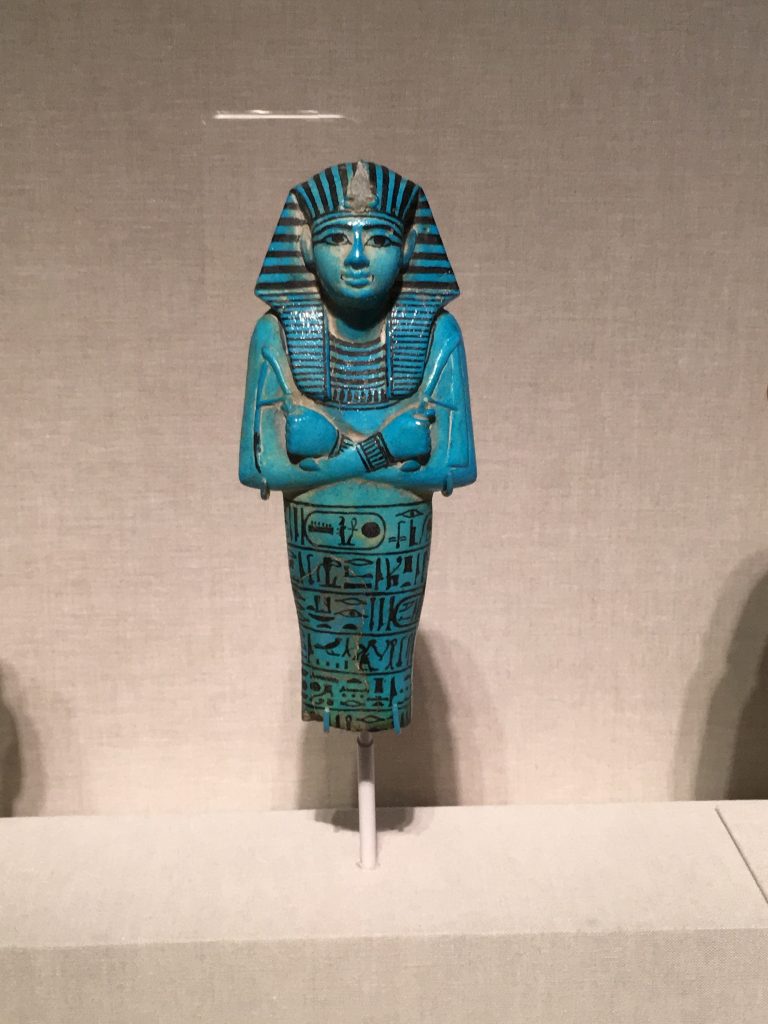
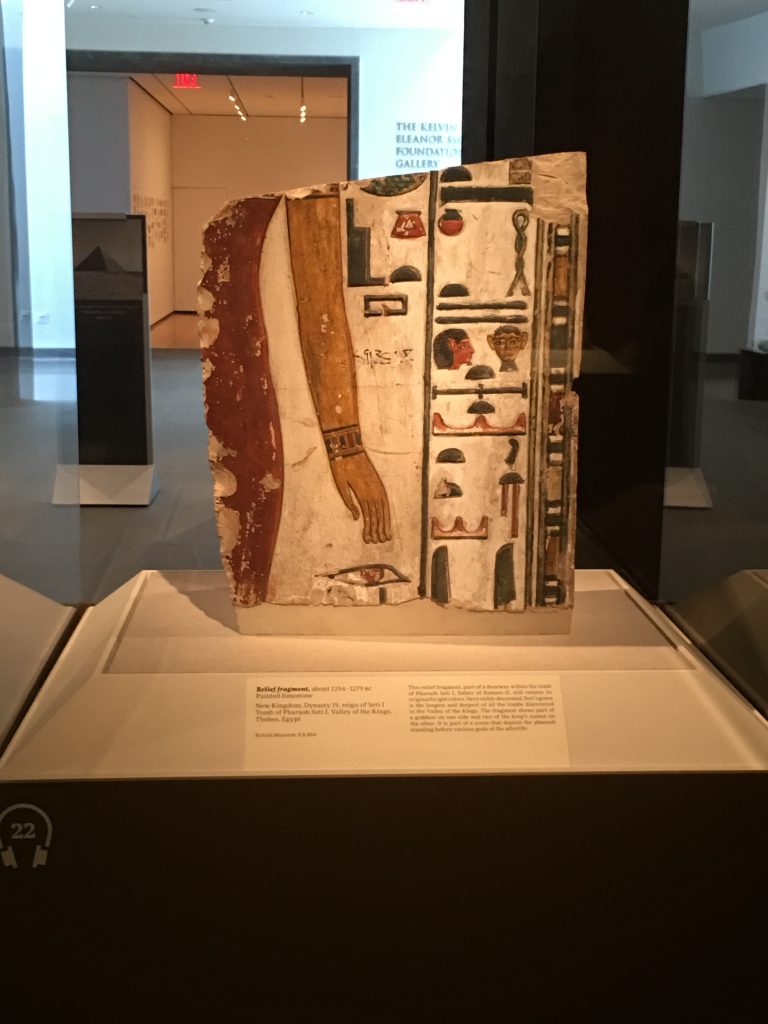
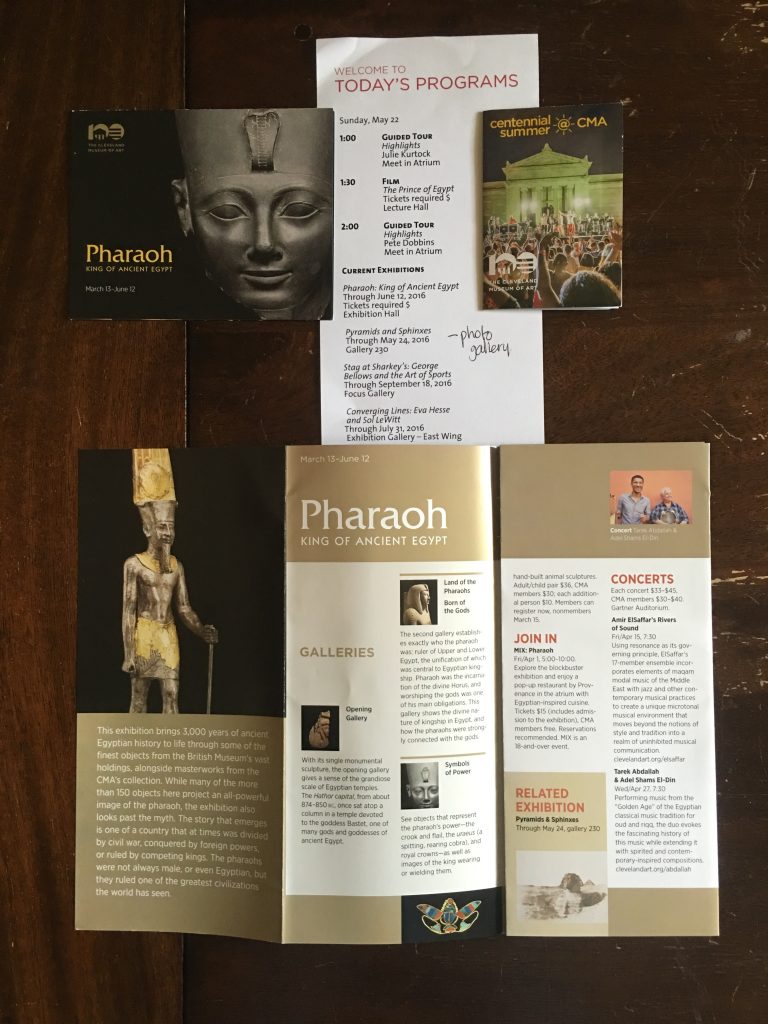
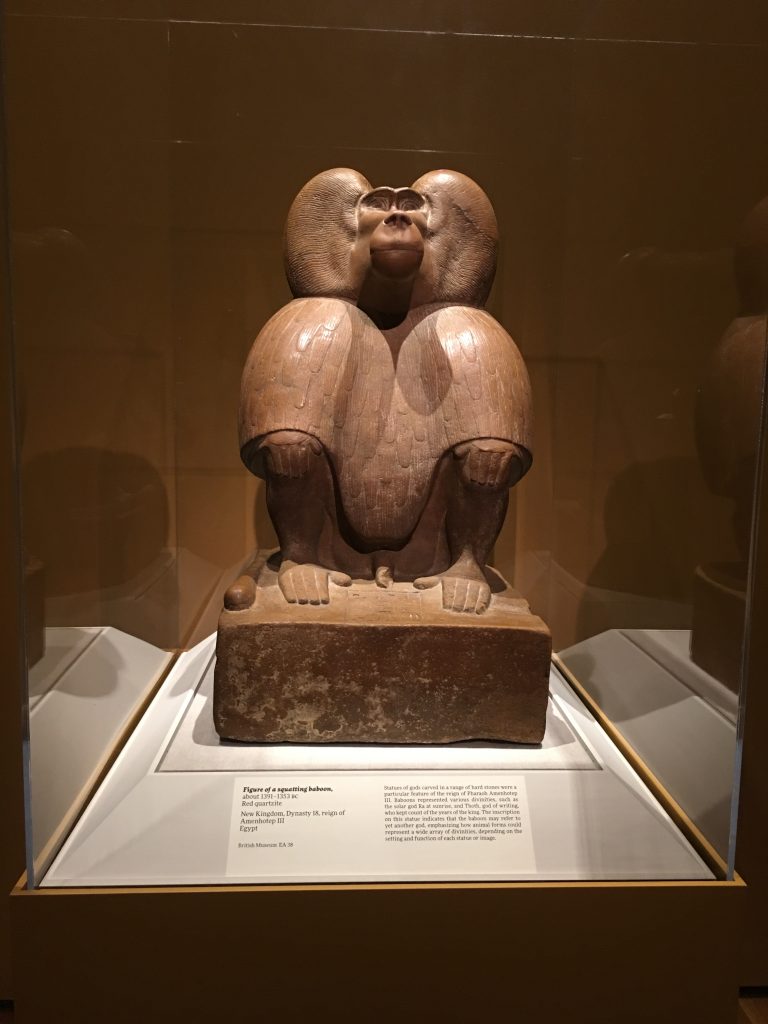
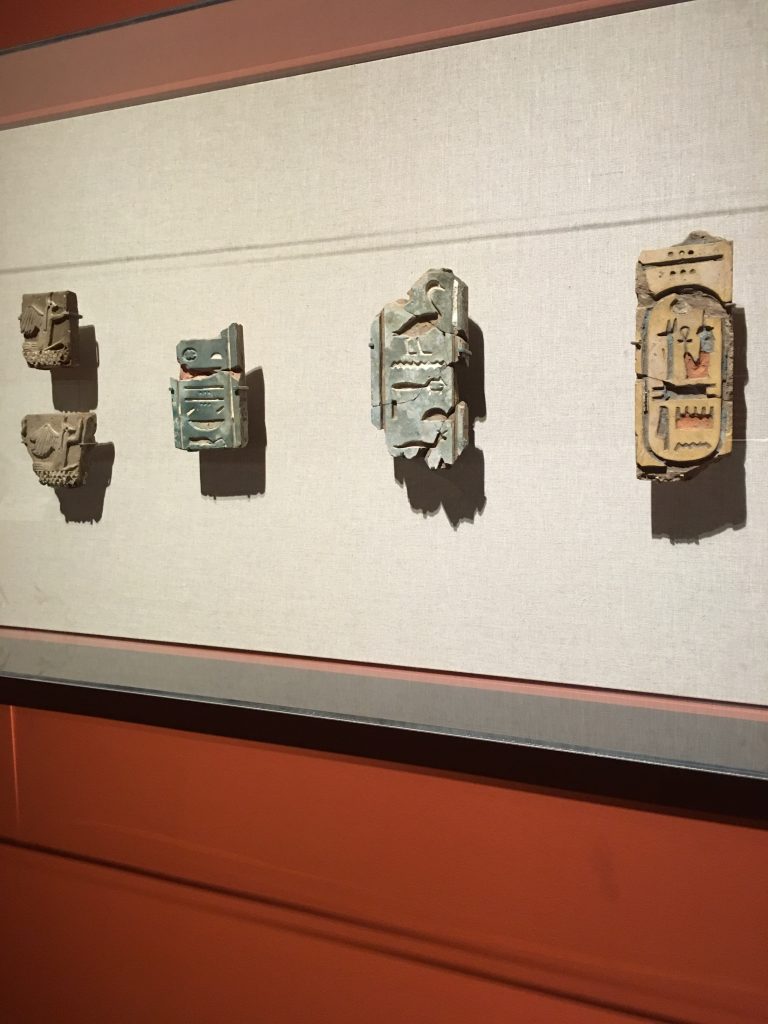
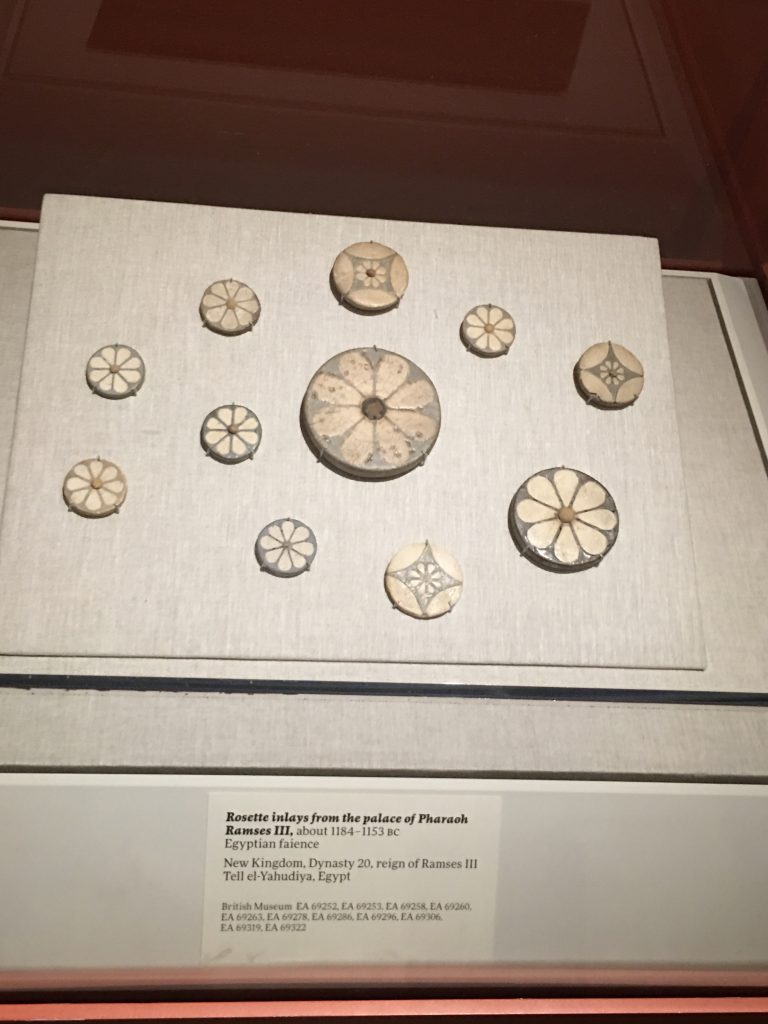
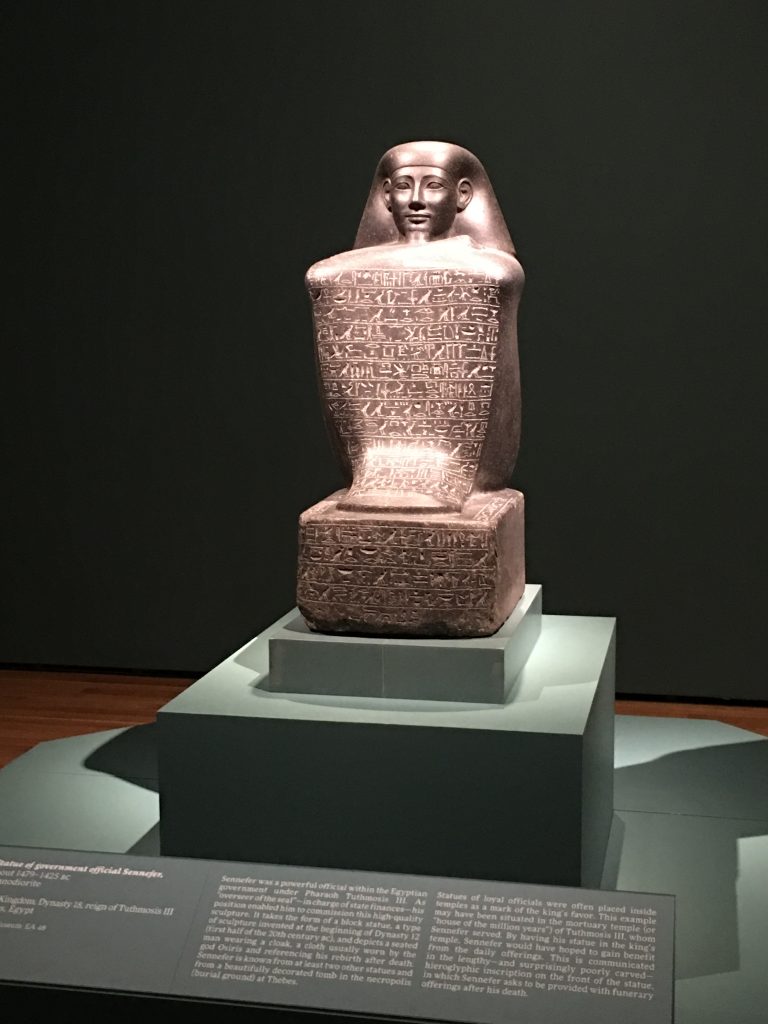
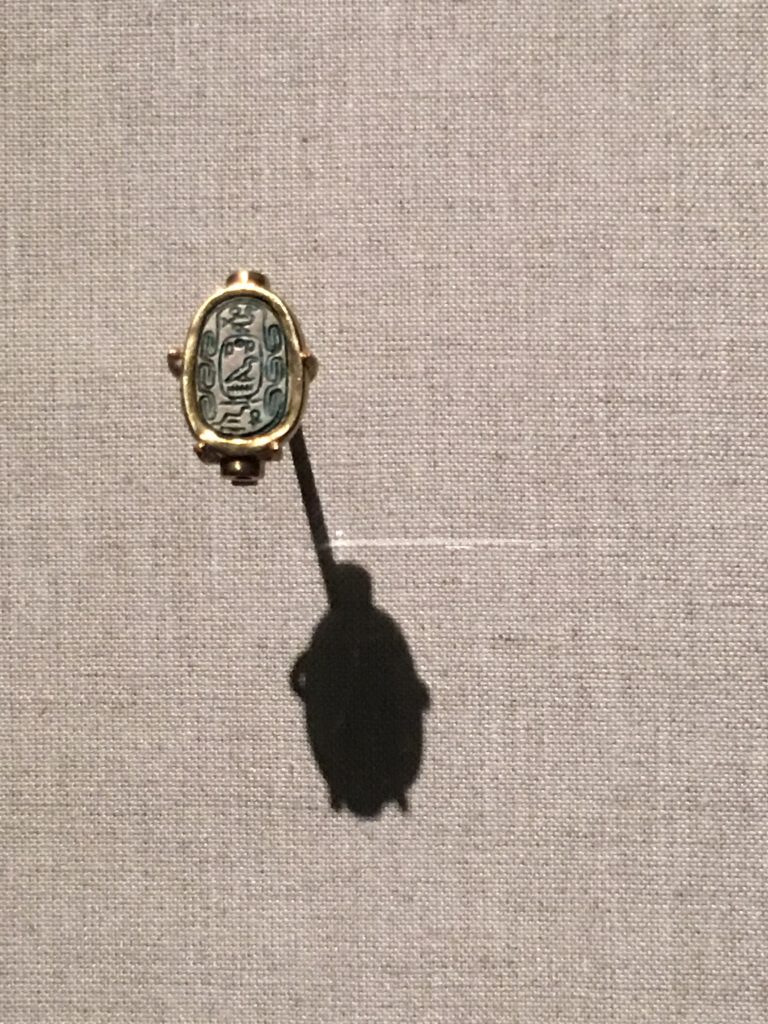
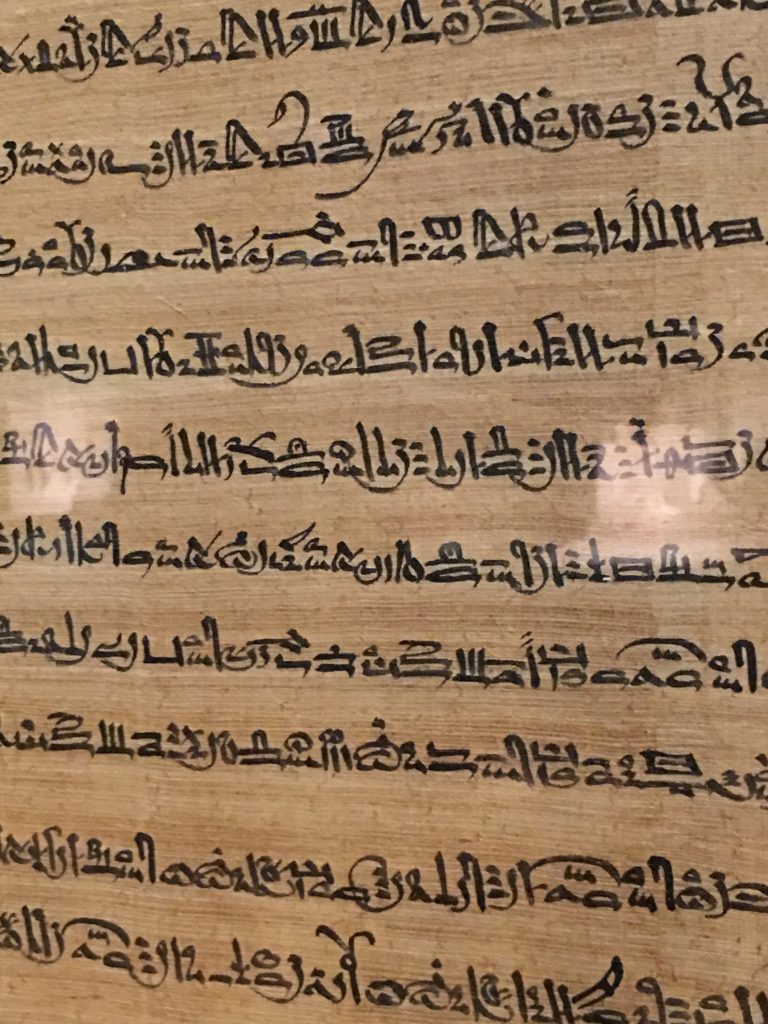
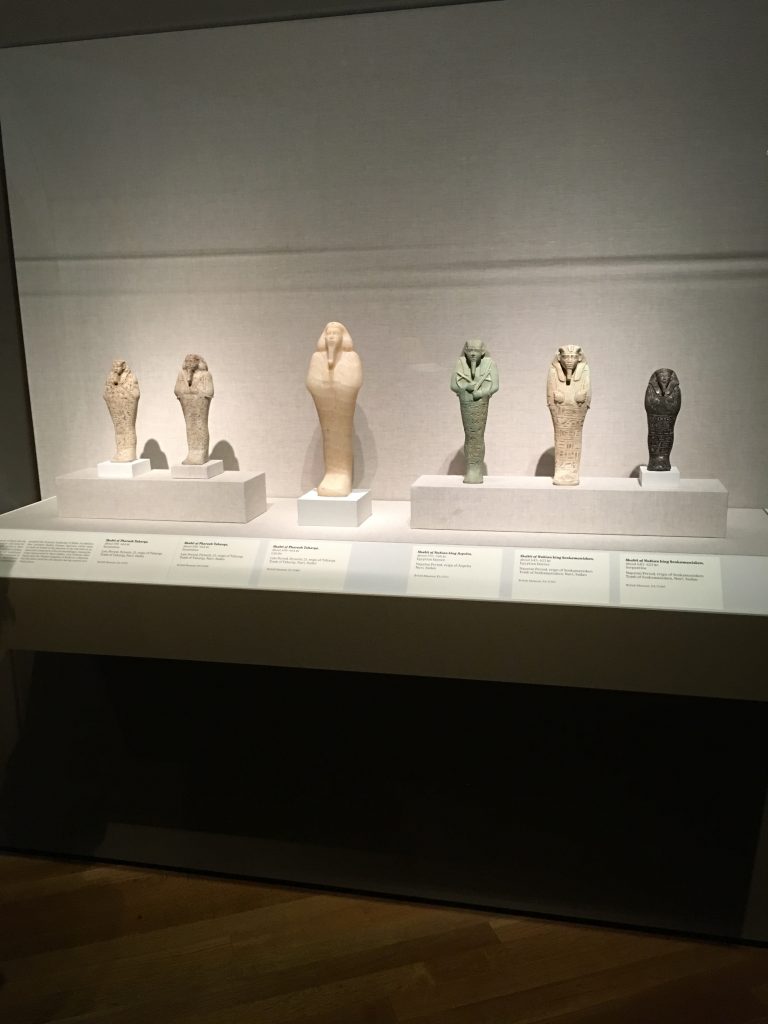
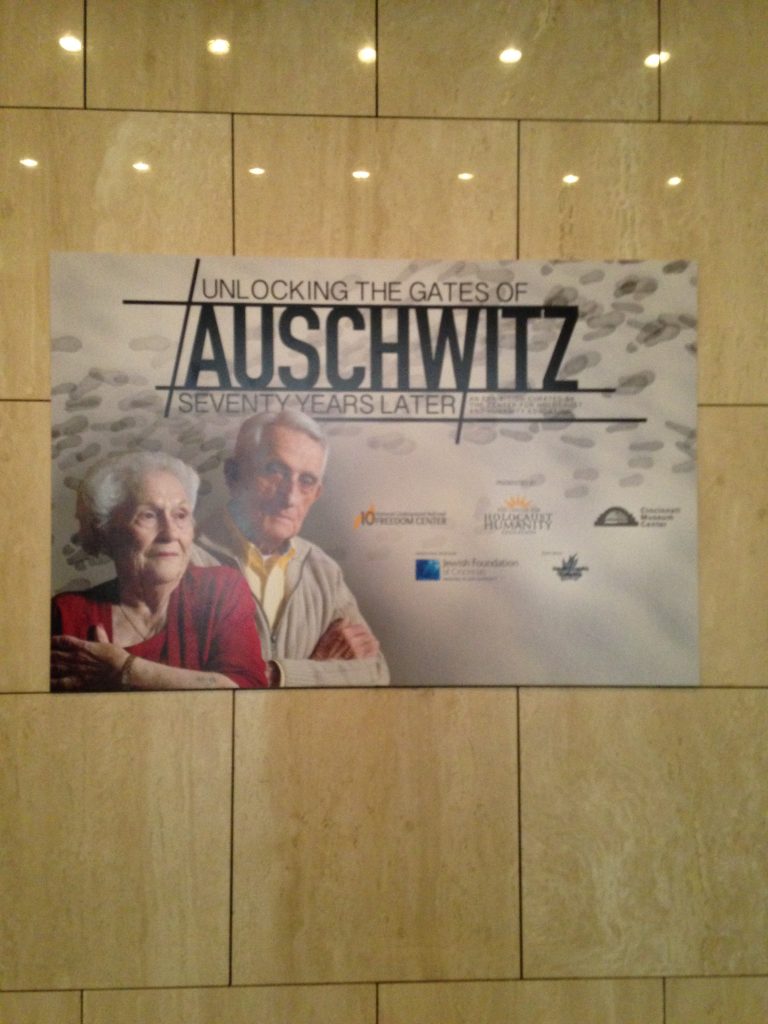
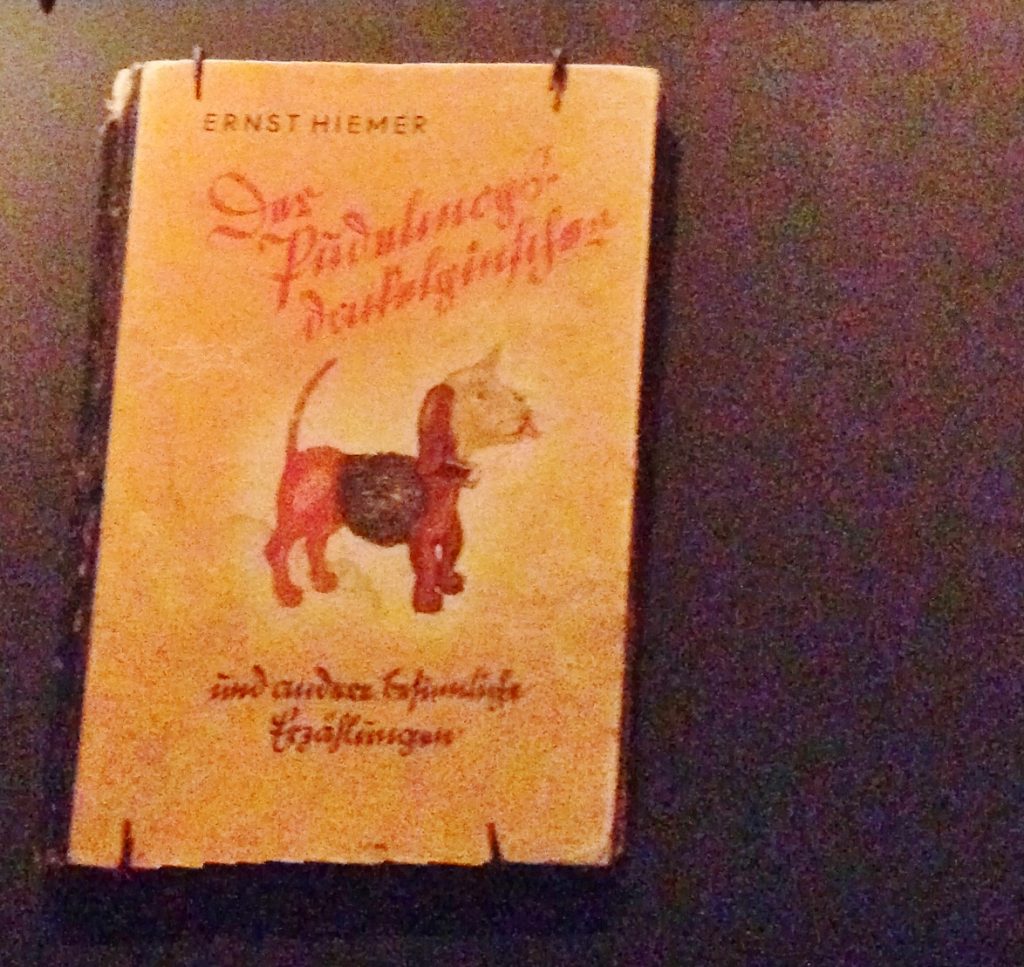
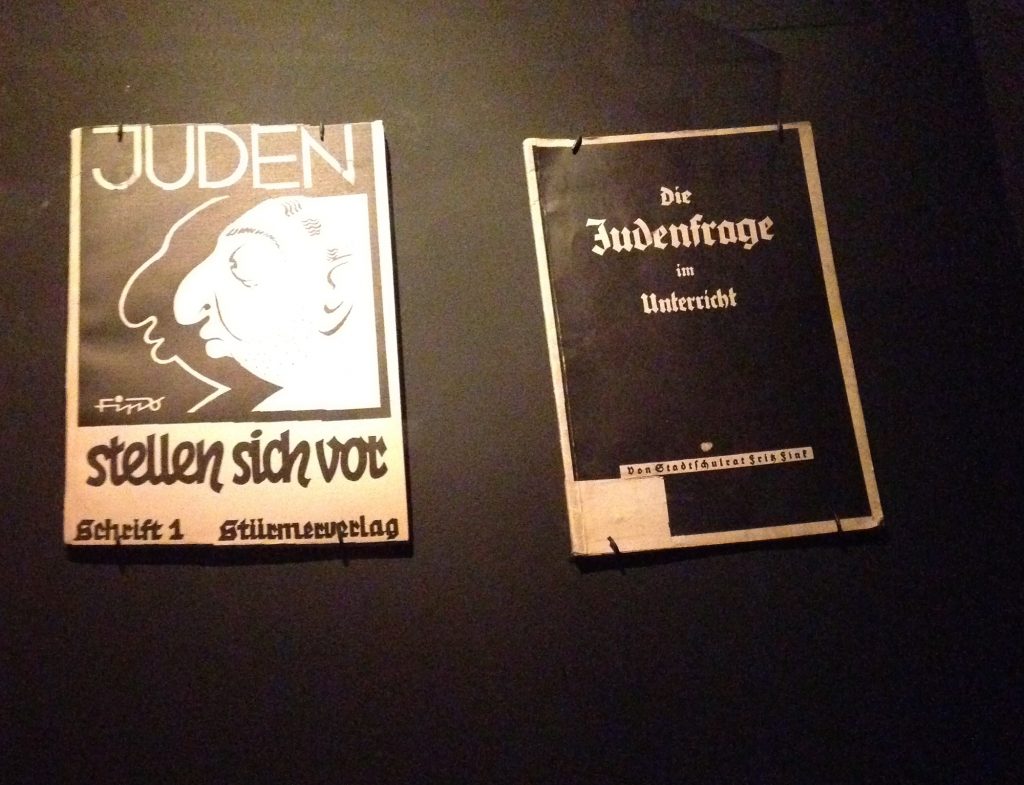
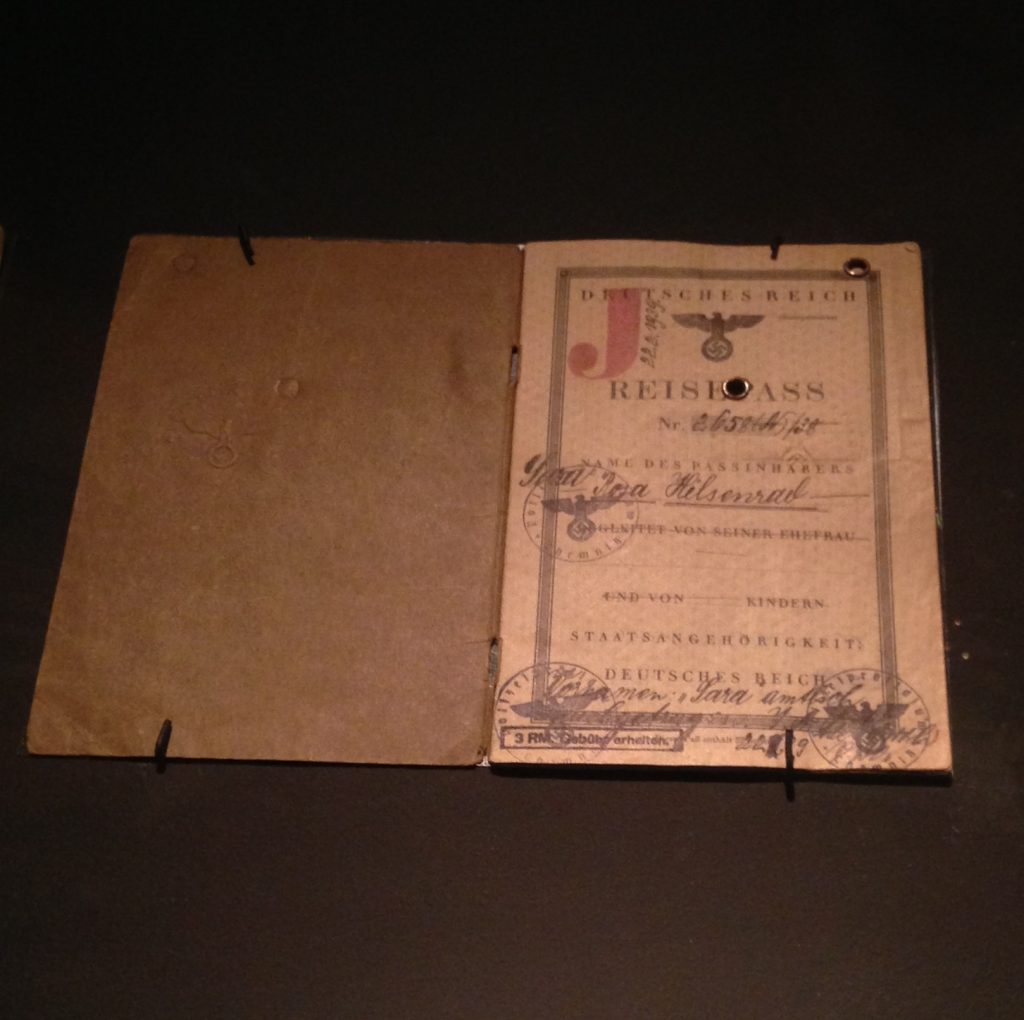
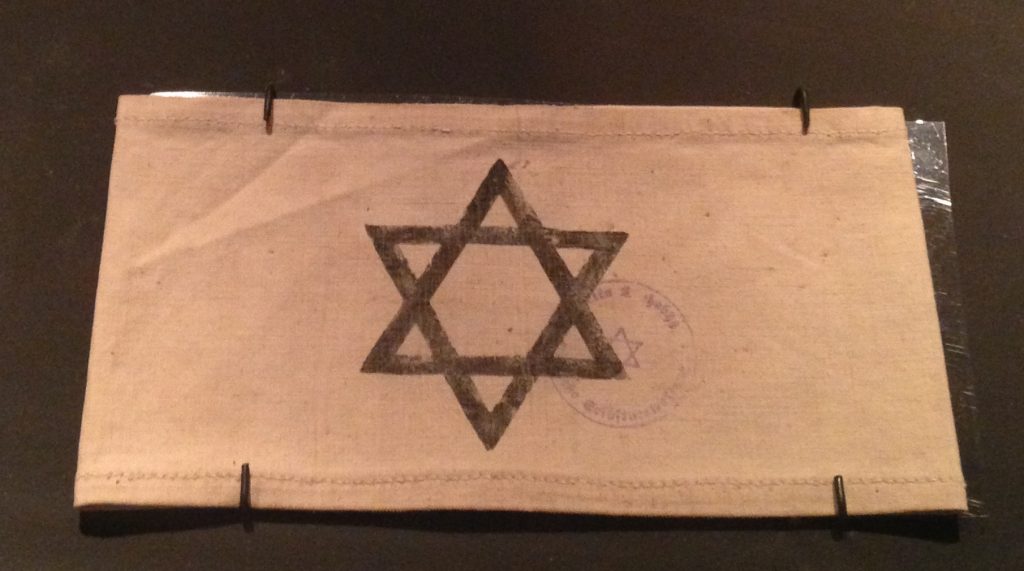
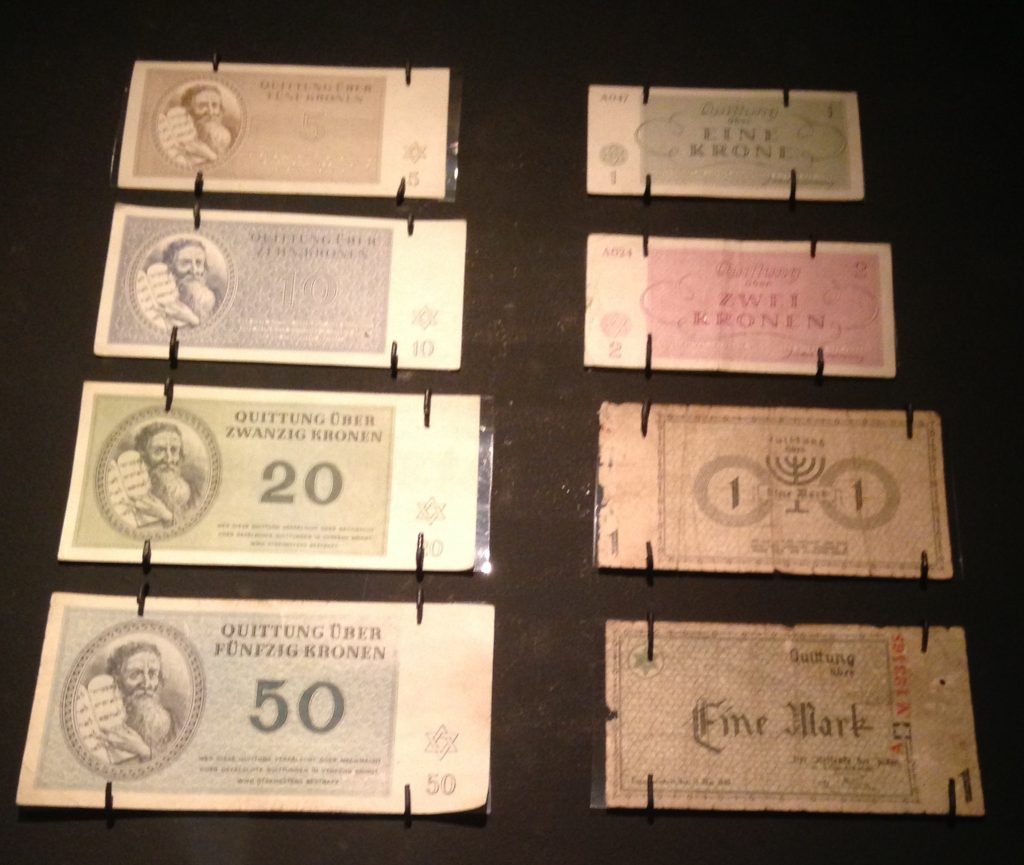
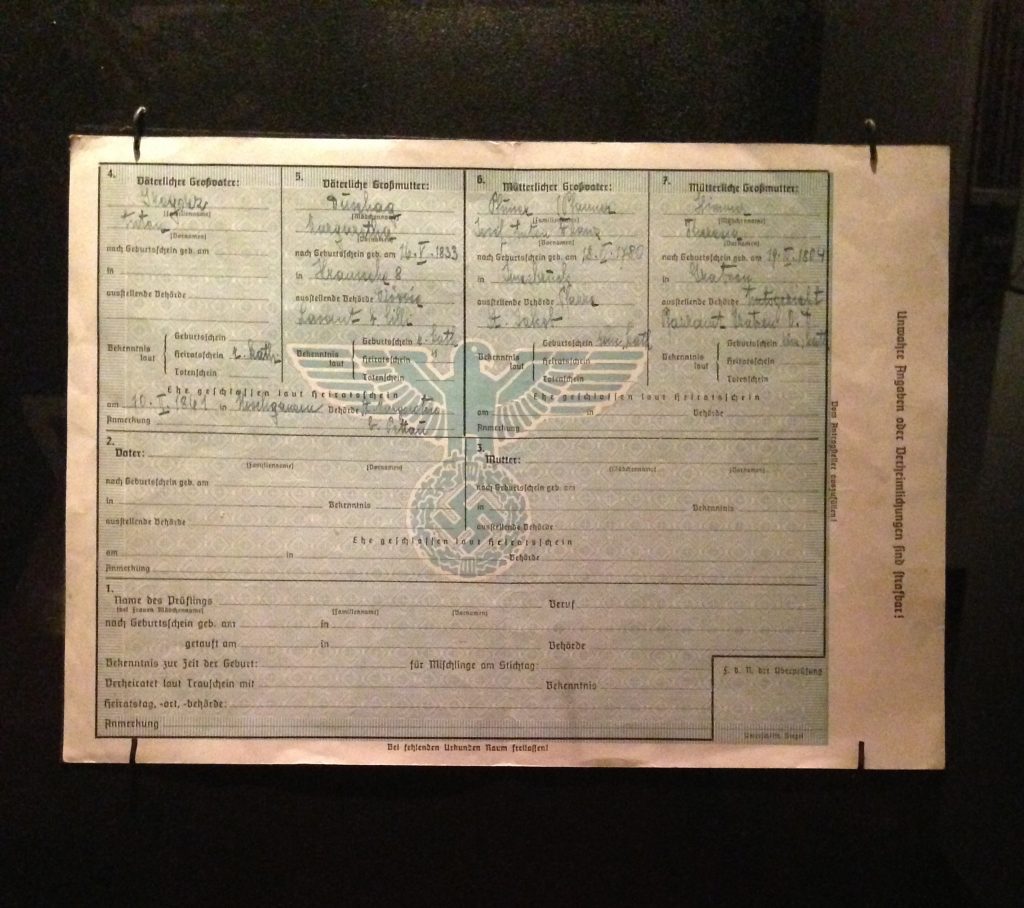
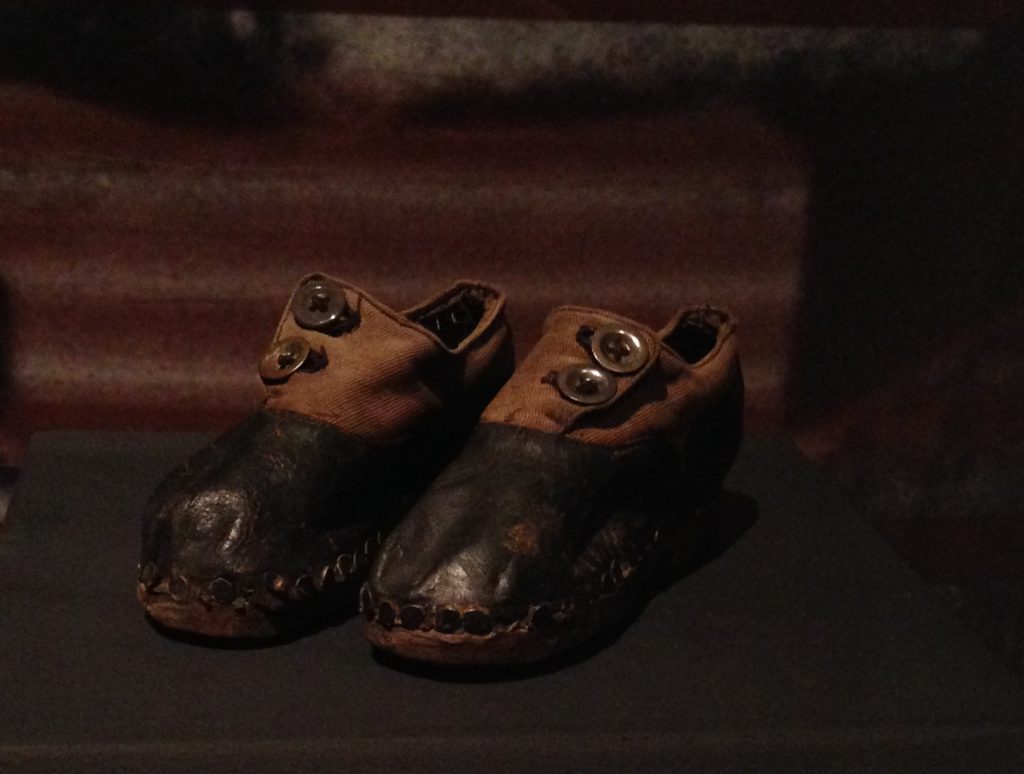
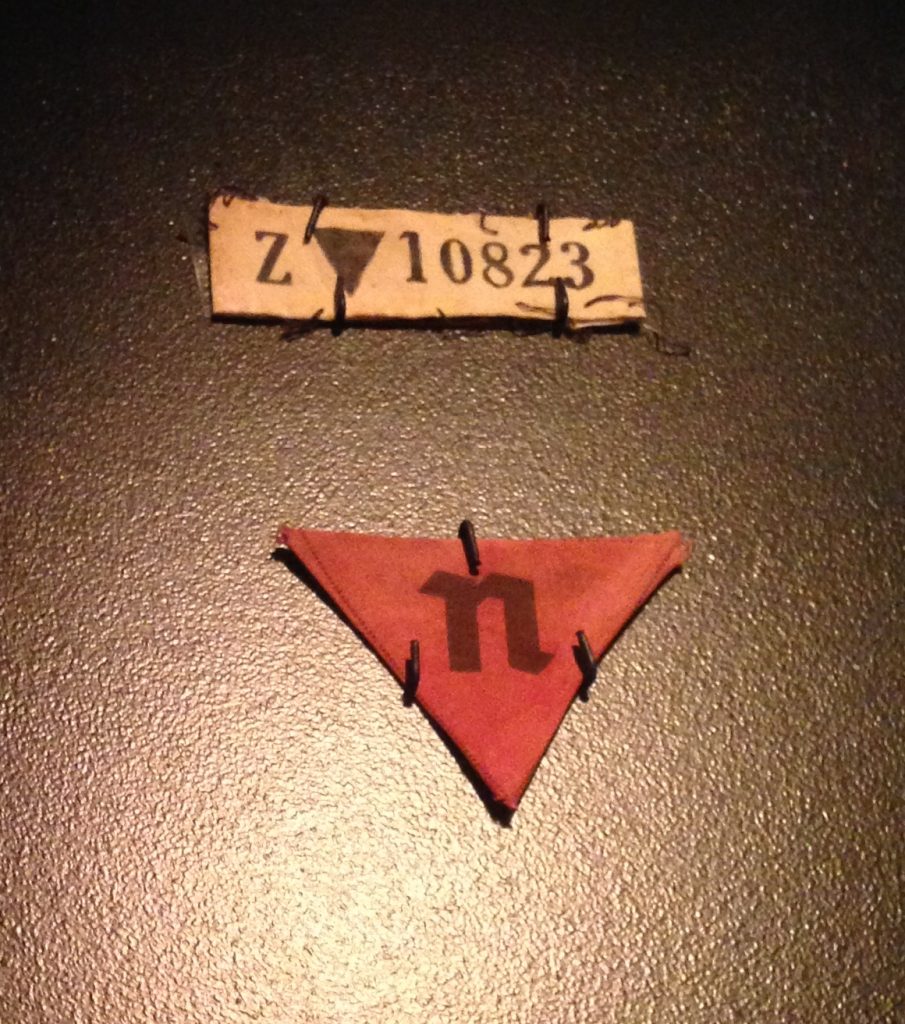
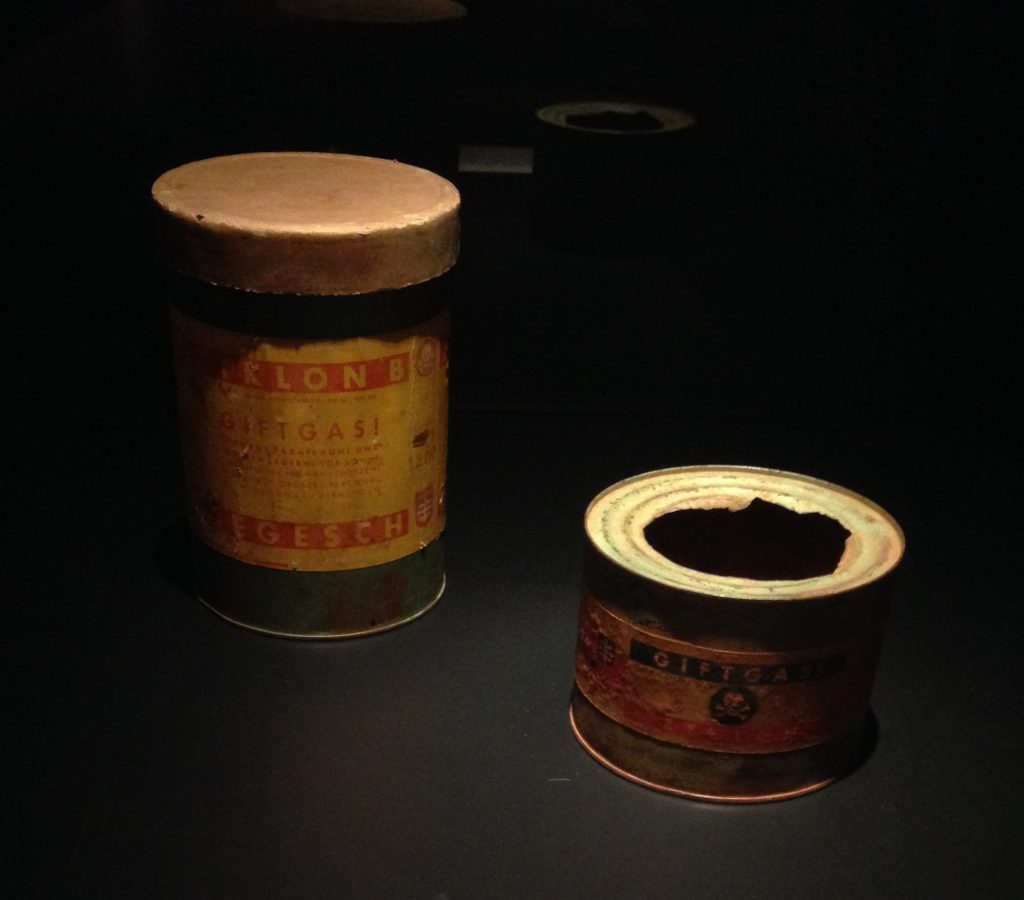
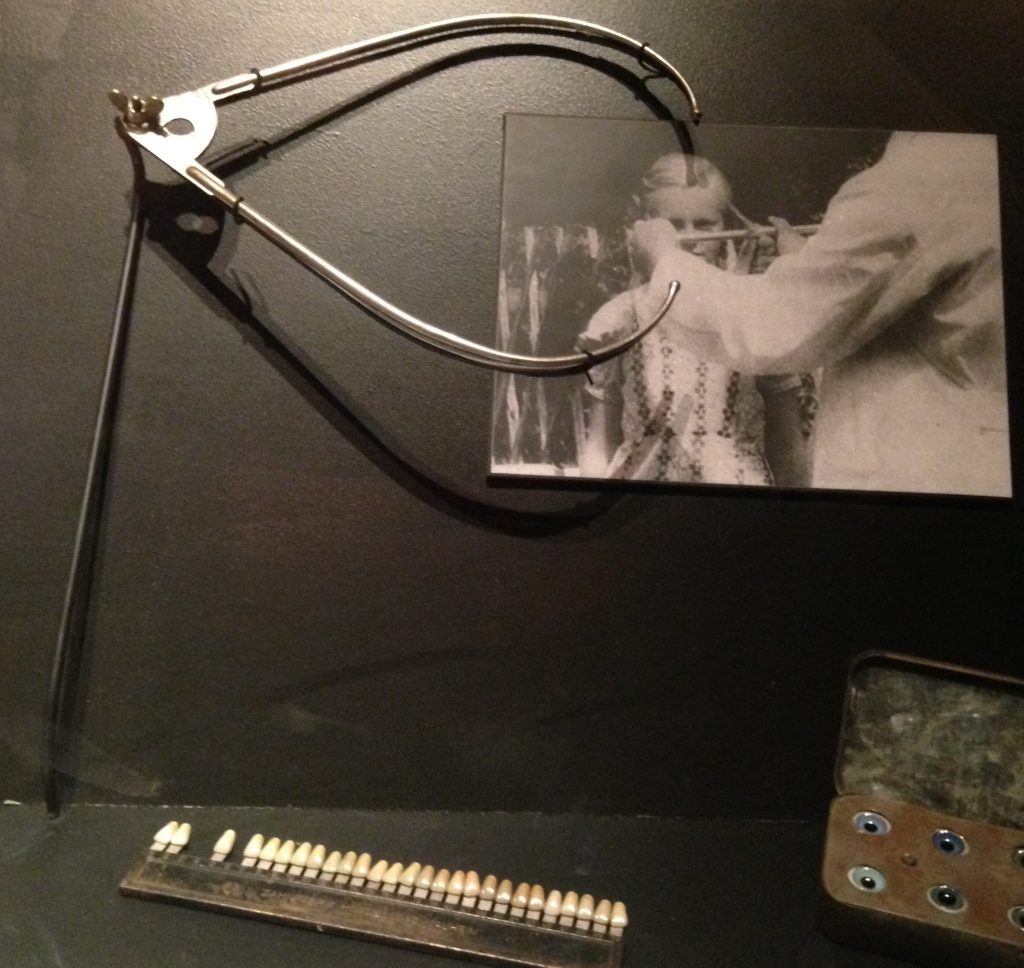
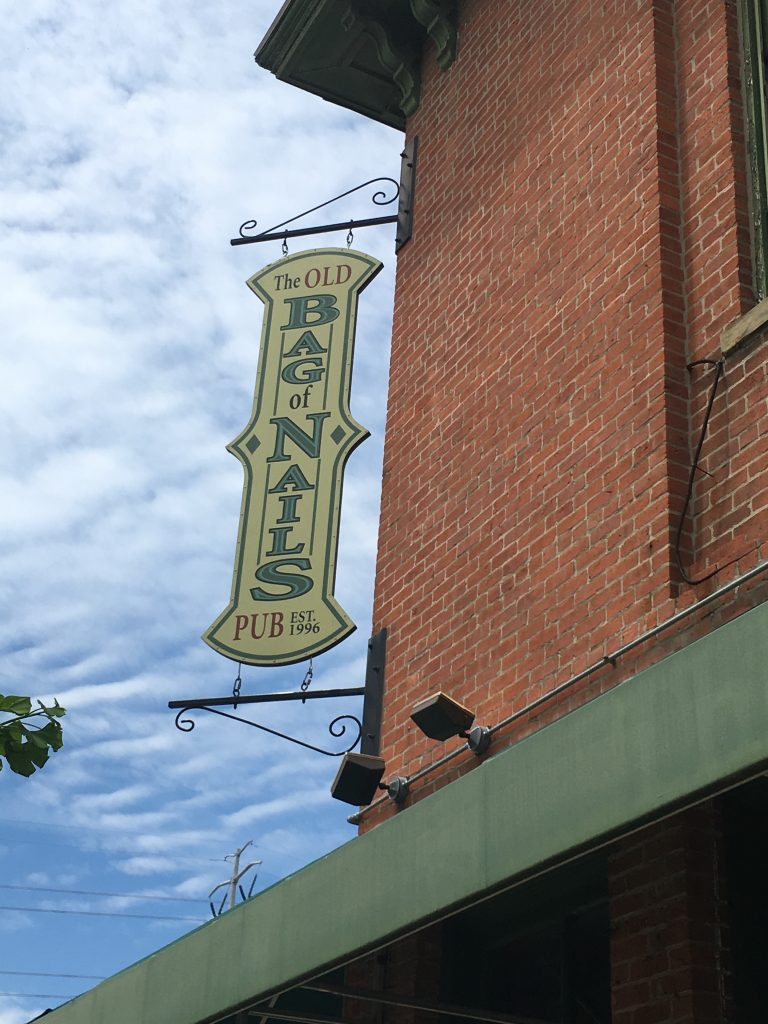
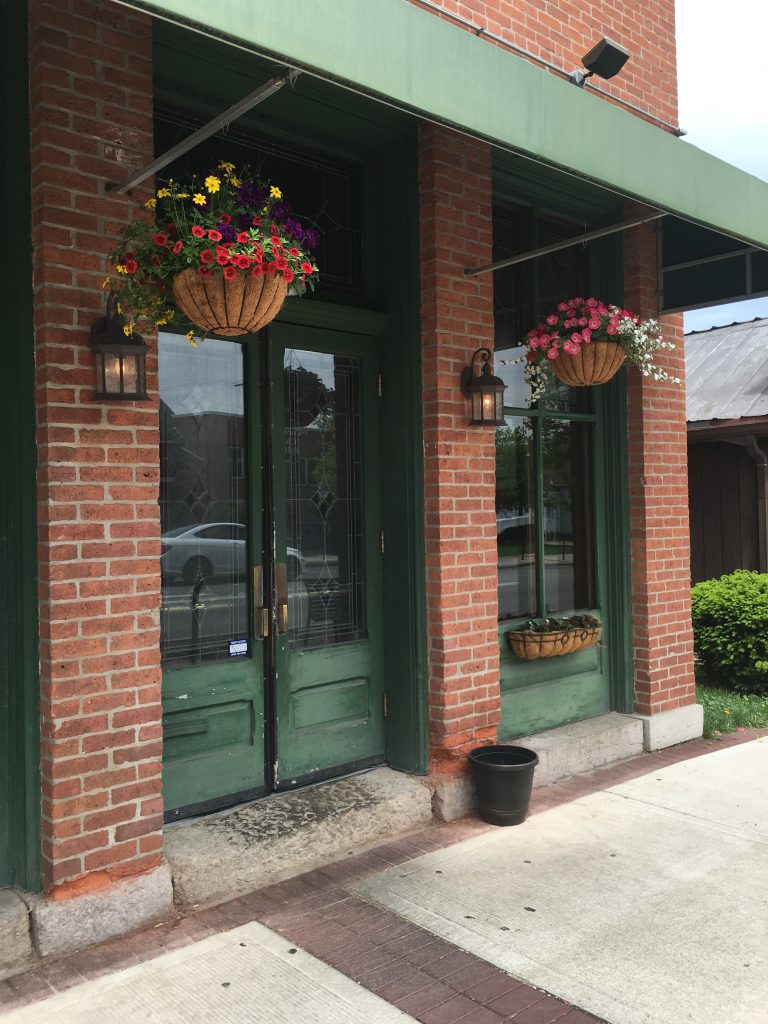
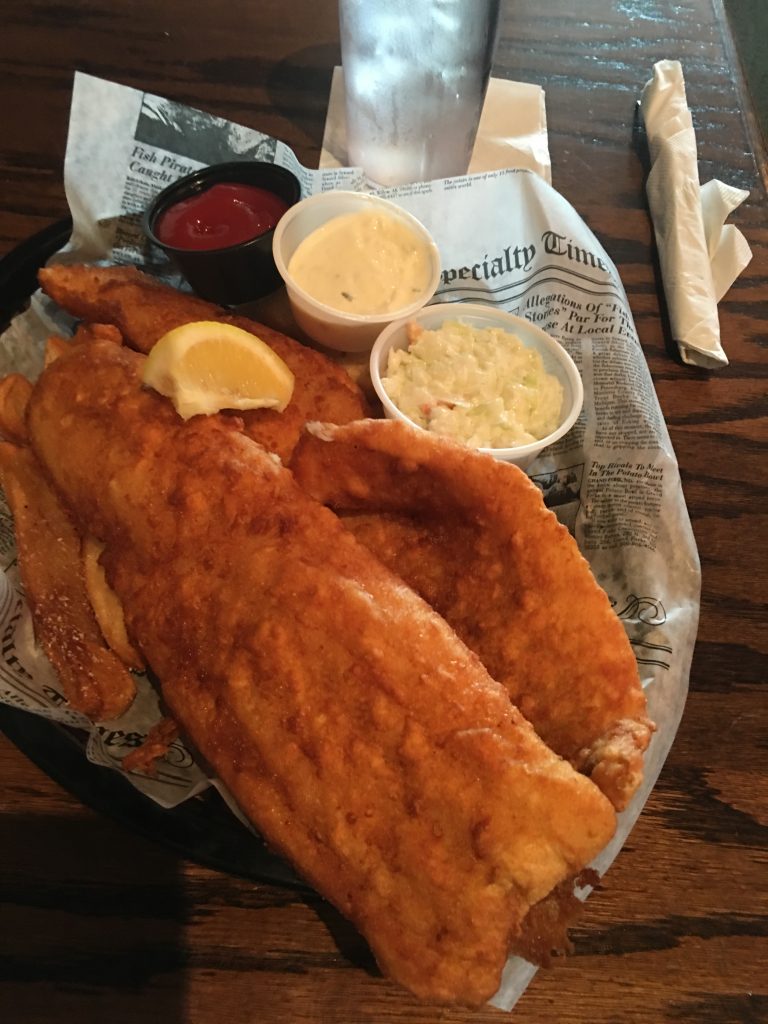
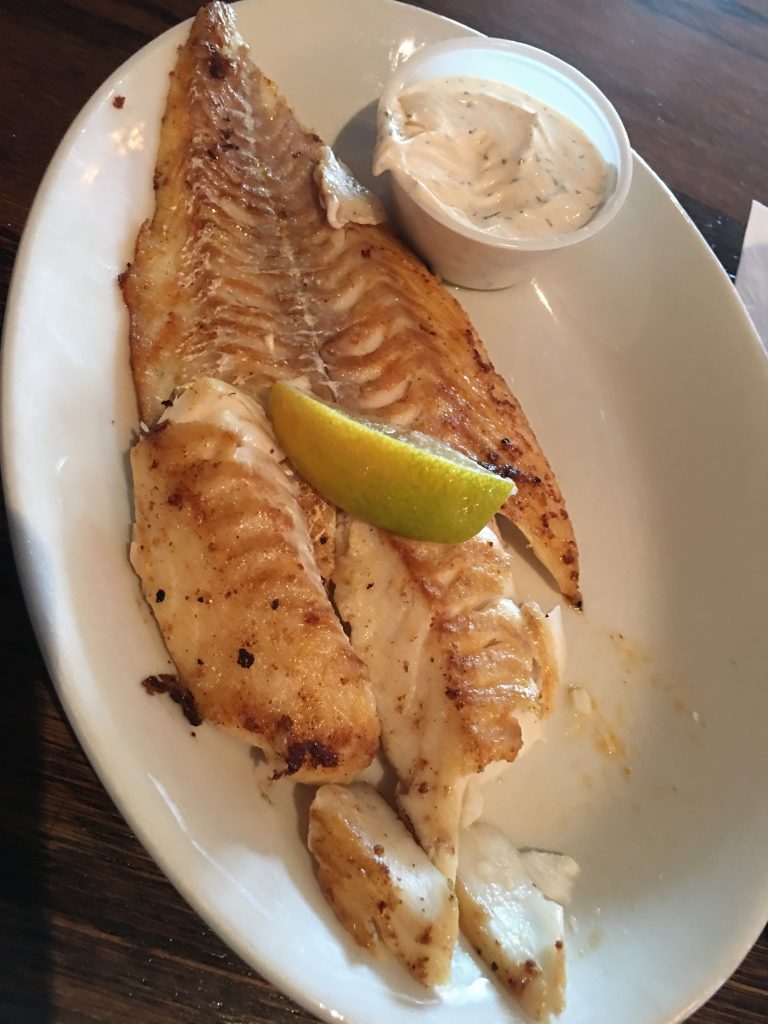
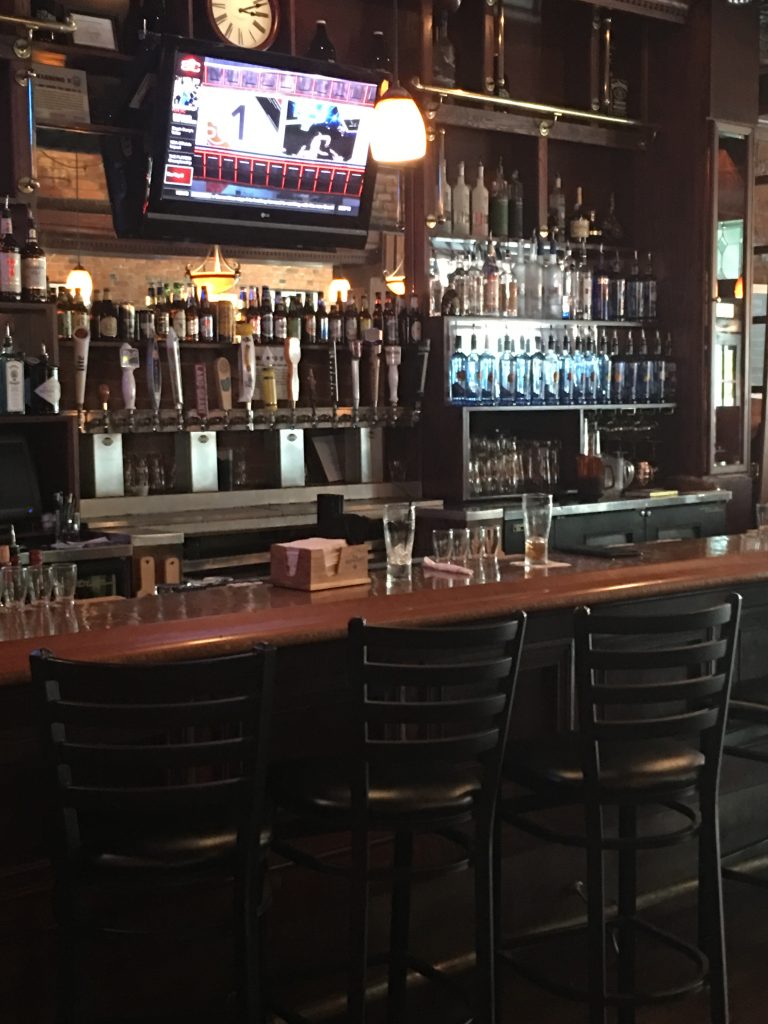 The Bar at The Old Bag of Nails Pub
The Bar at The Old Bag of Nails Pub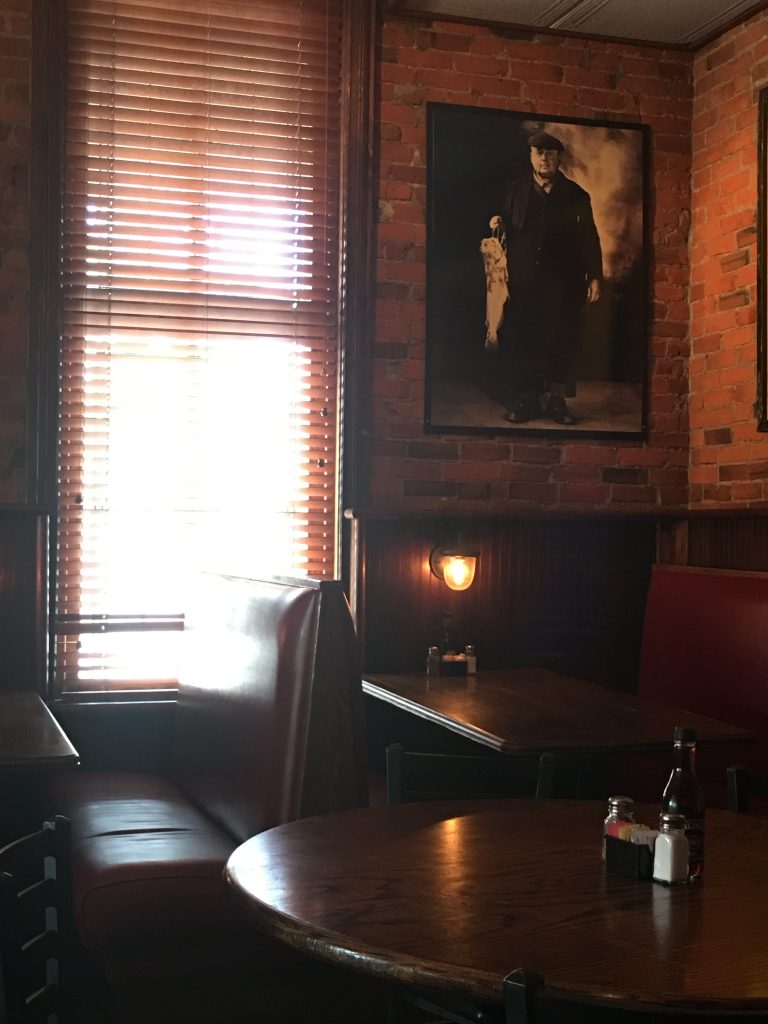
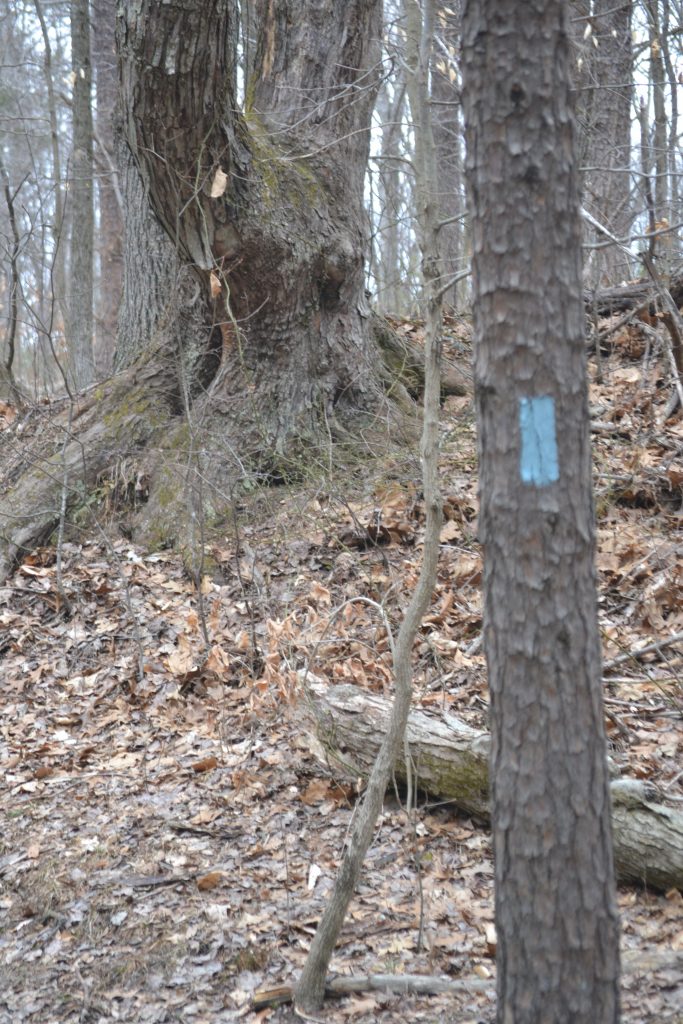
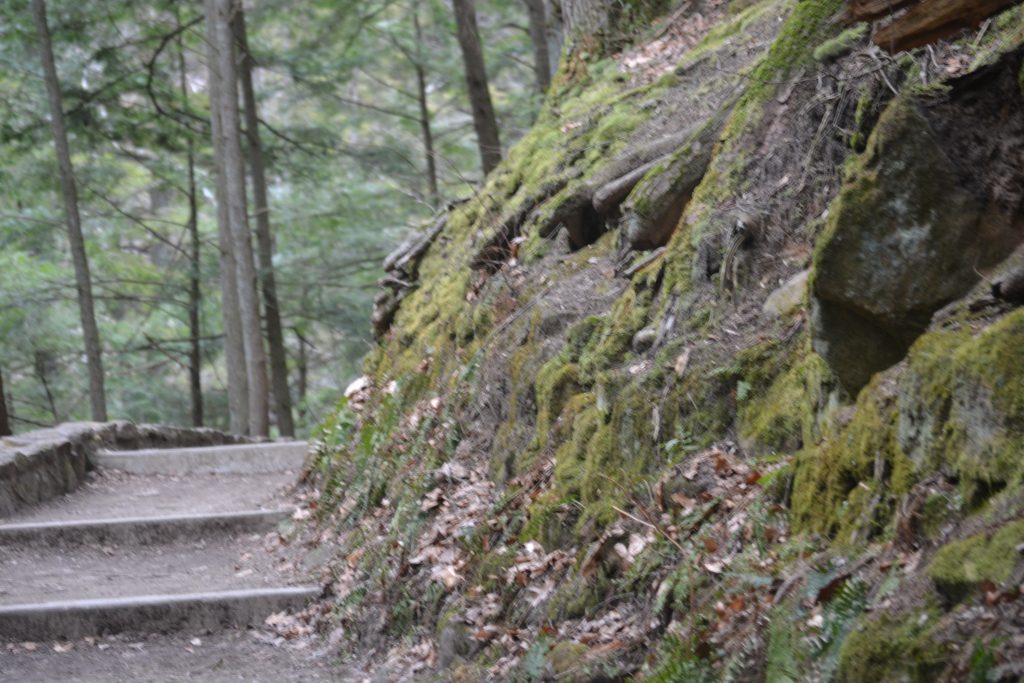
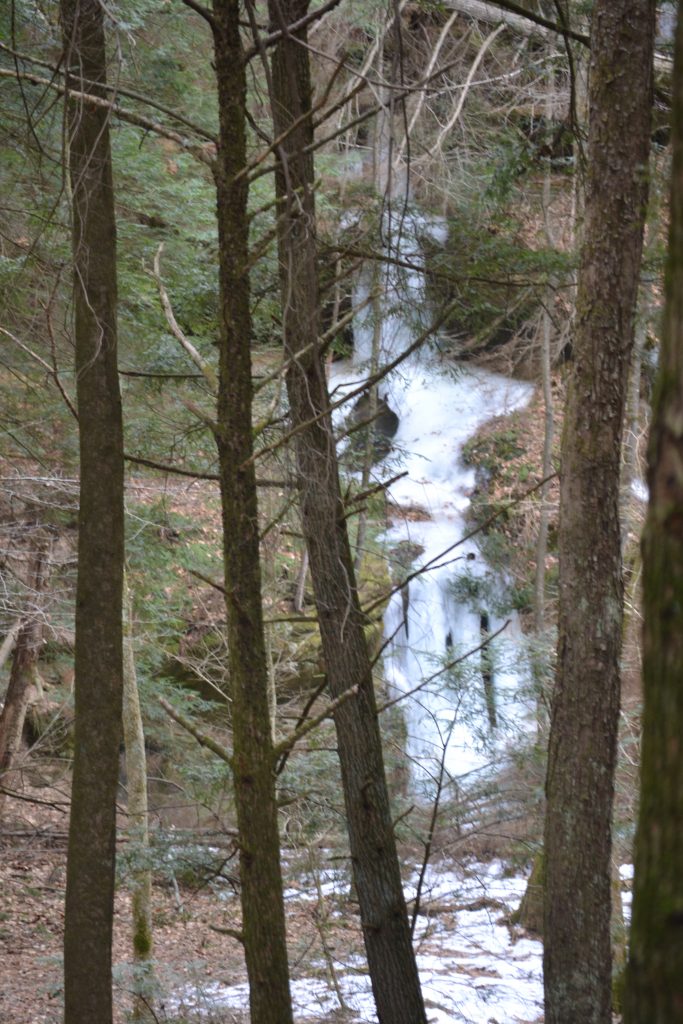
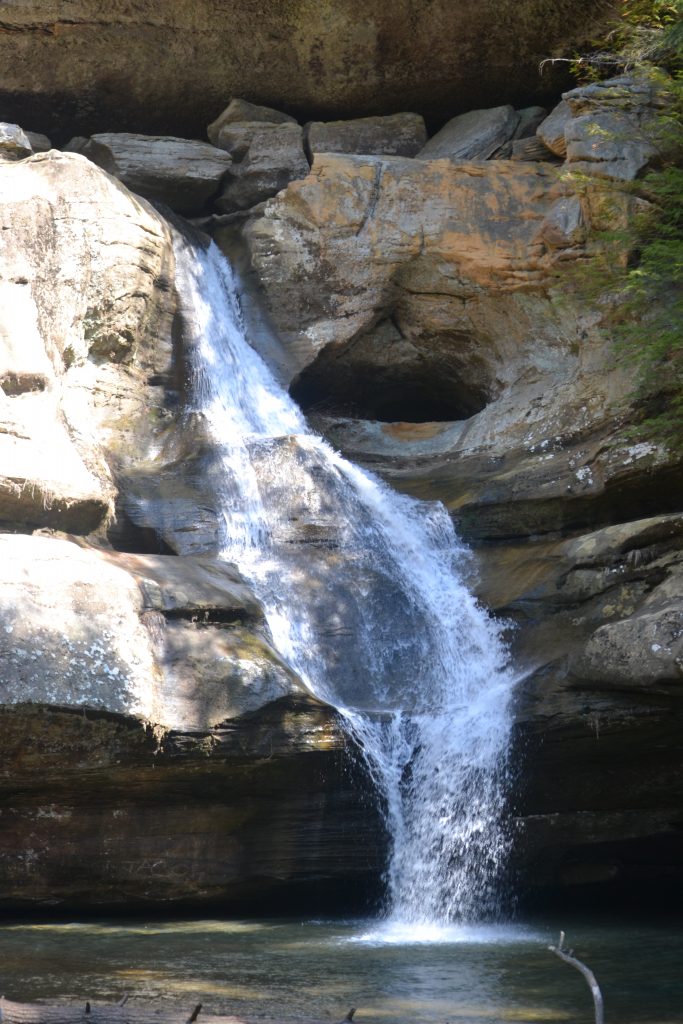
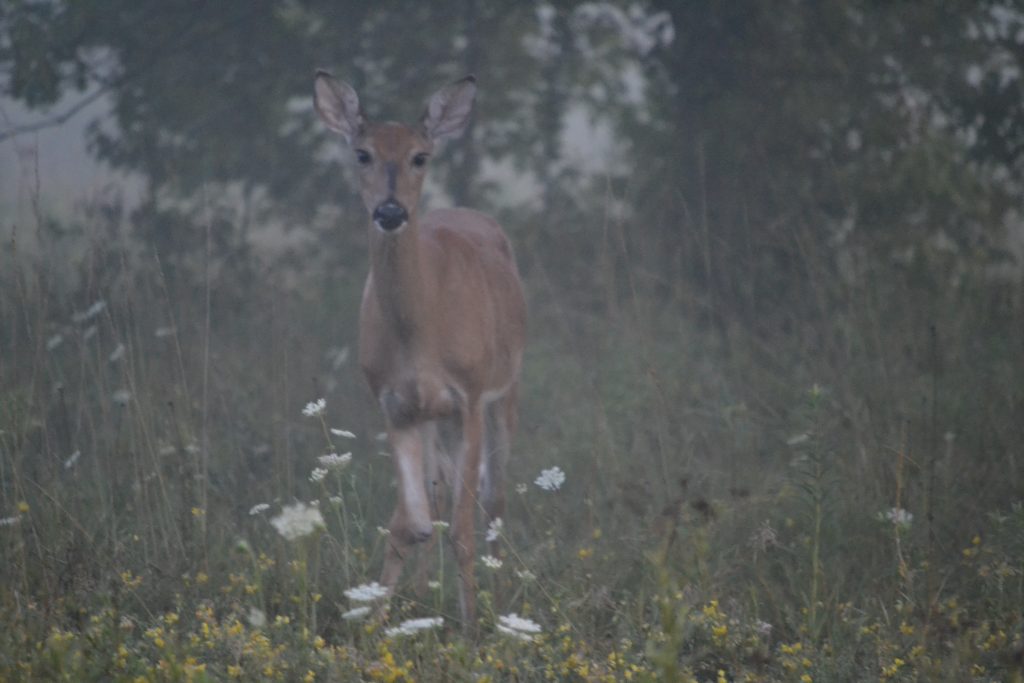
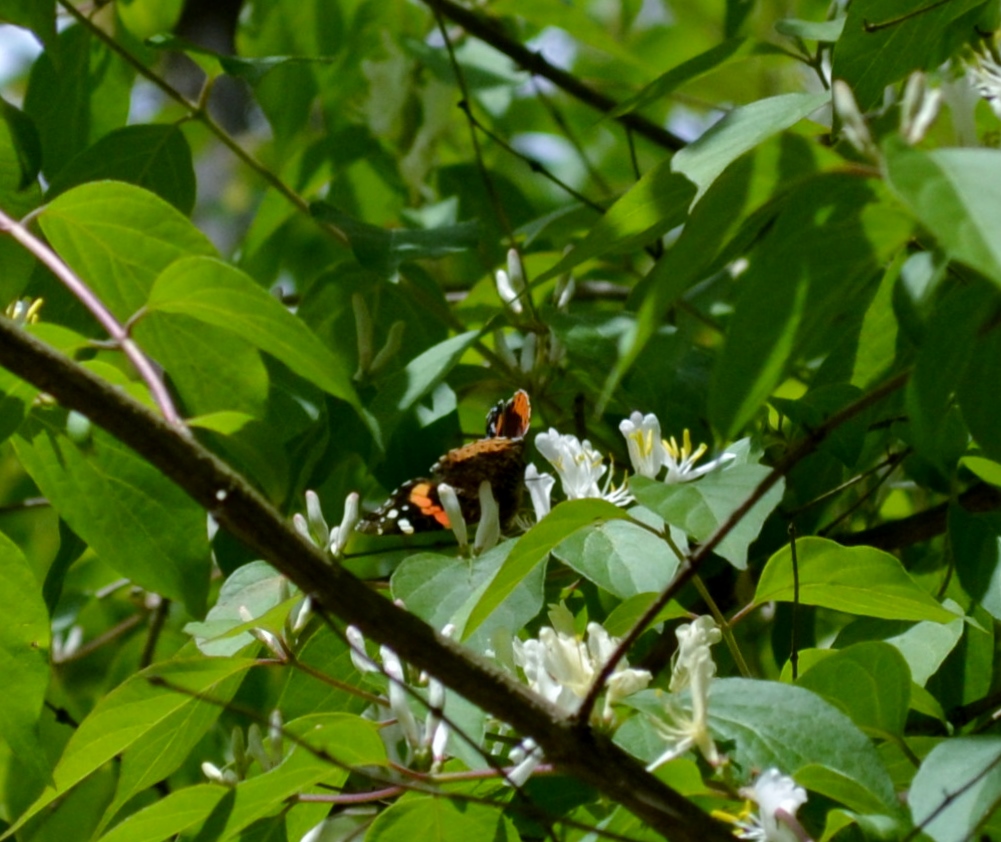
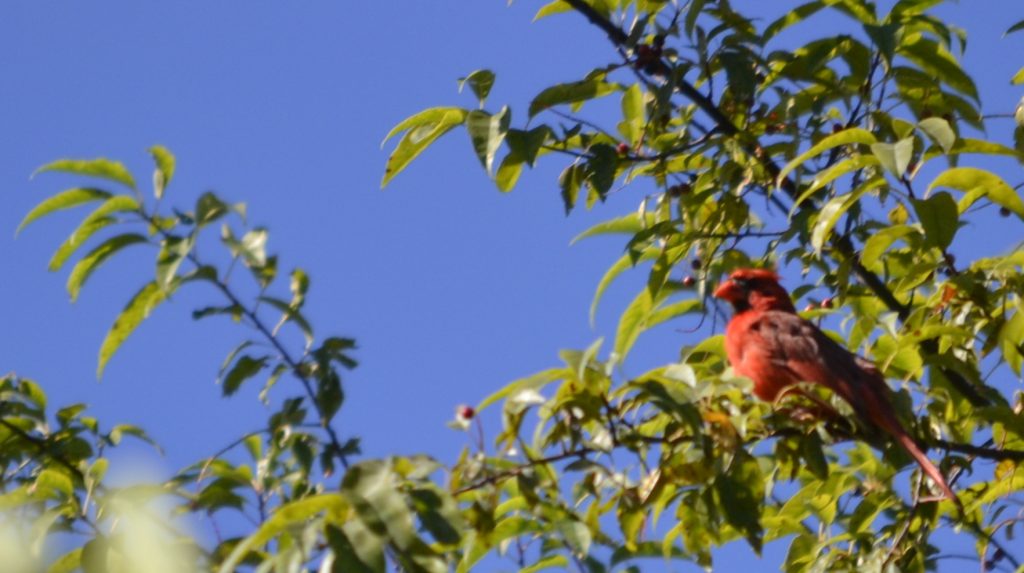
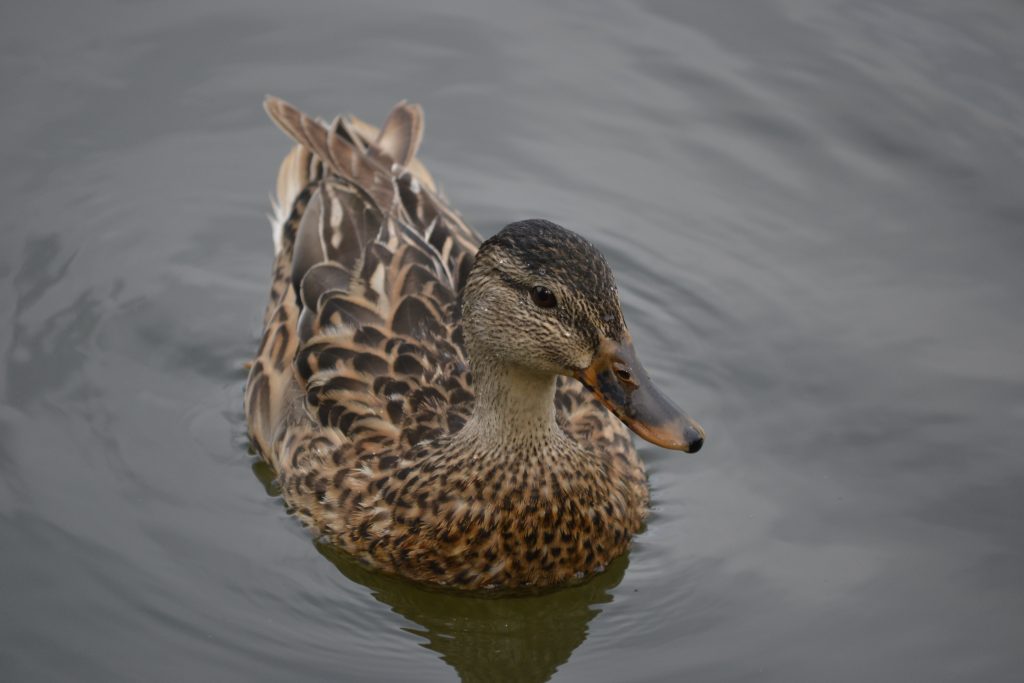
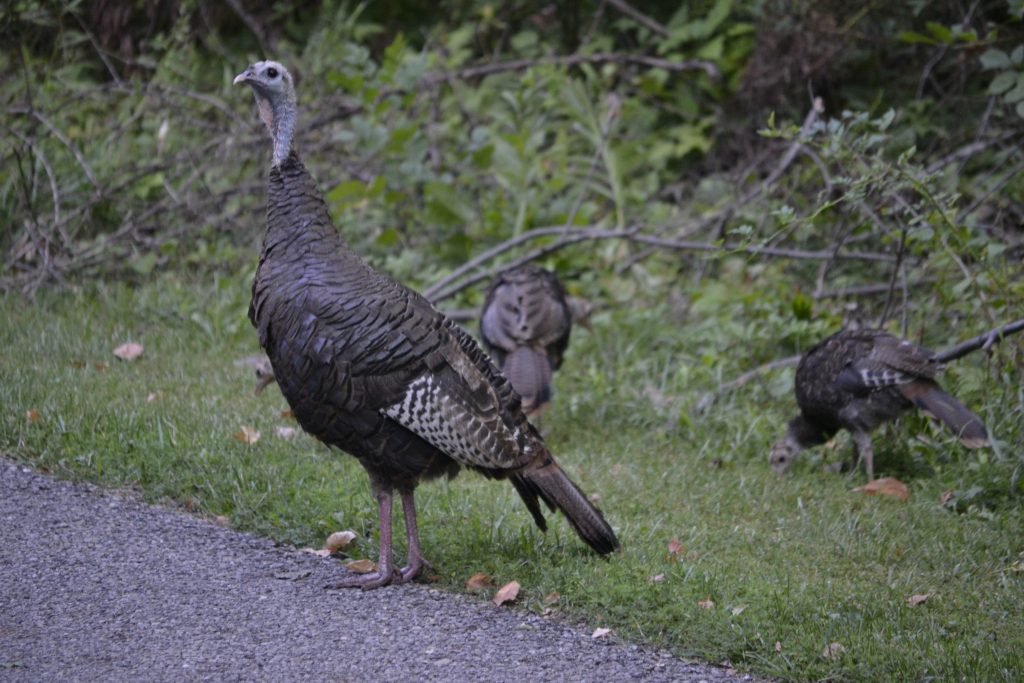
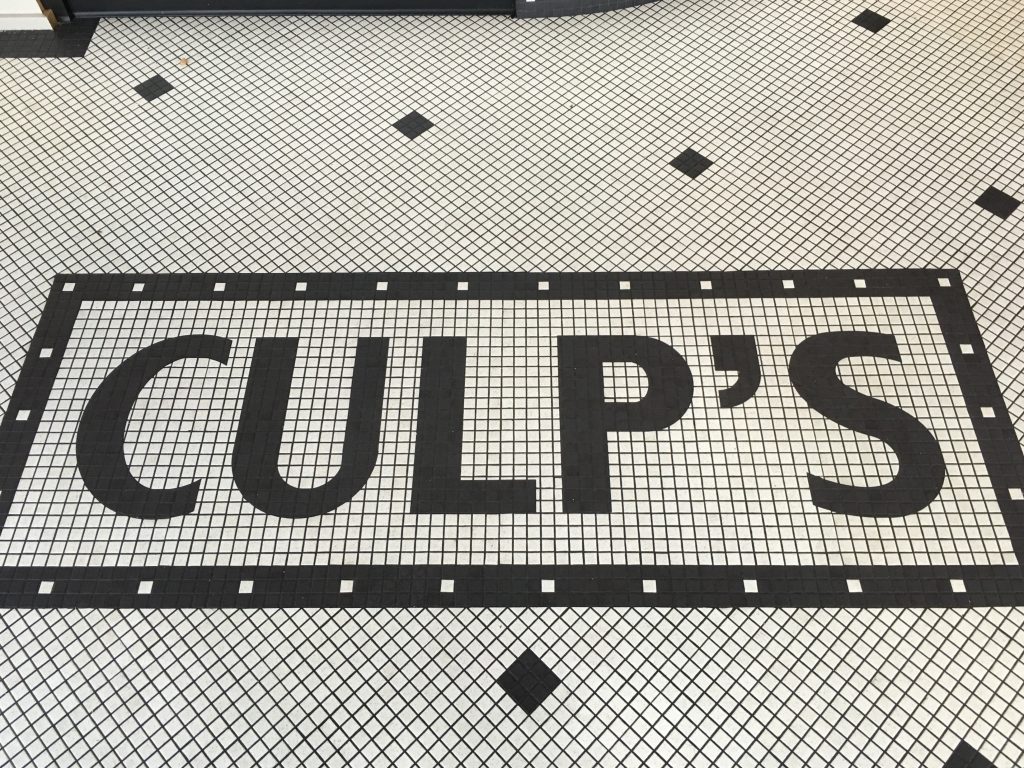
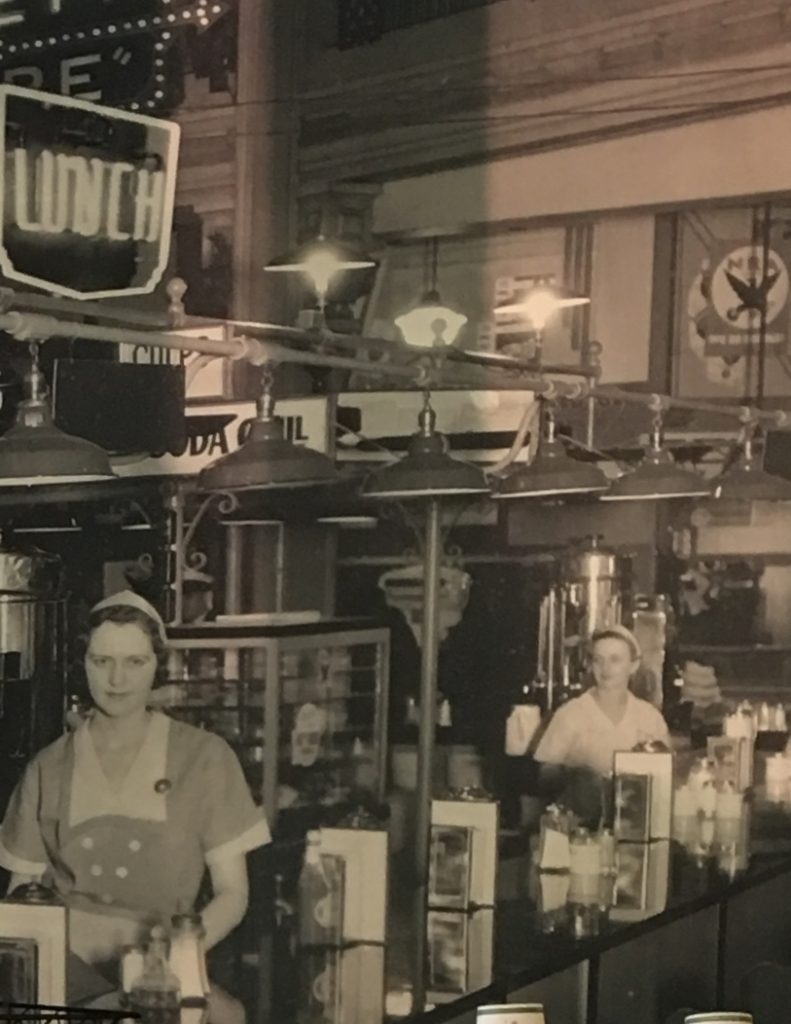
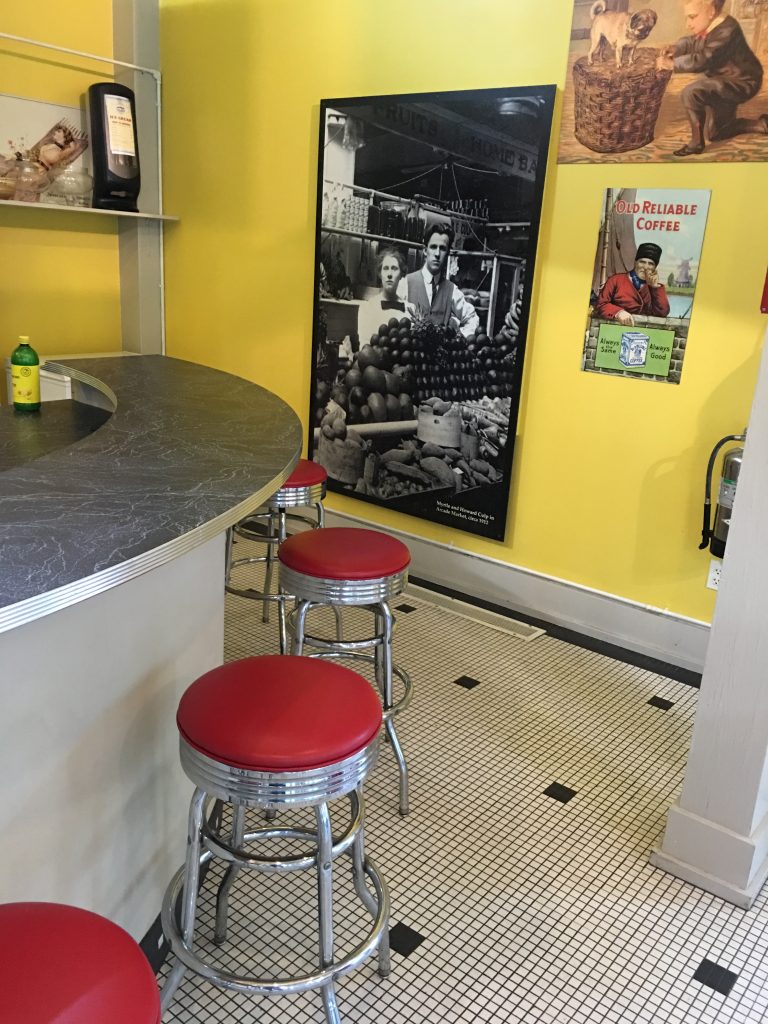
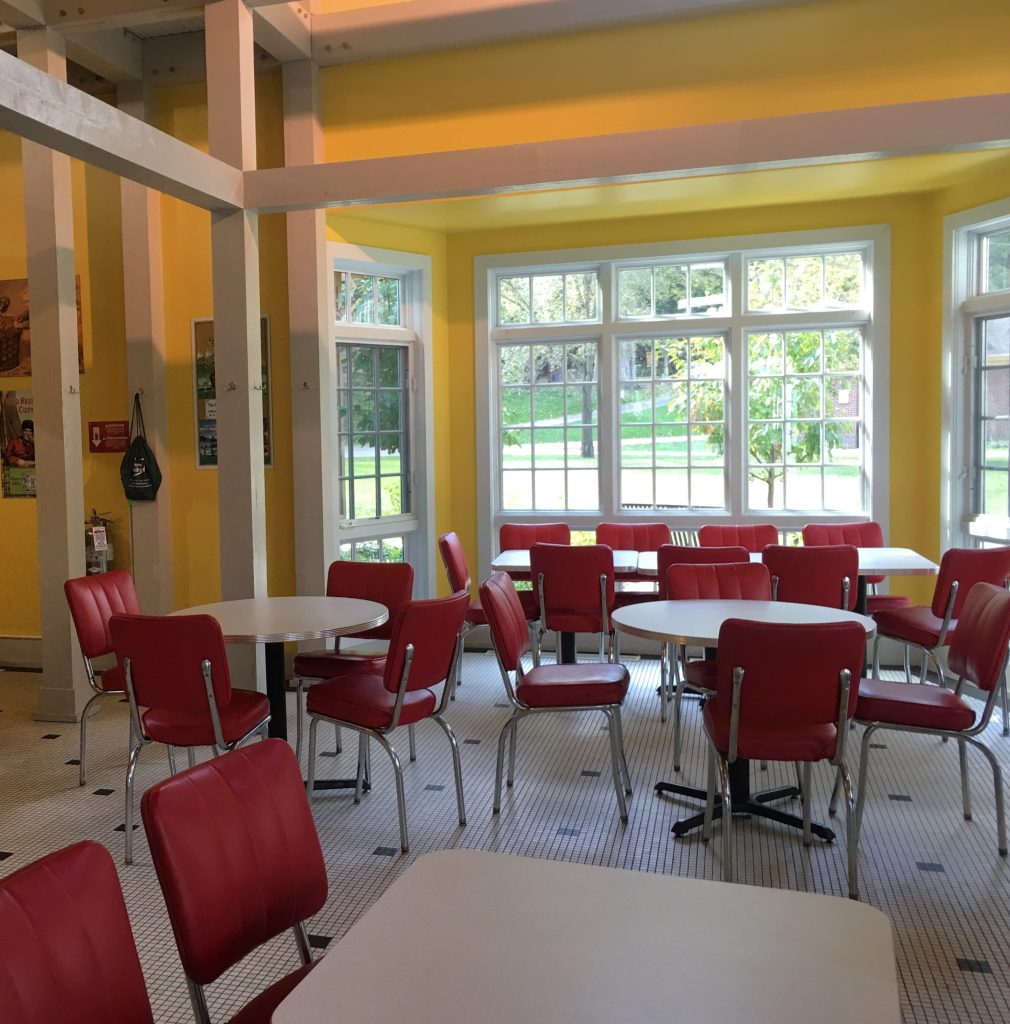
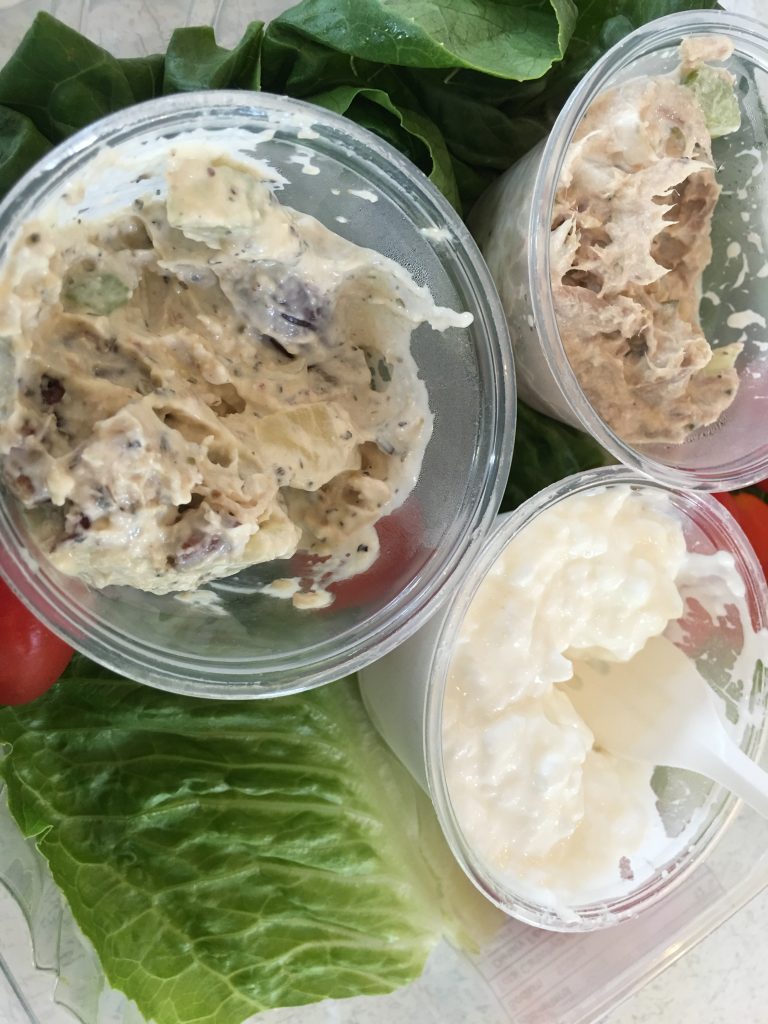
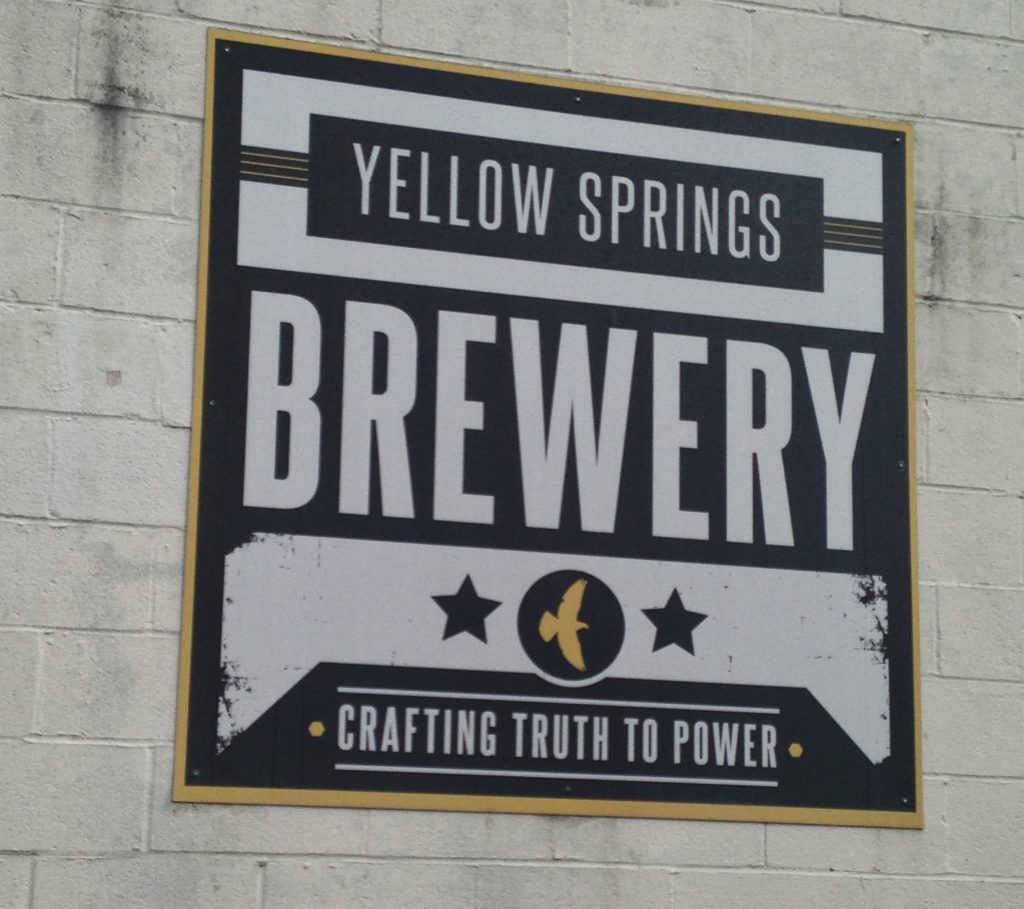
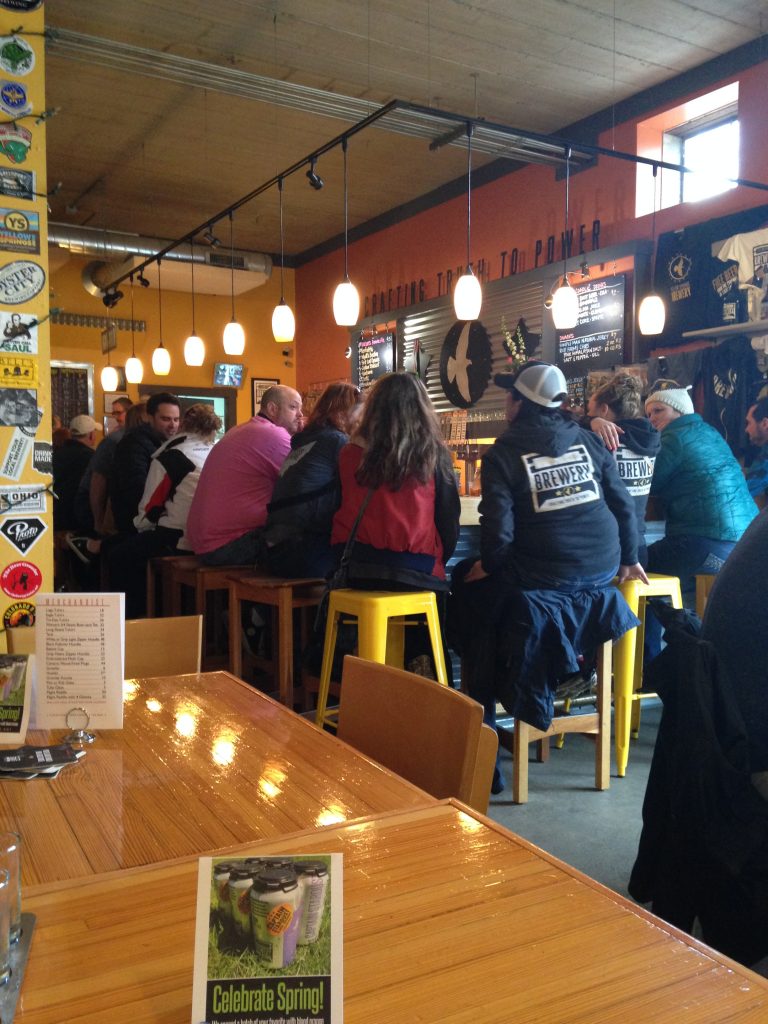
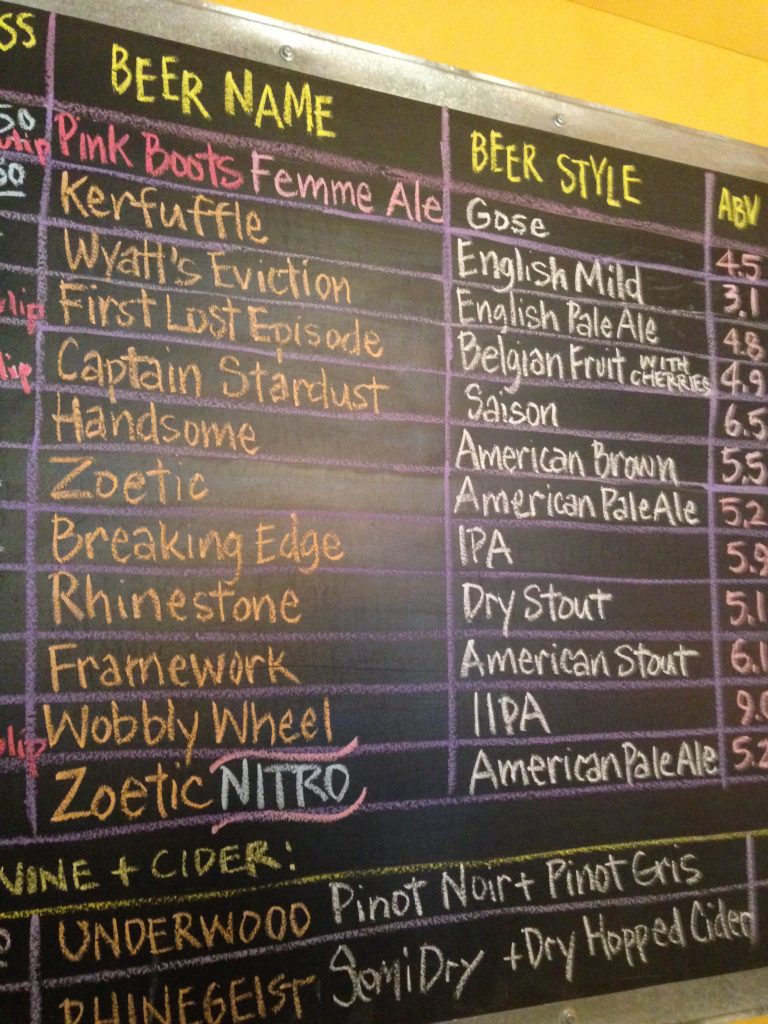
 Without waiting long, our selections arrived on cute little silver paddles and the names of the craft beers were listed on a yellow colored sheet. I was able to reference each of the samples and write my notes on the card. What a great way to remember which ones I really liked to place another order and to rate them for my own reference.
Without waiting long, our selections arrived on cute little silver paddles and the names of the craft beers were listed on a yellow colored sheet. I was able to reference each of the samples and write my notes on the card. What a great way to remember which ones I really liked to place another order and to rate them for my own reference.